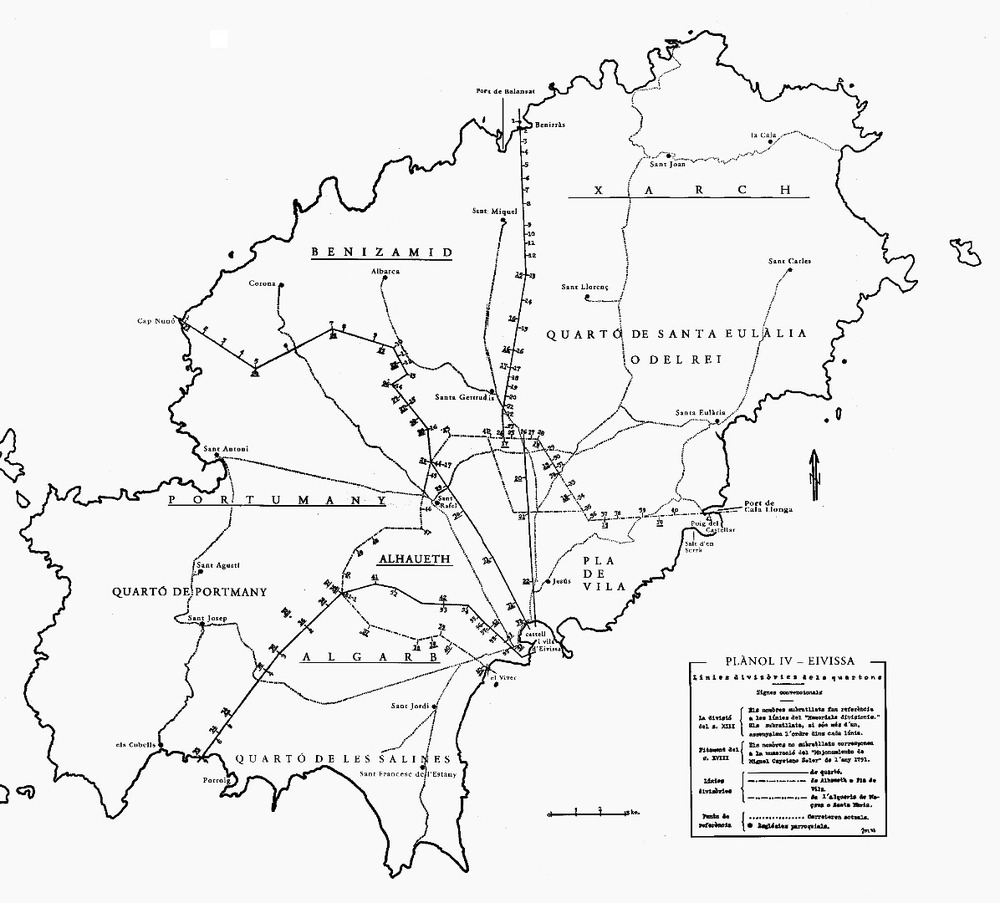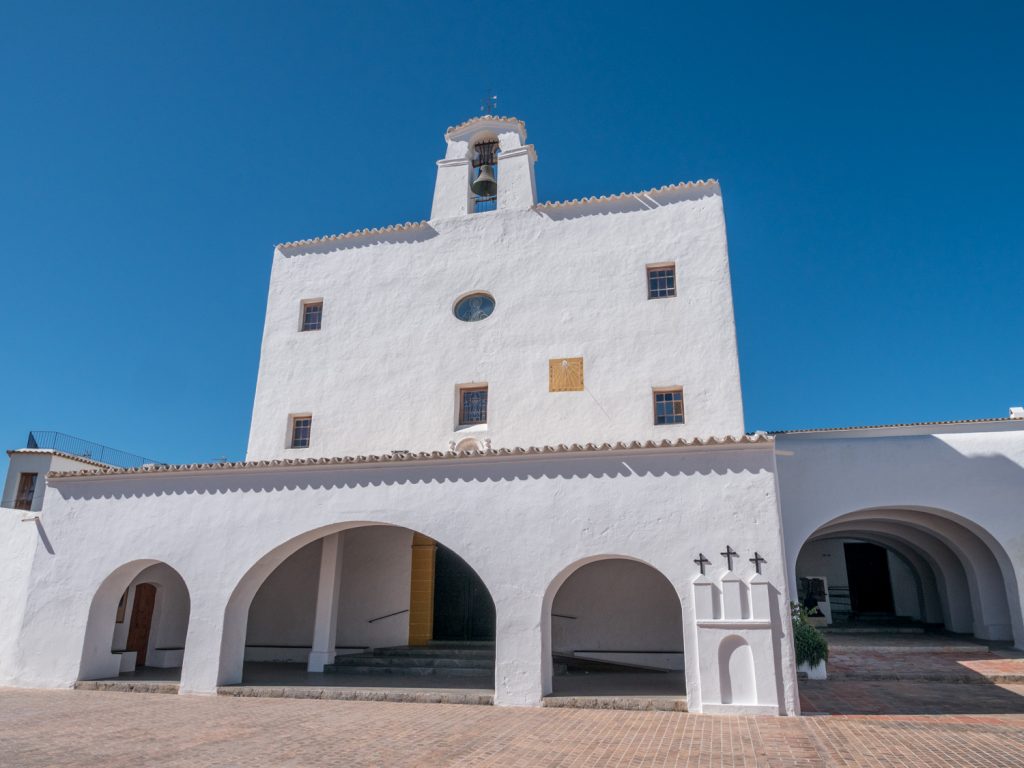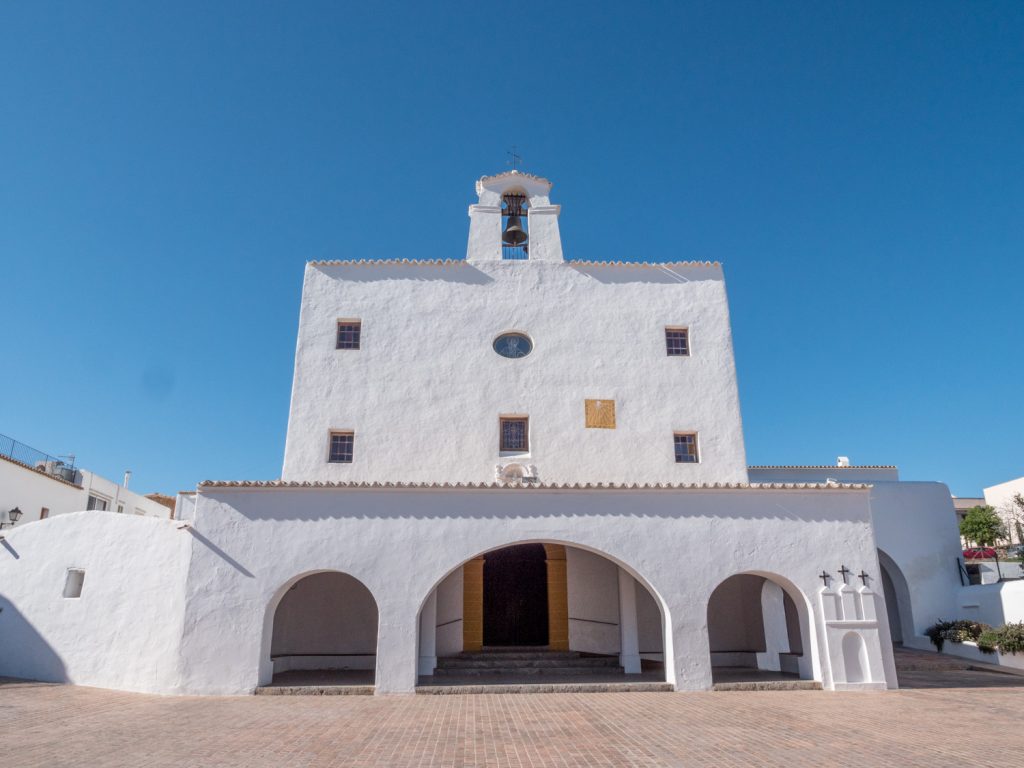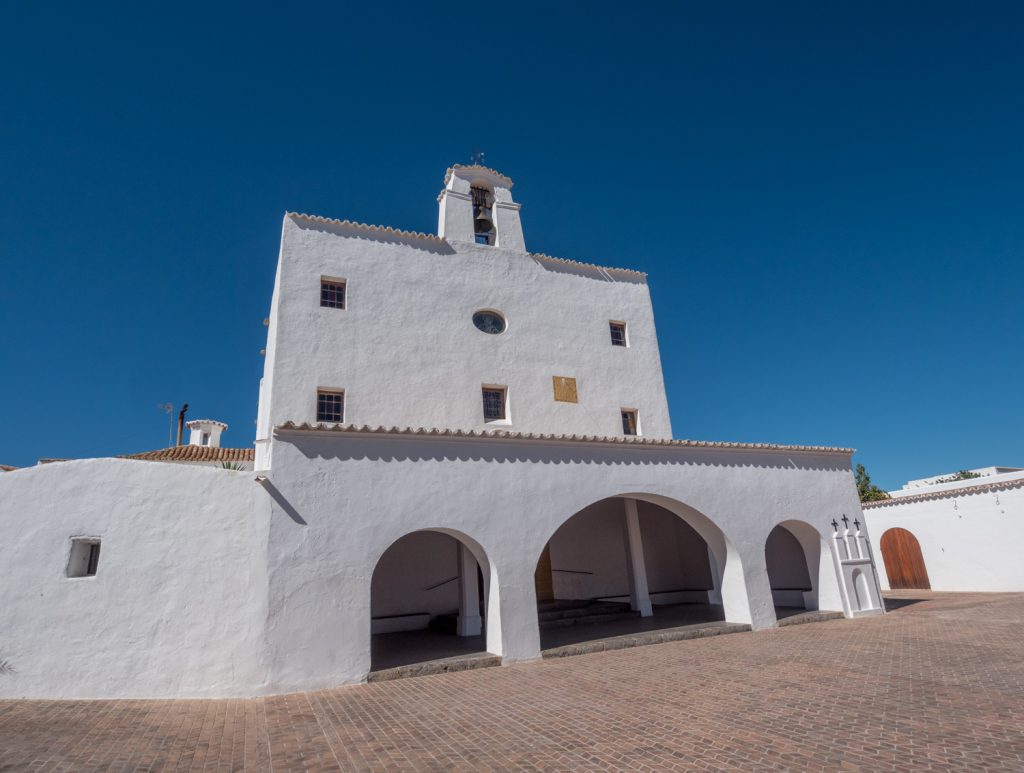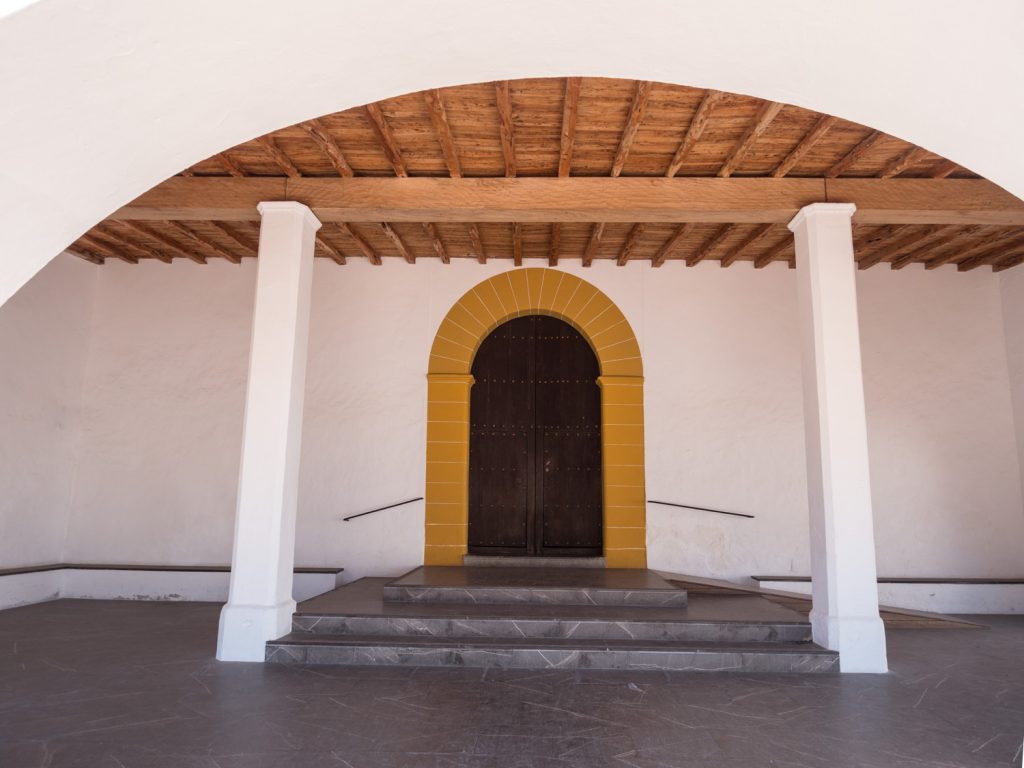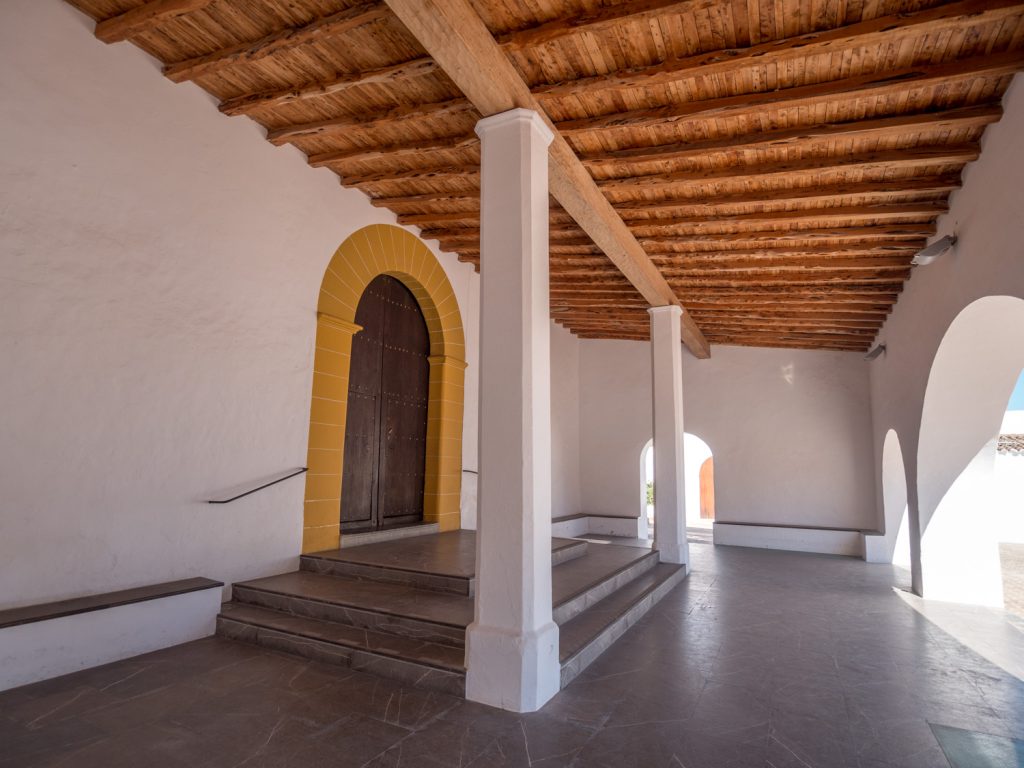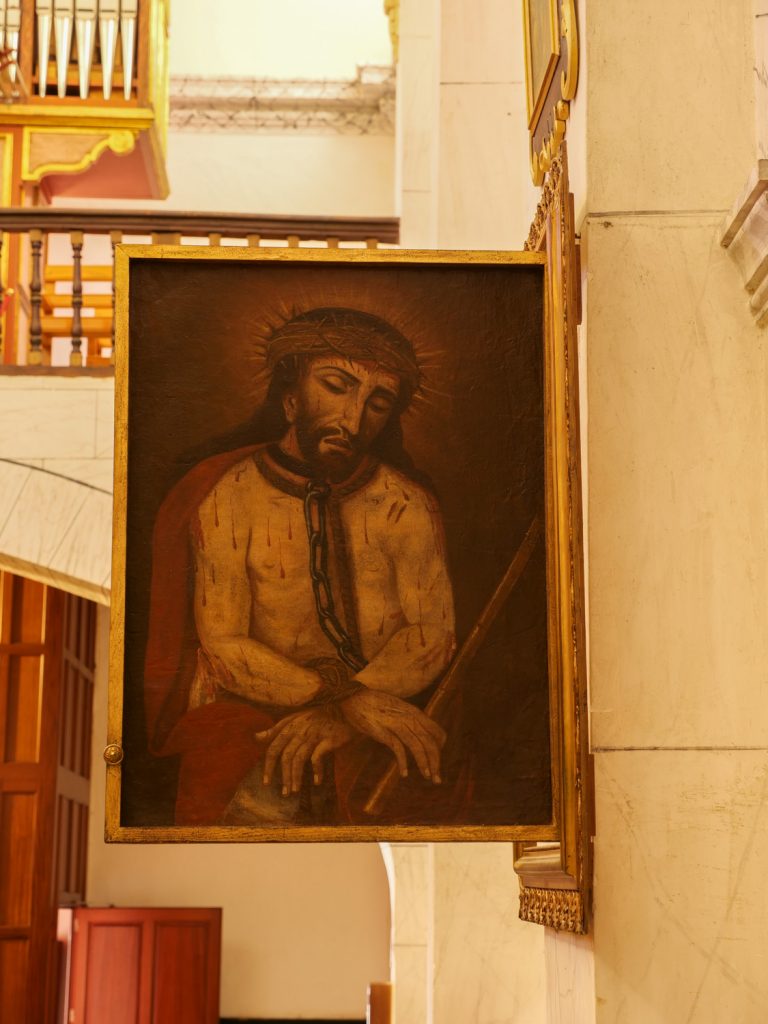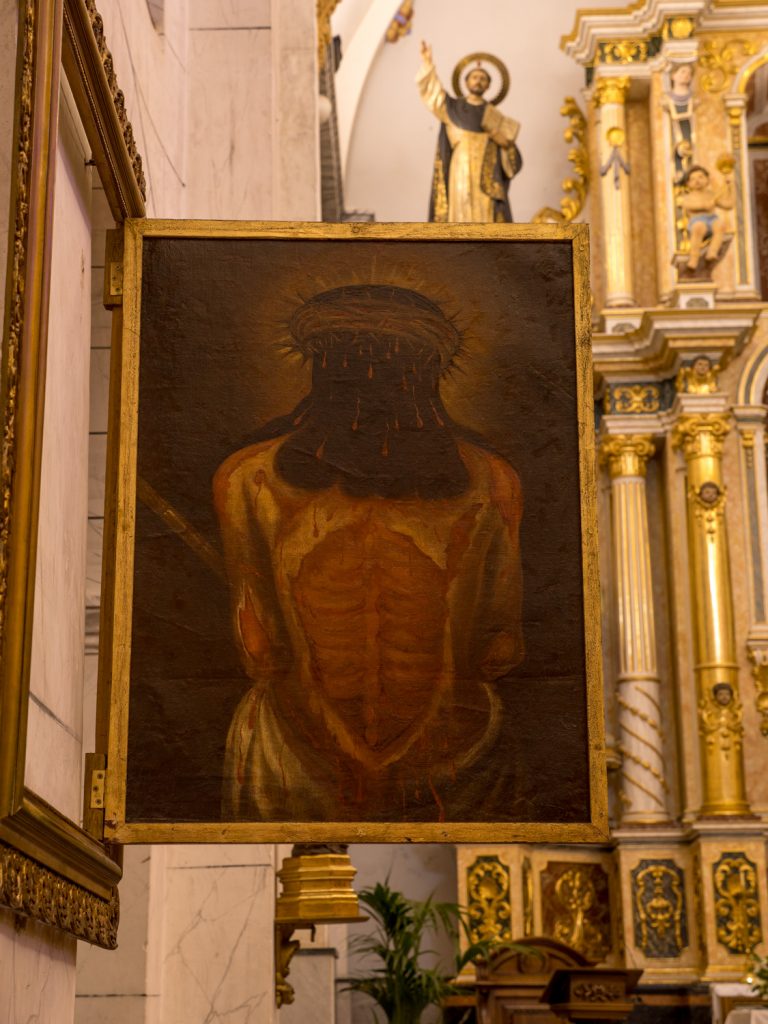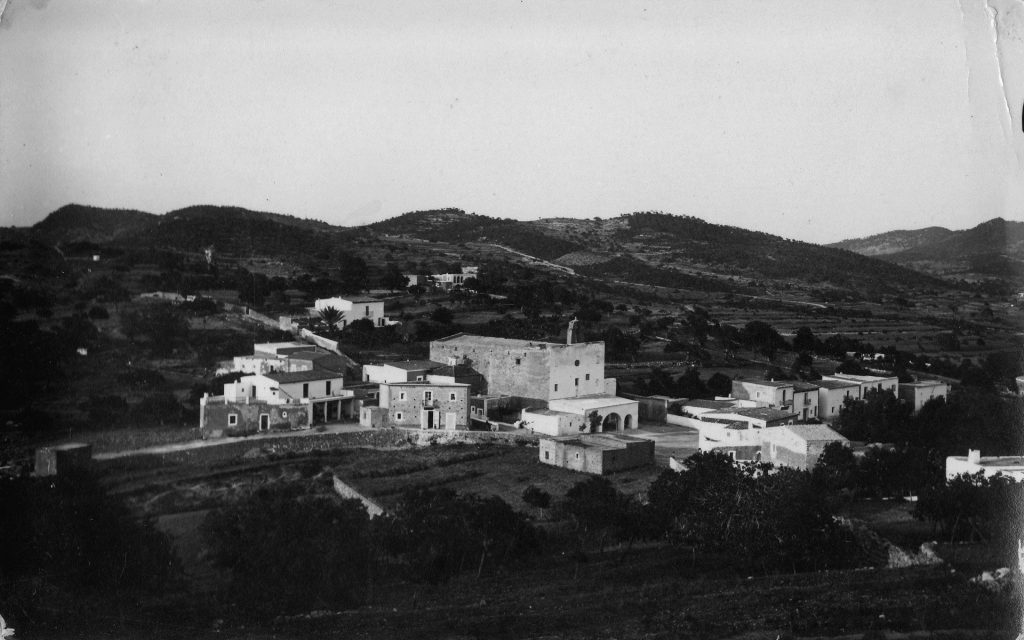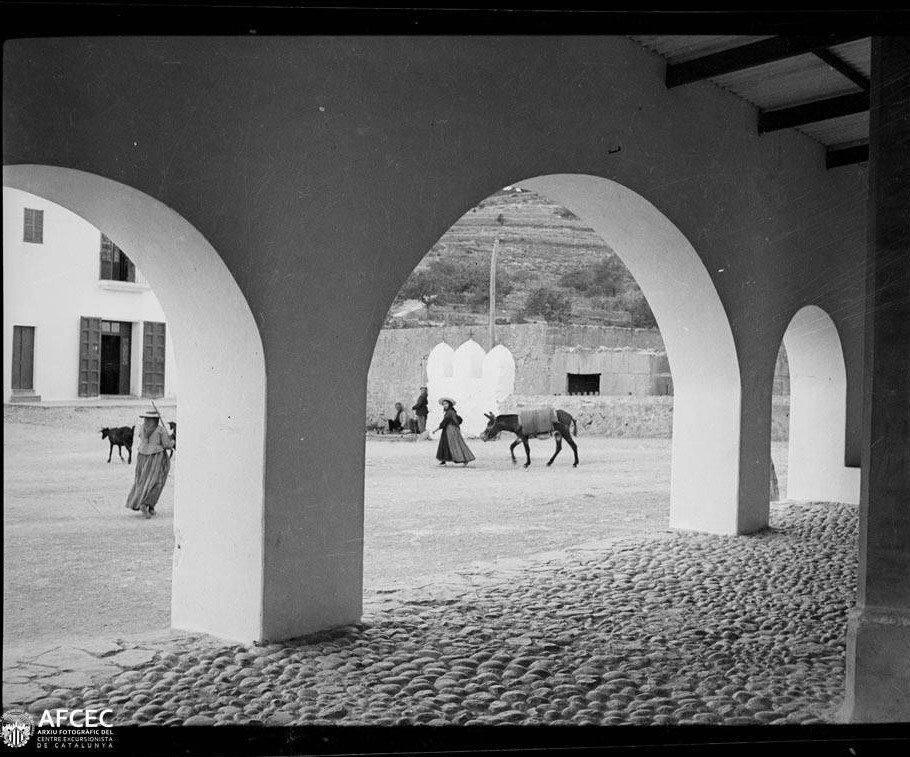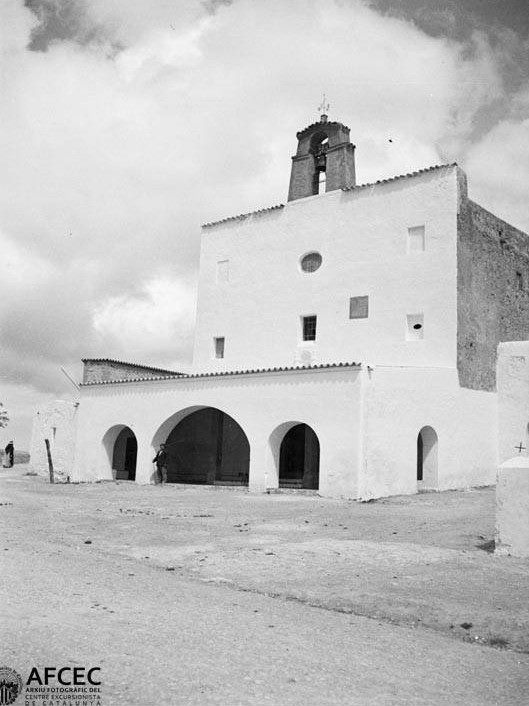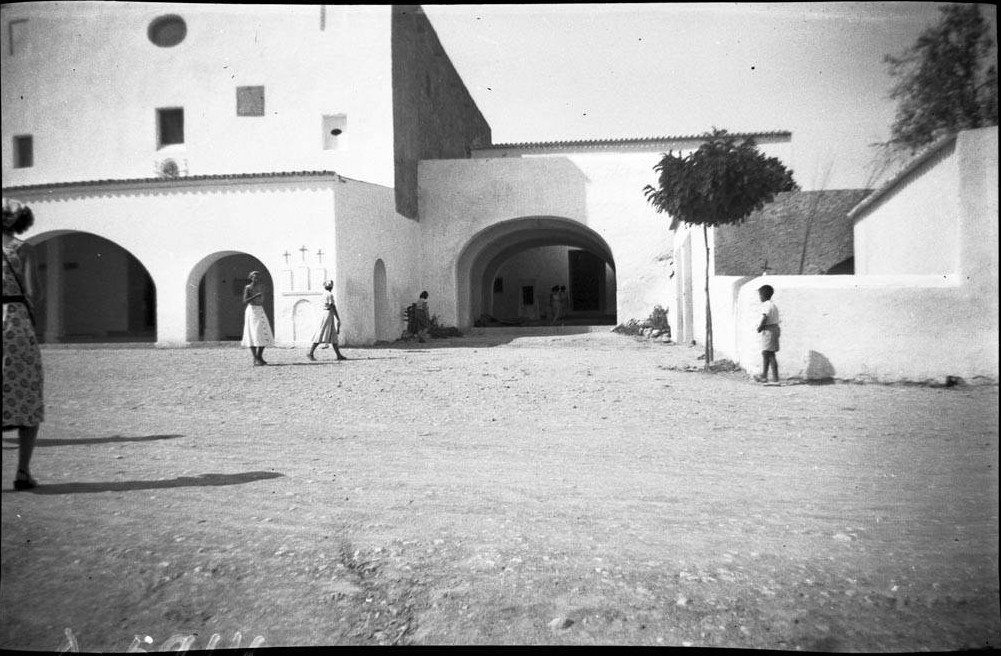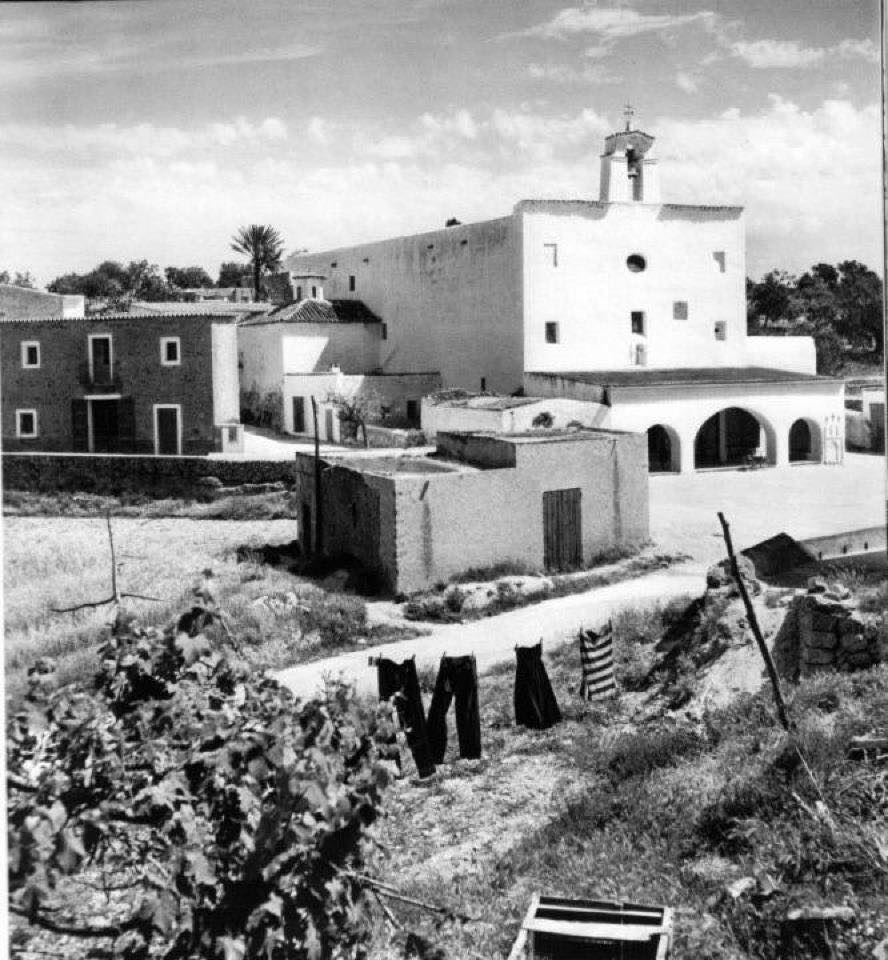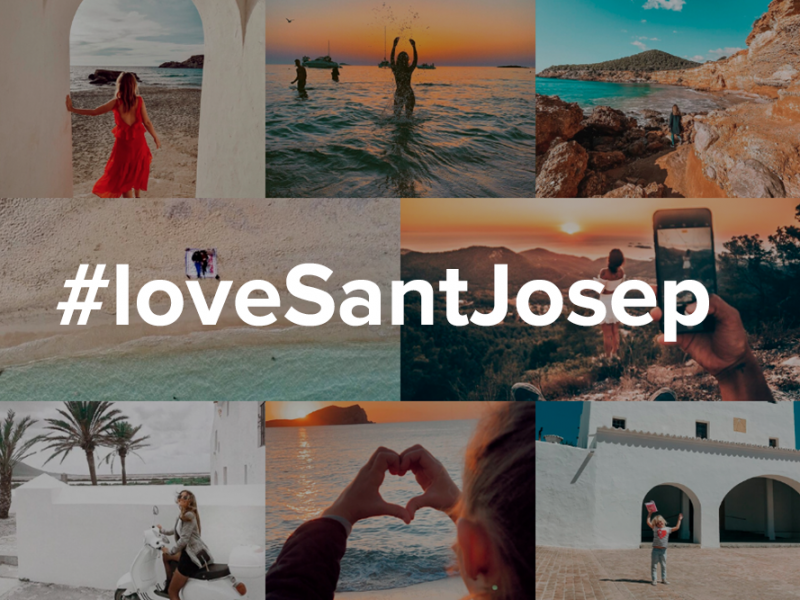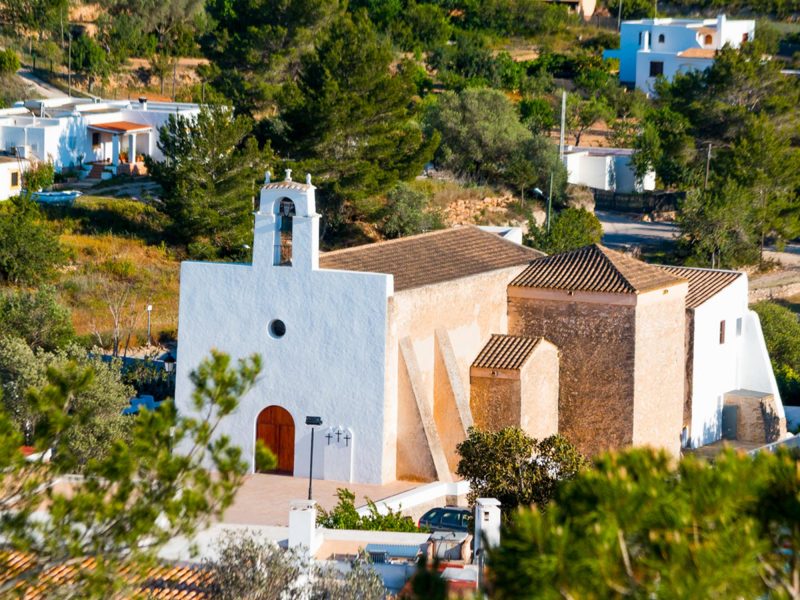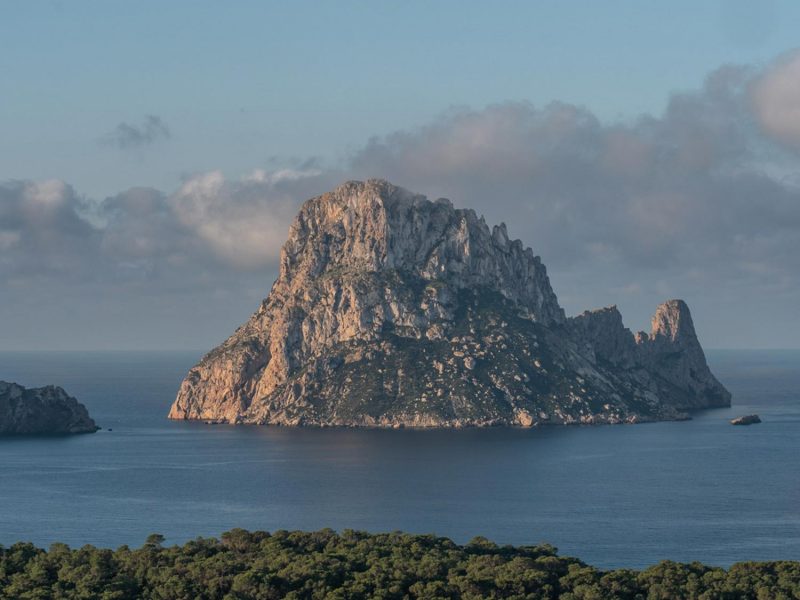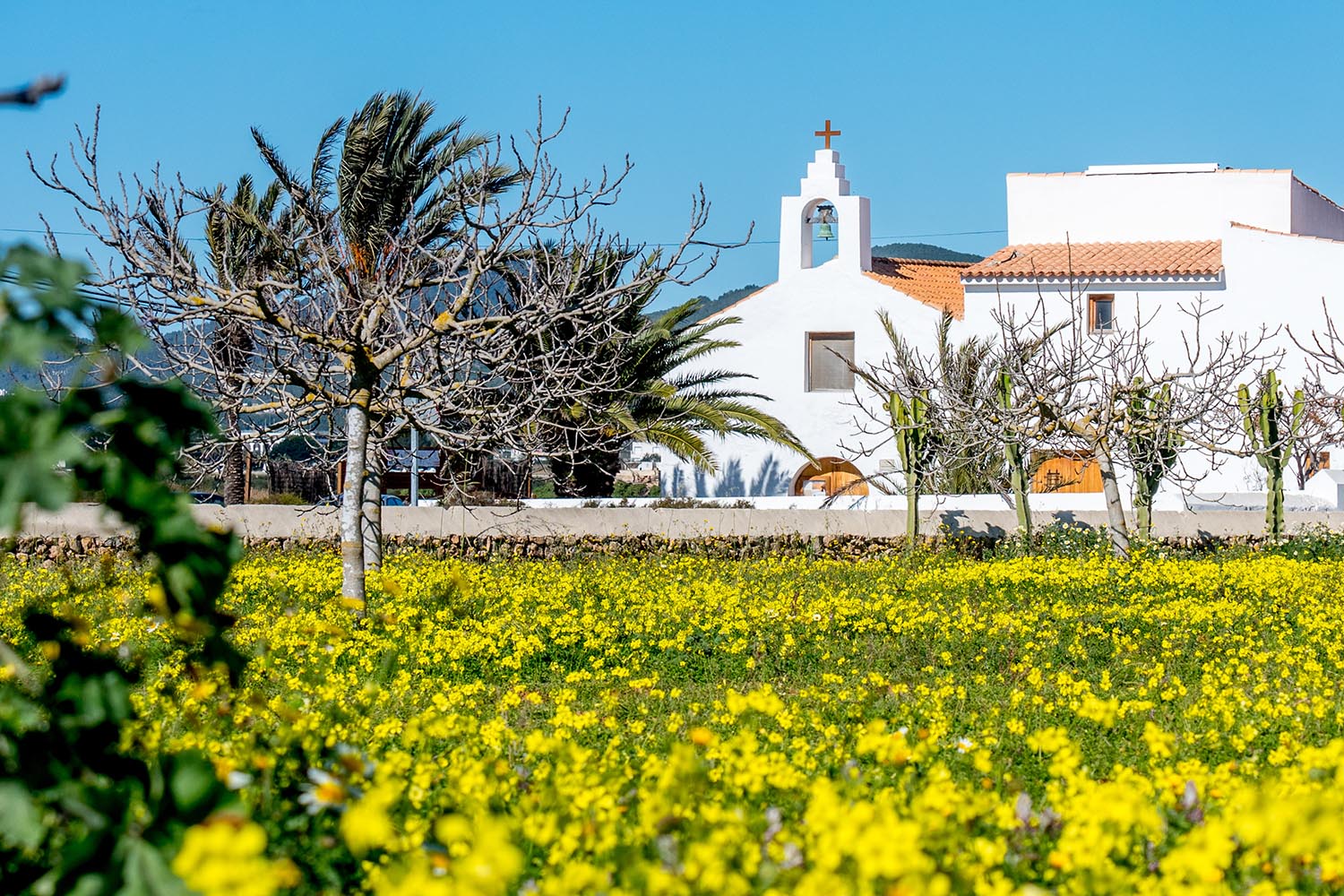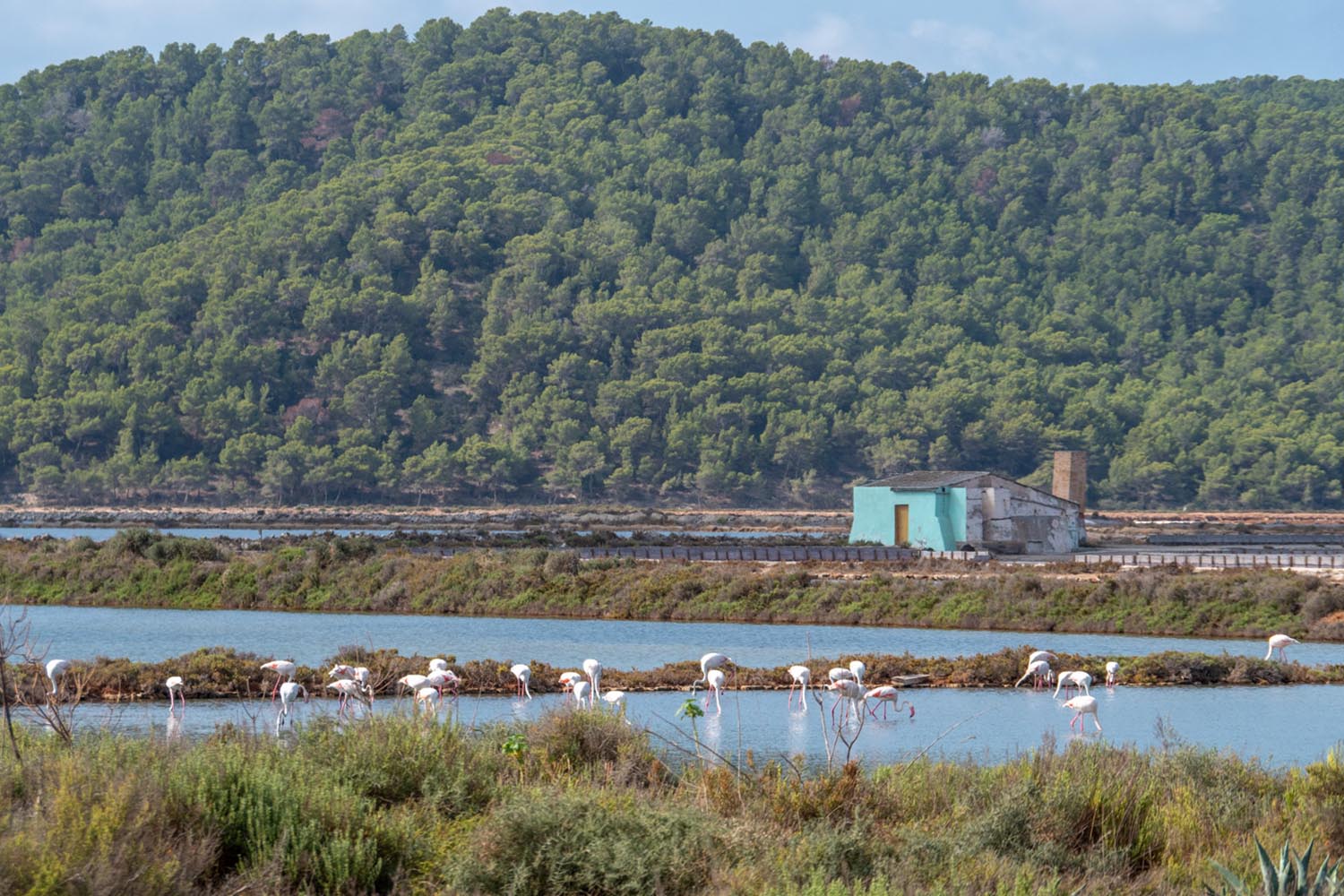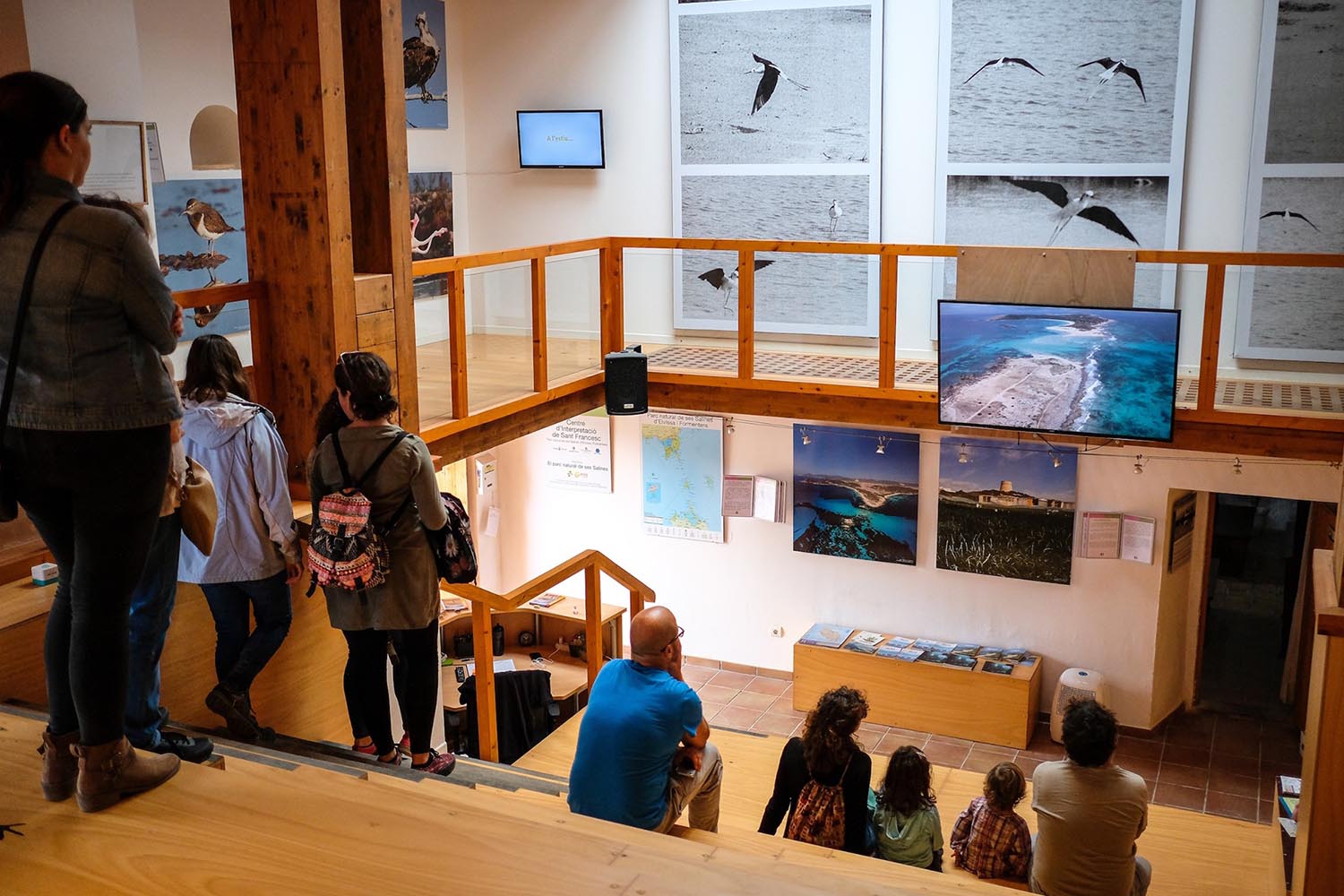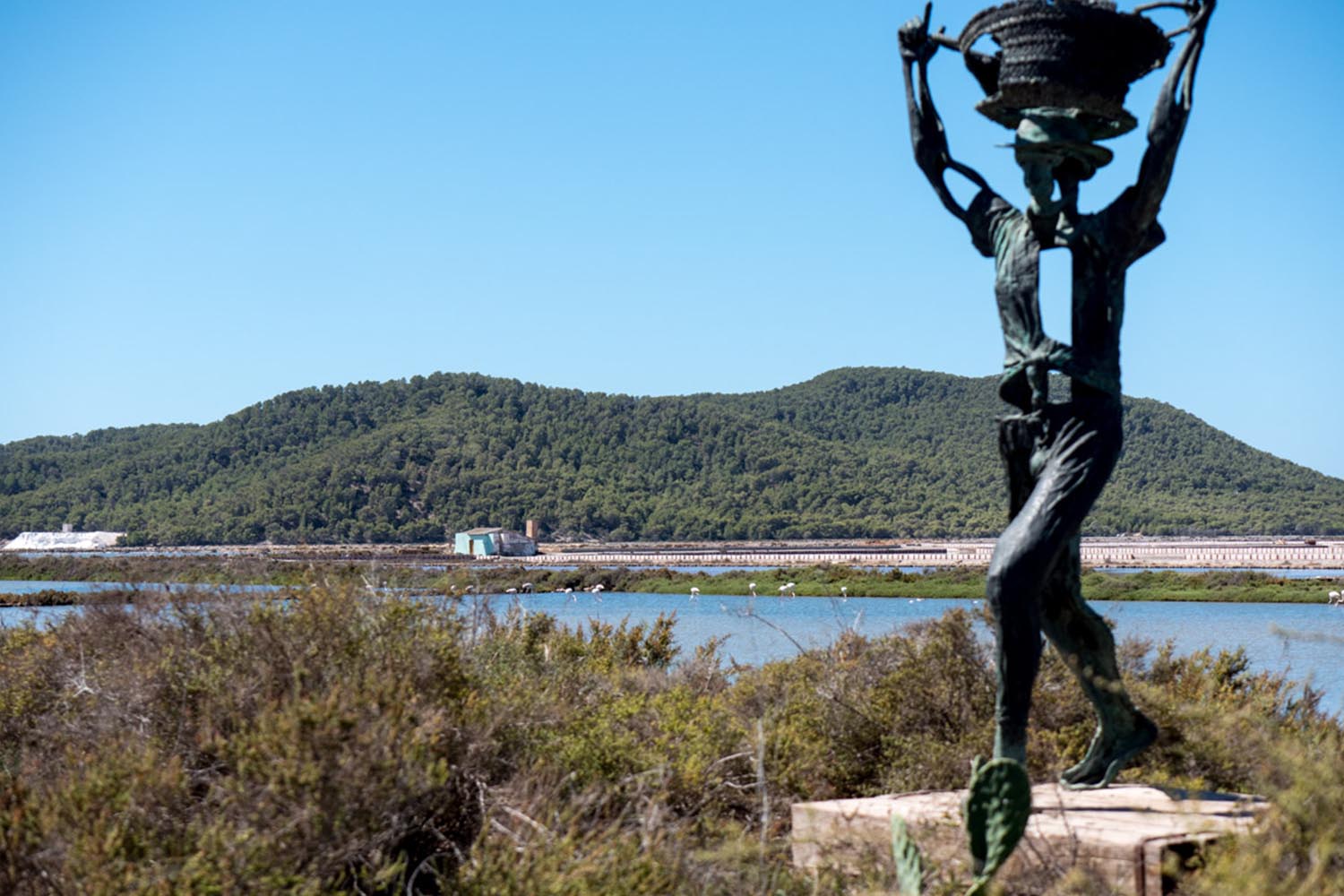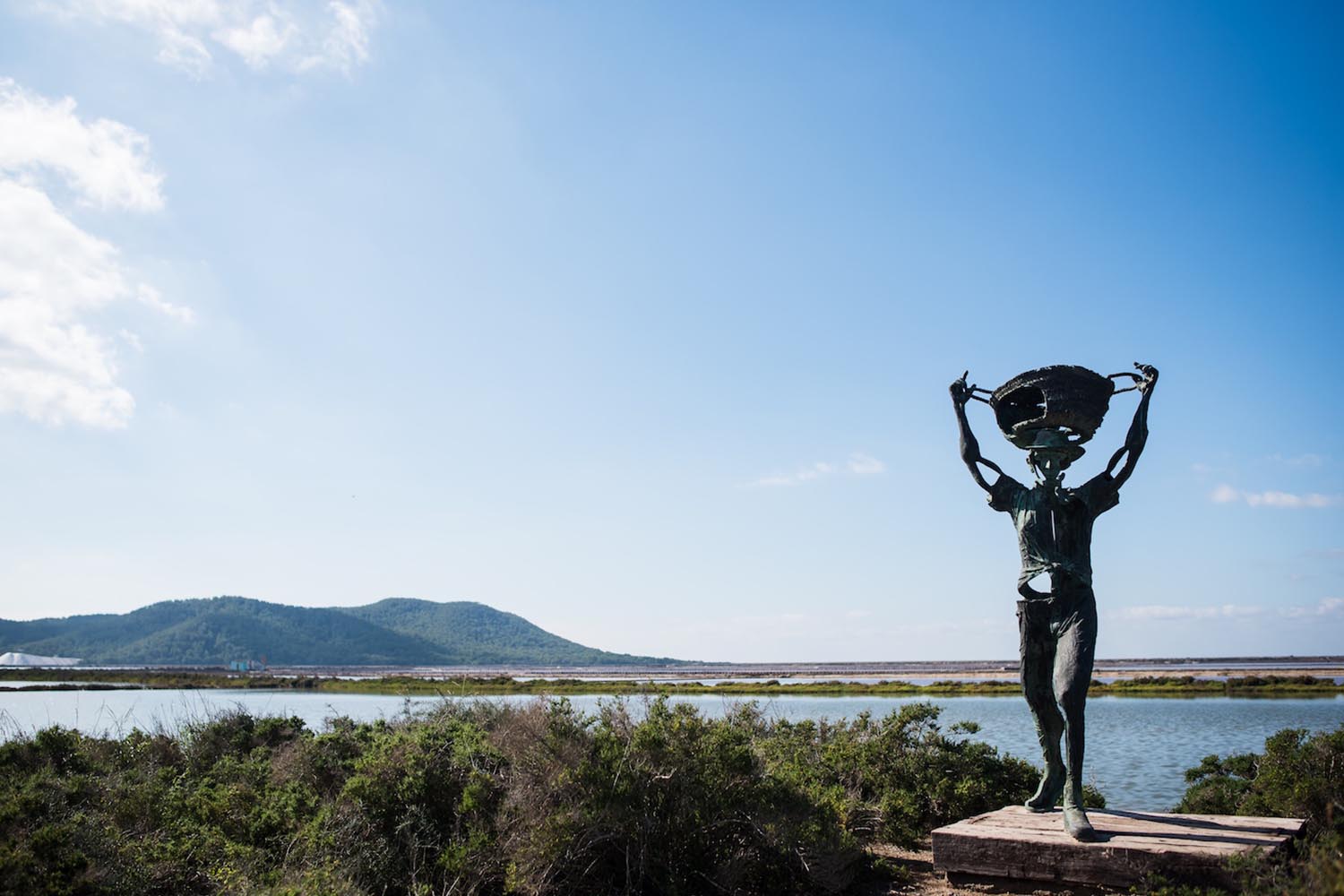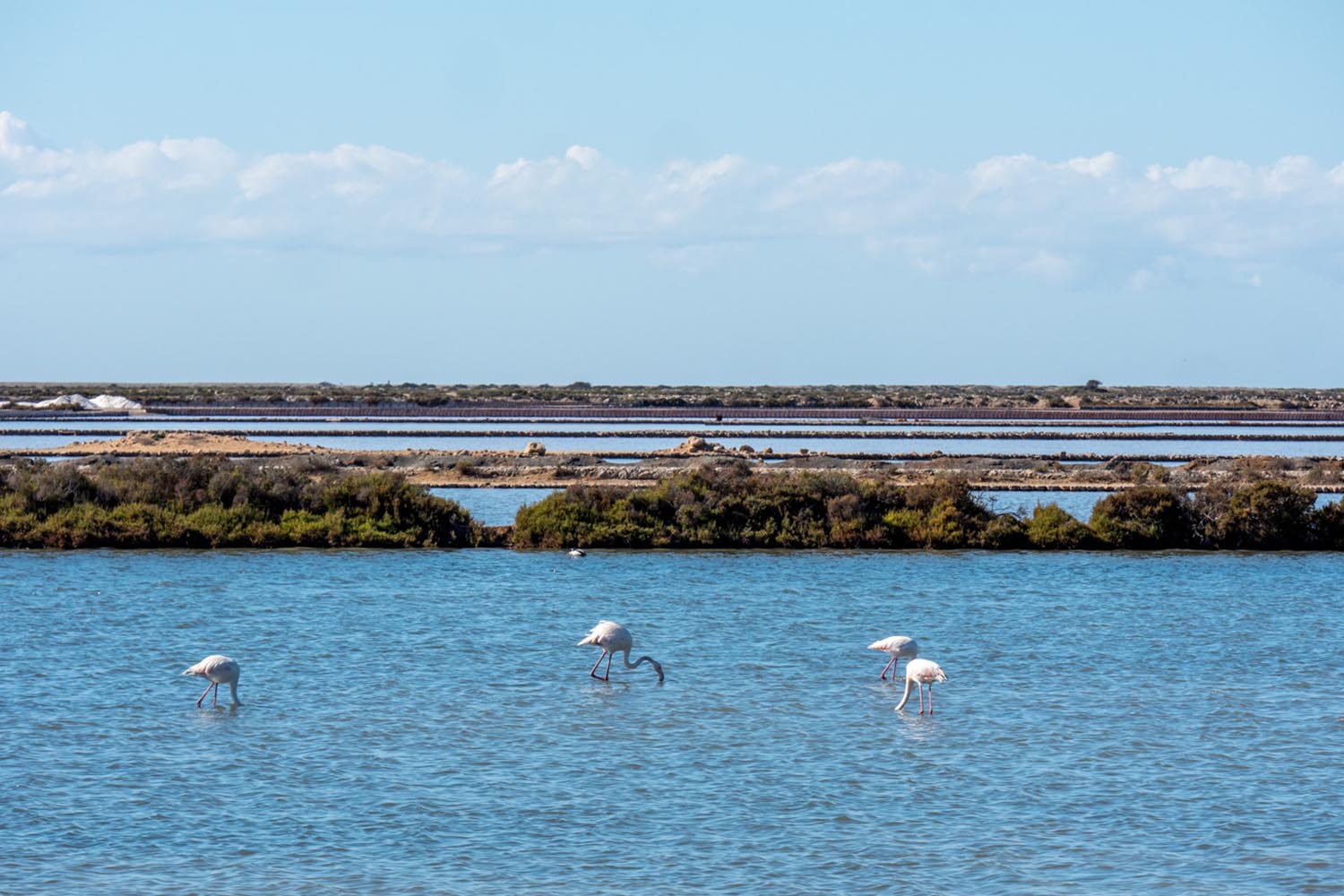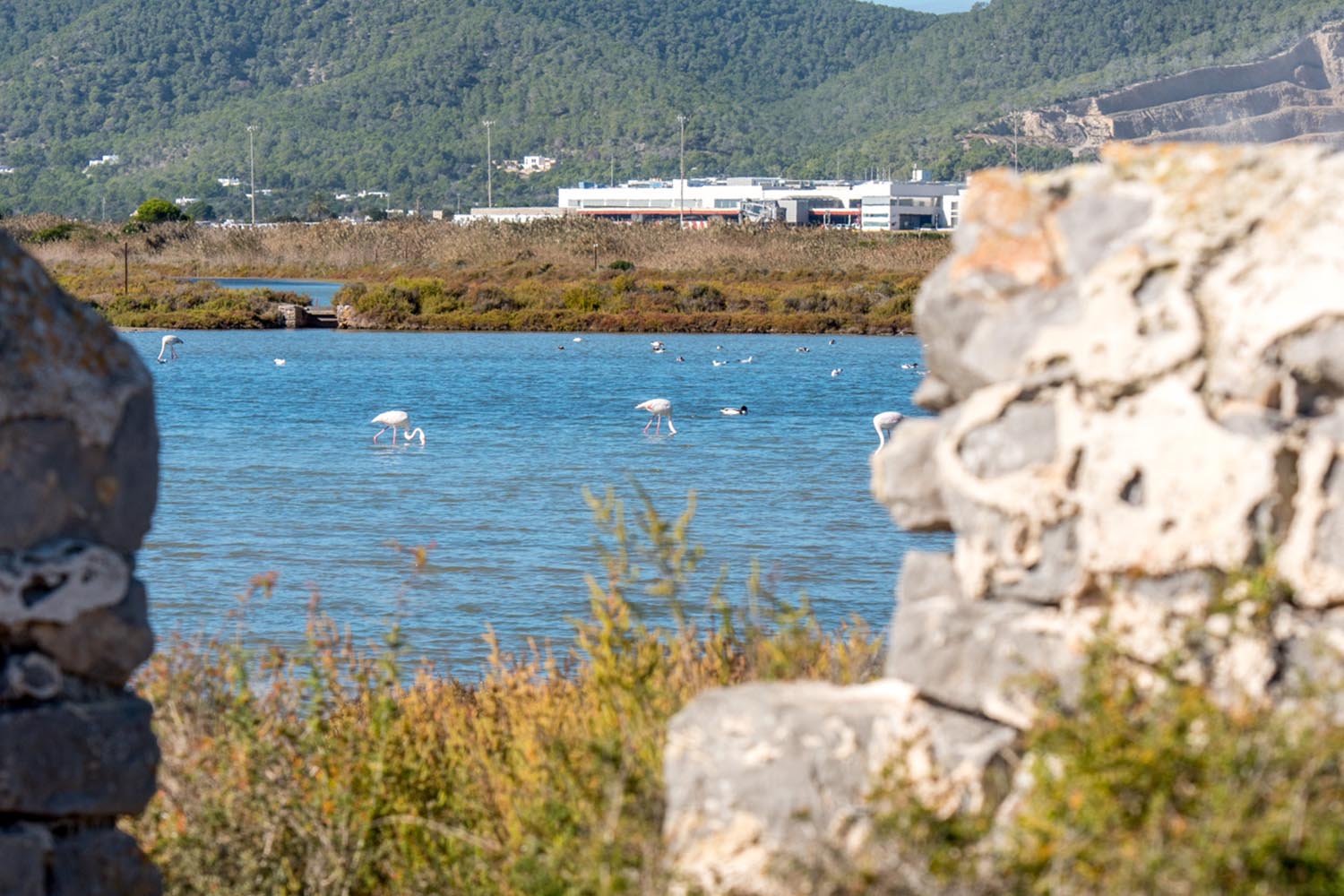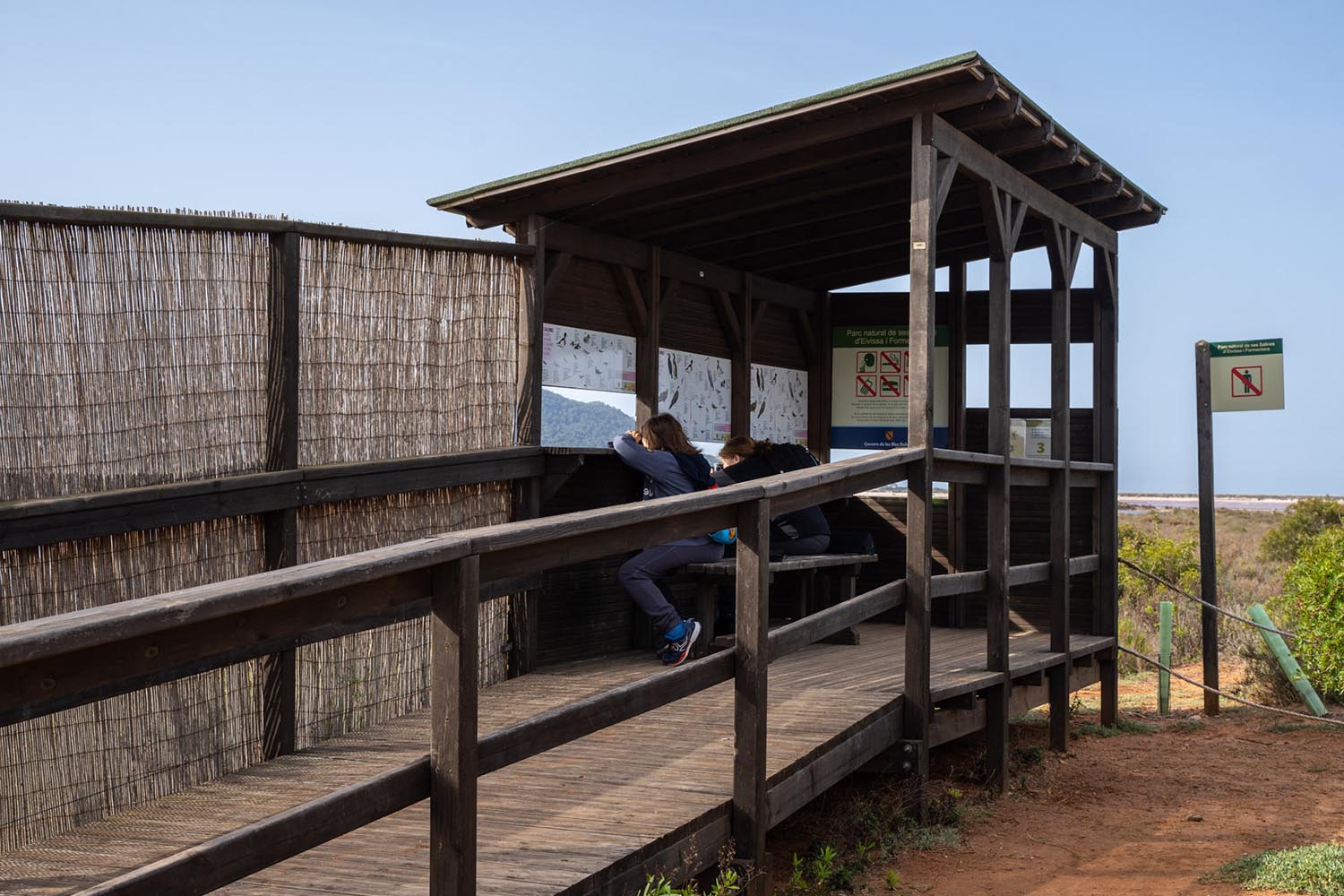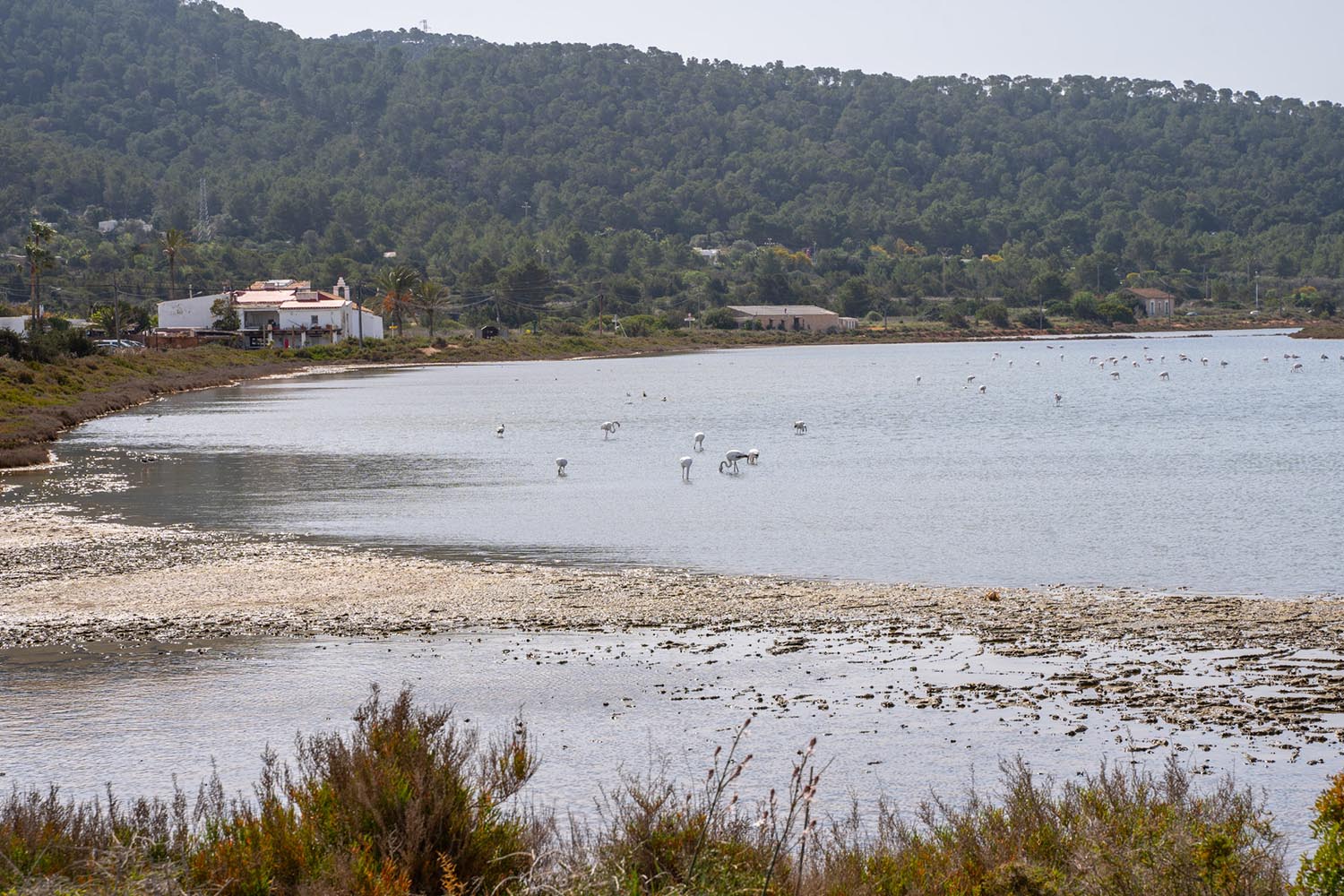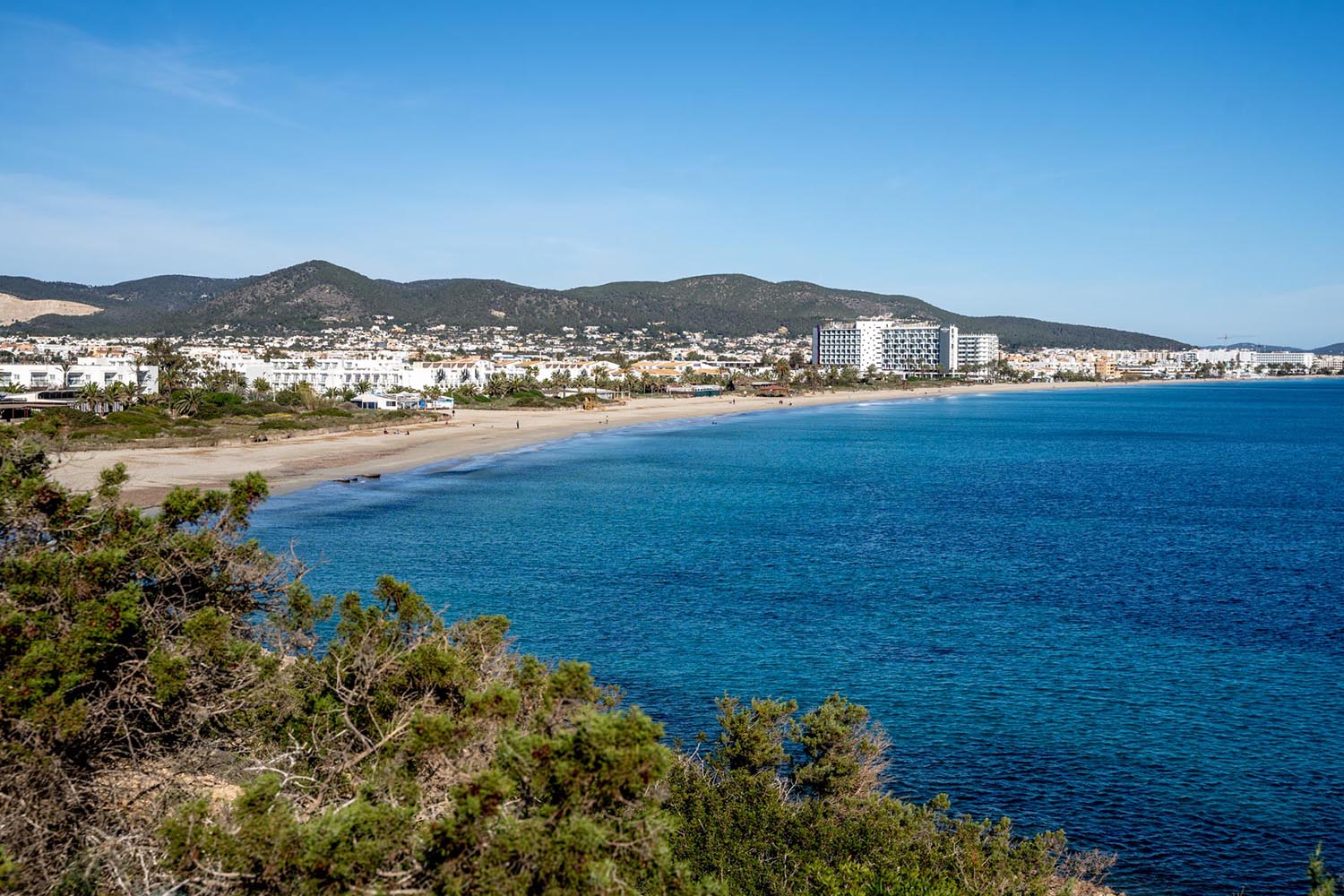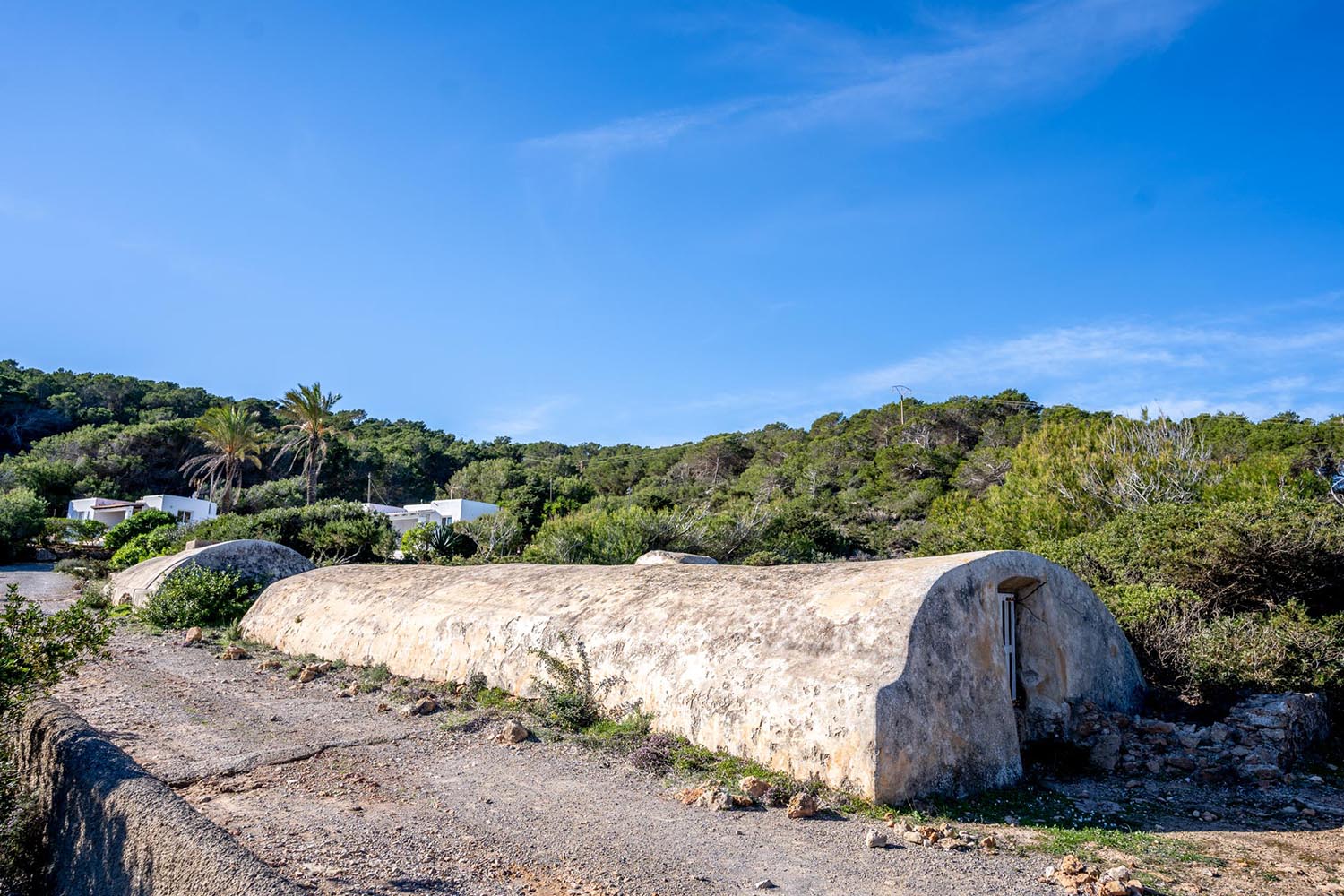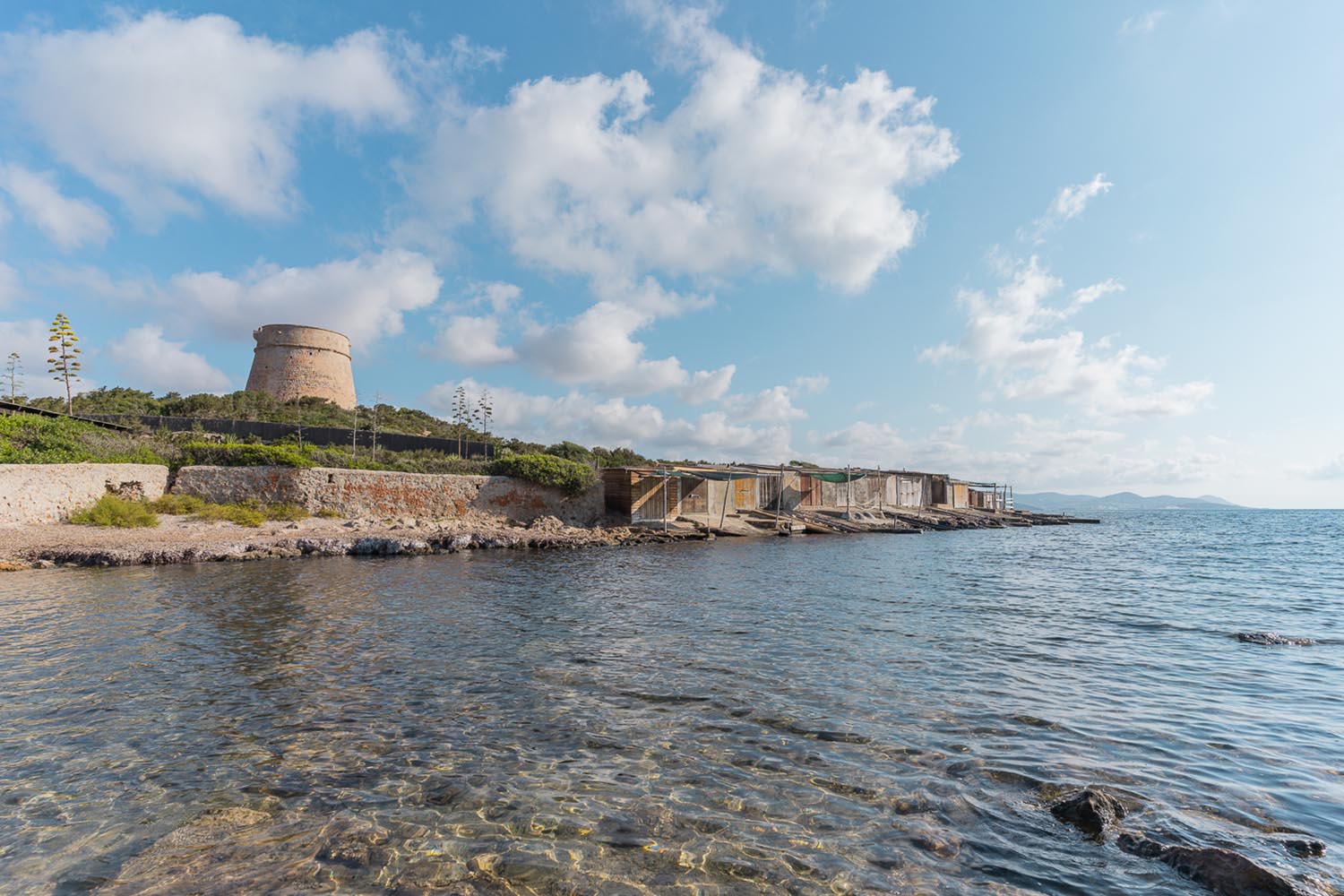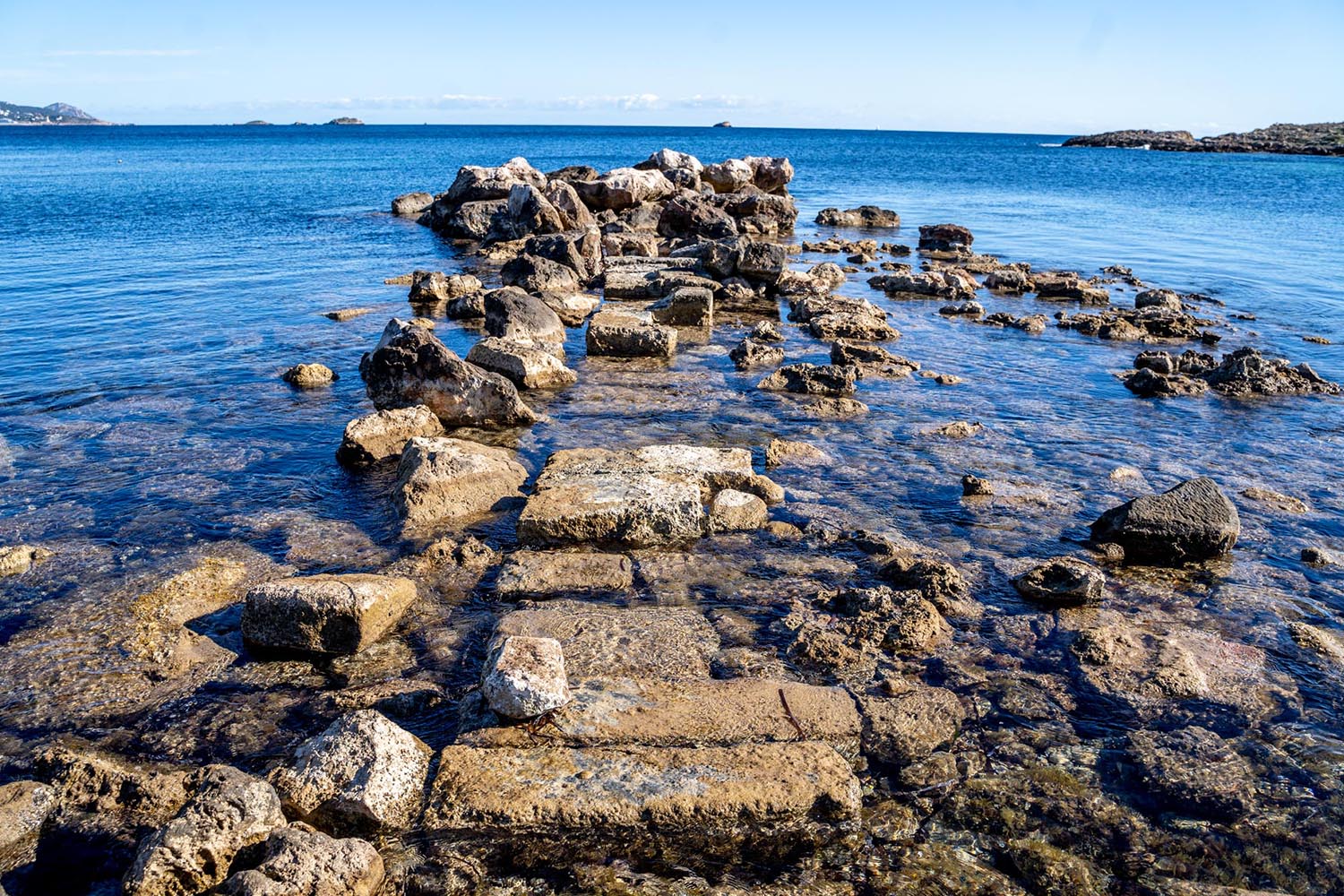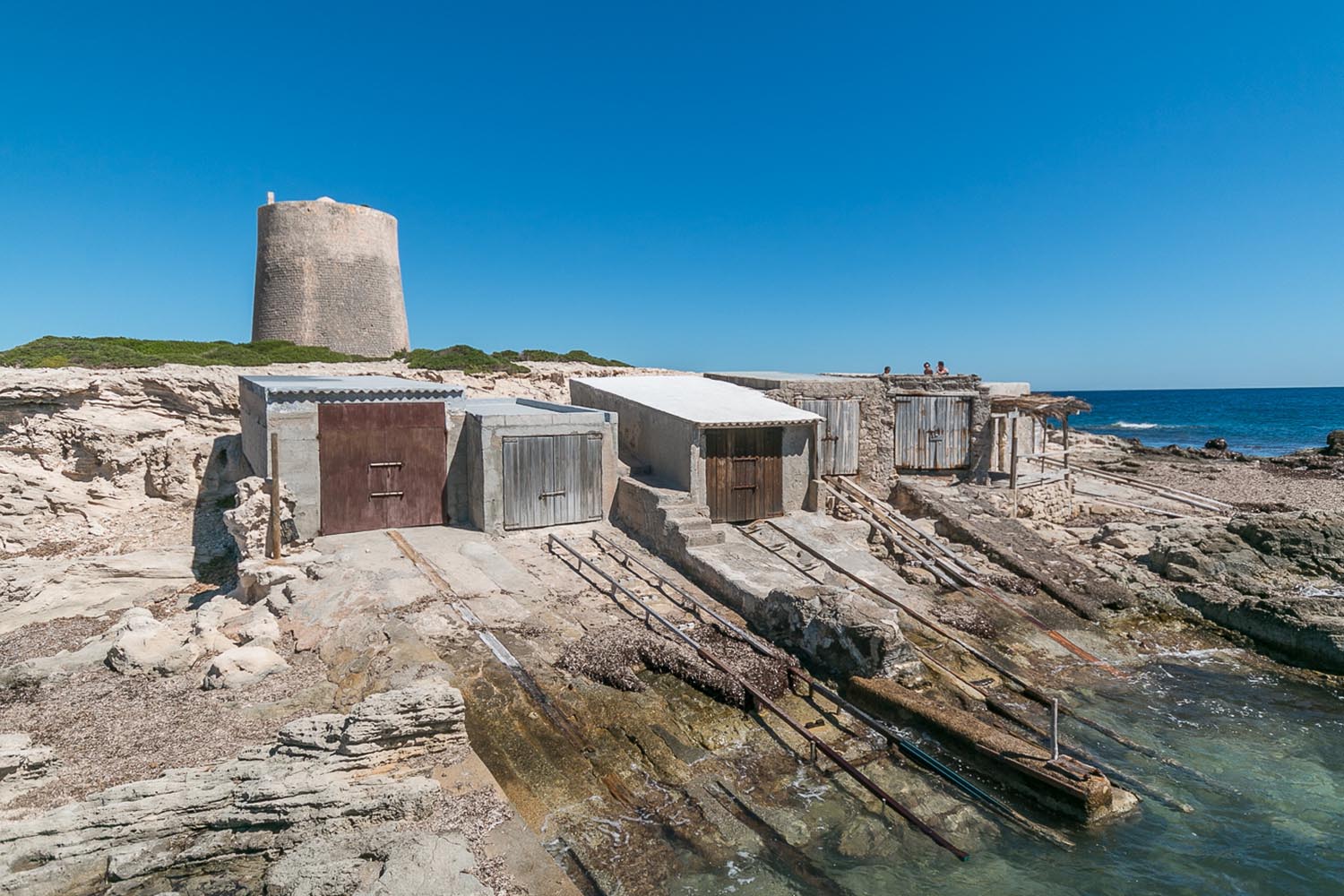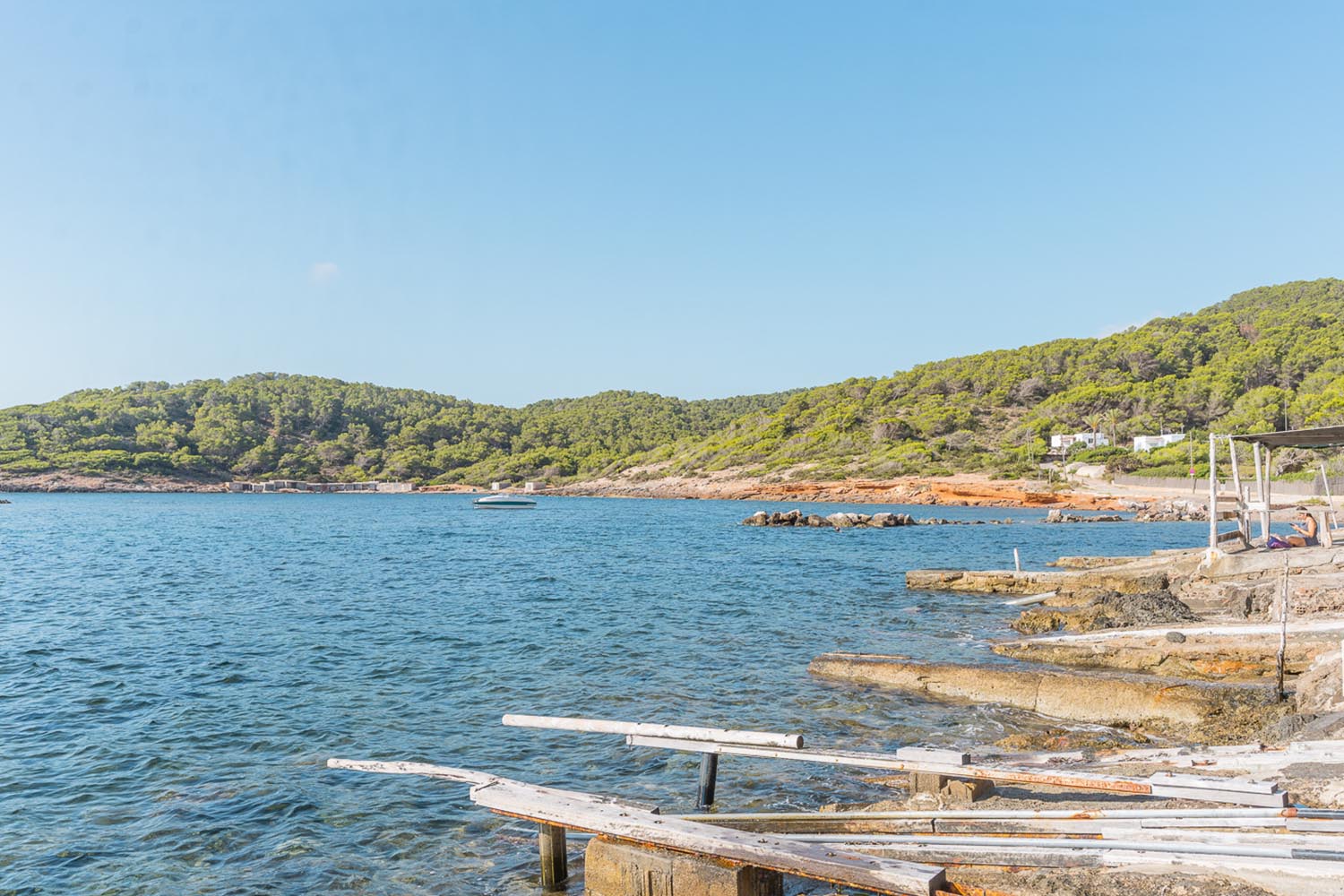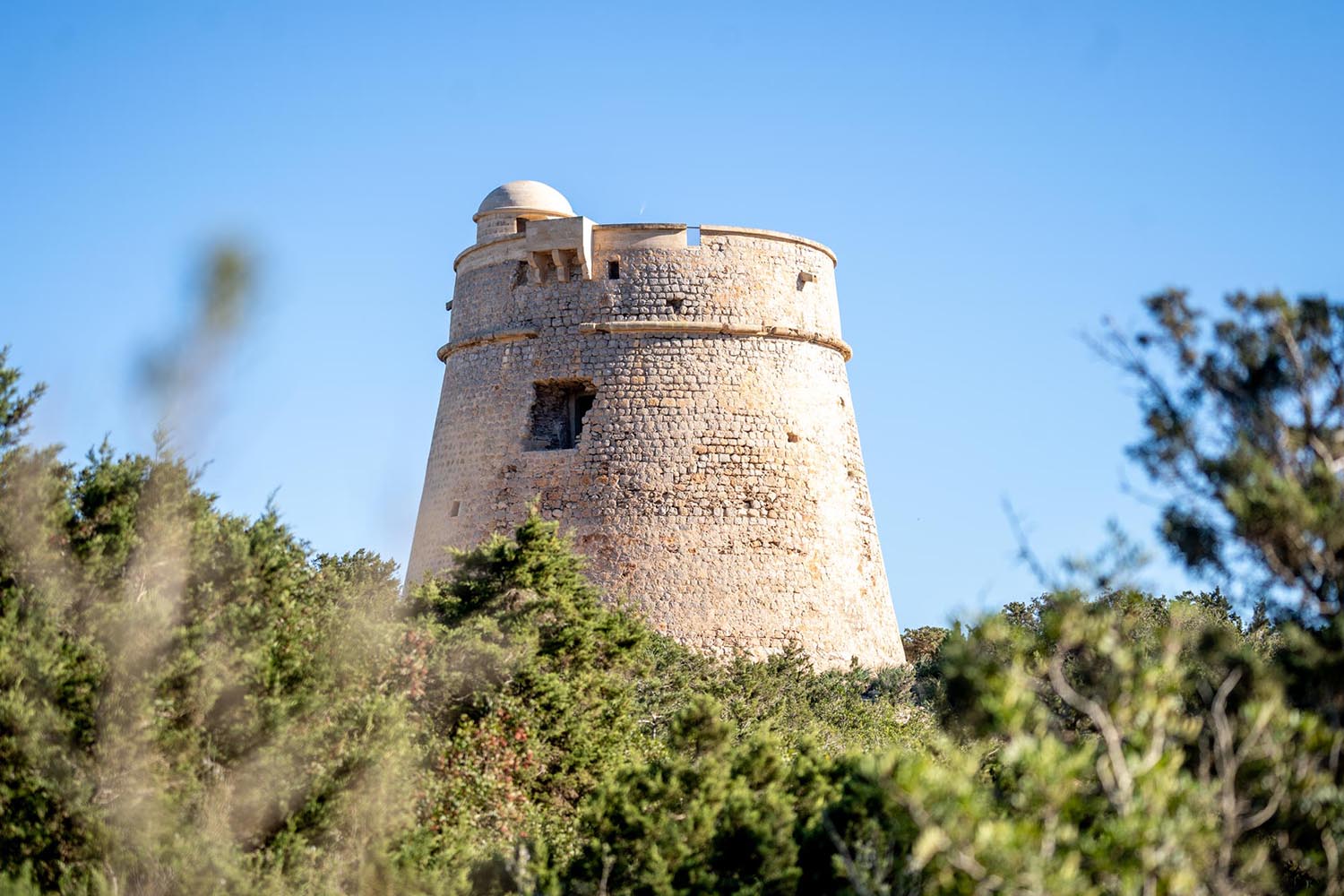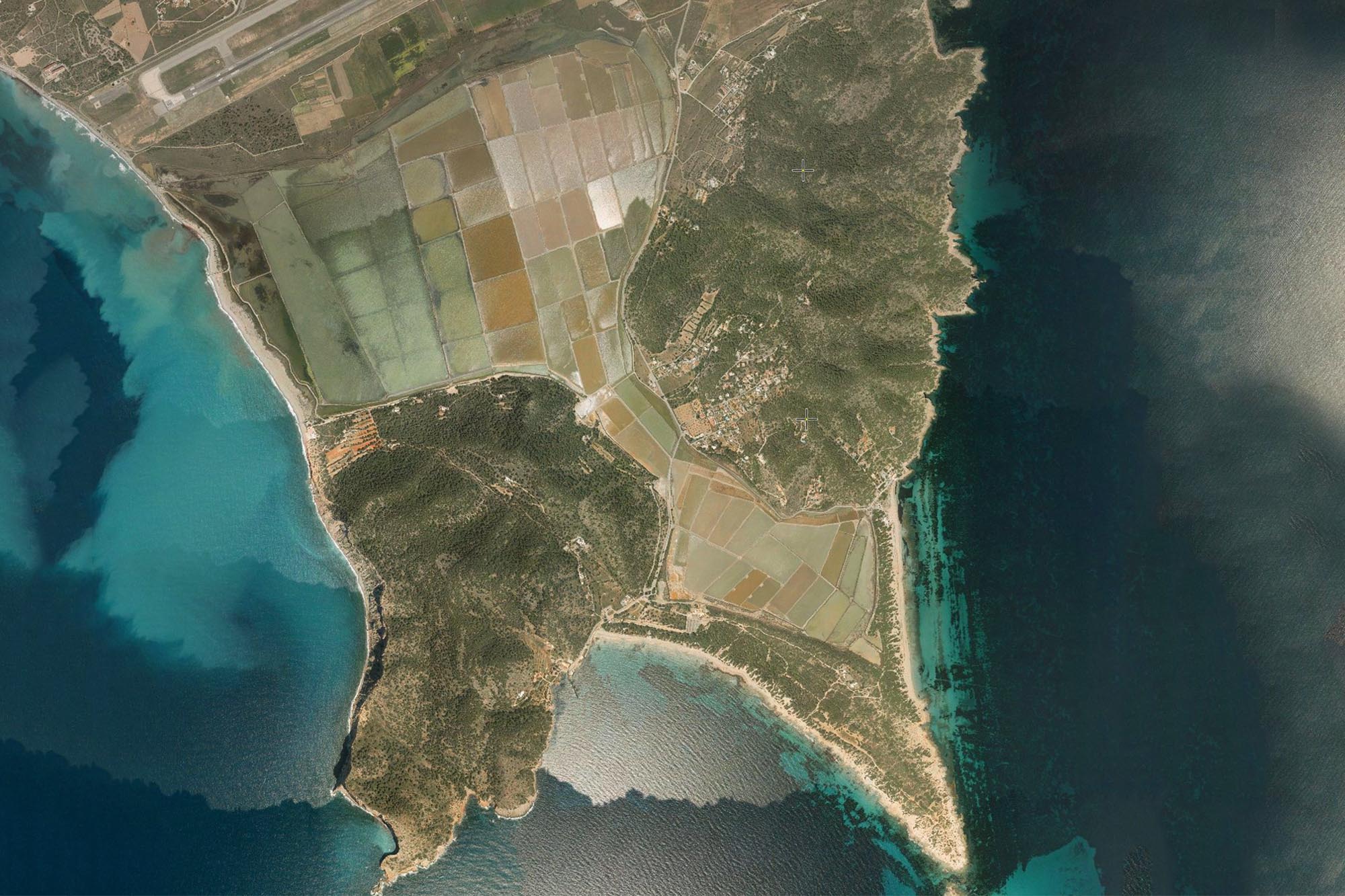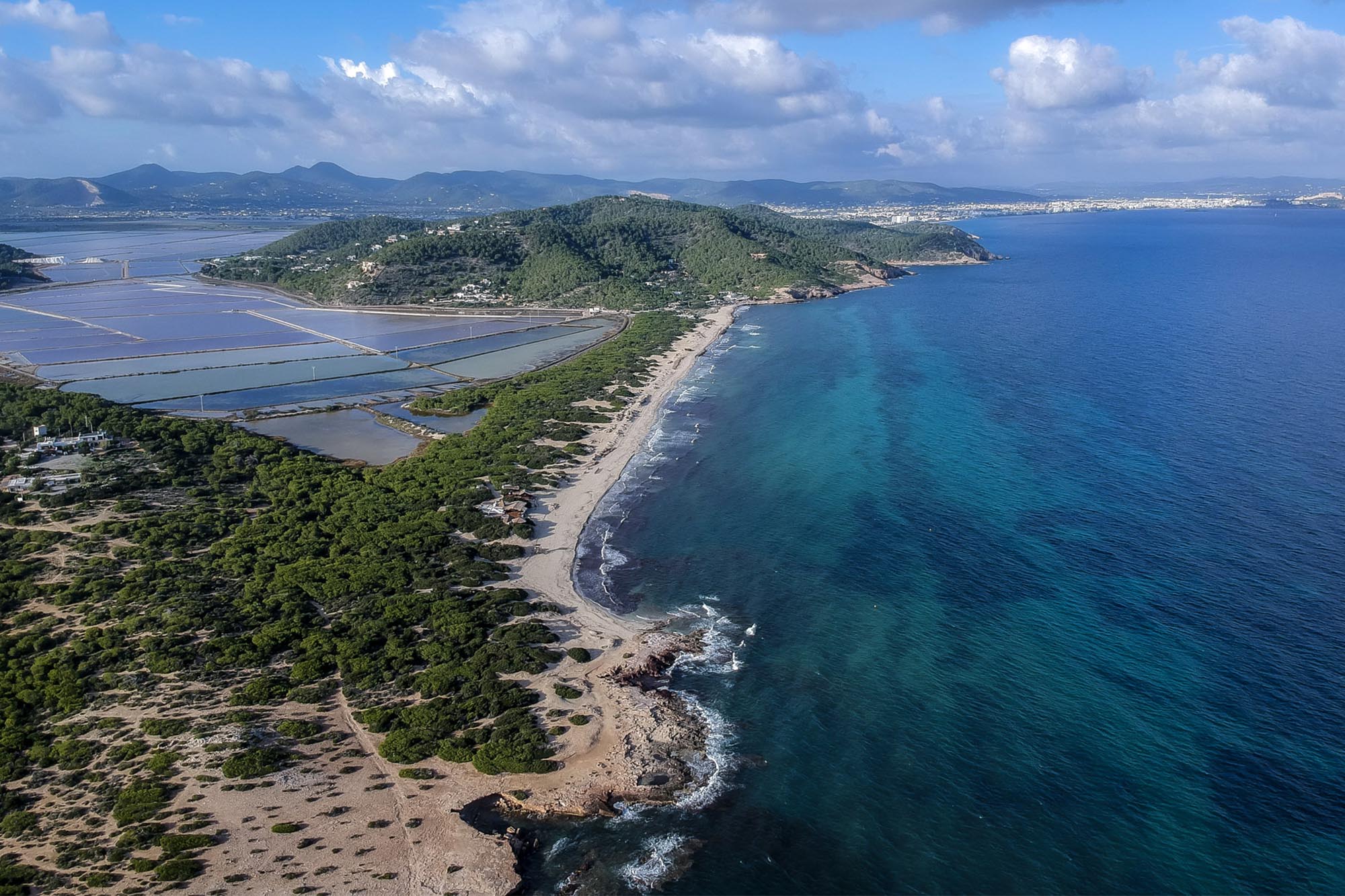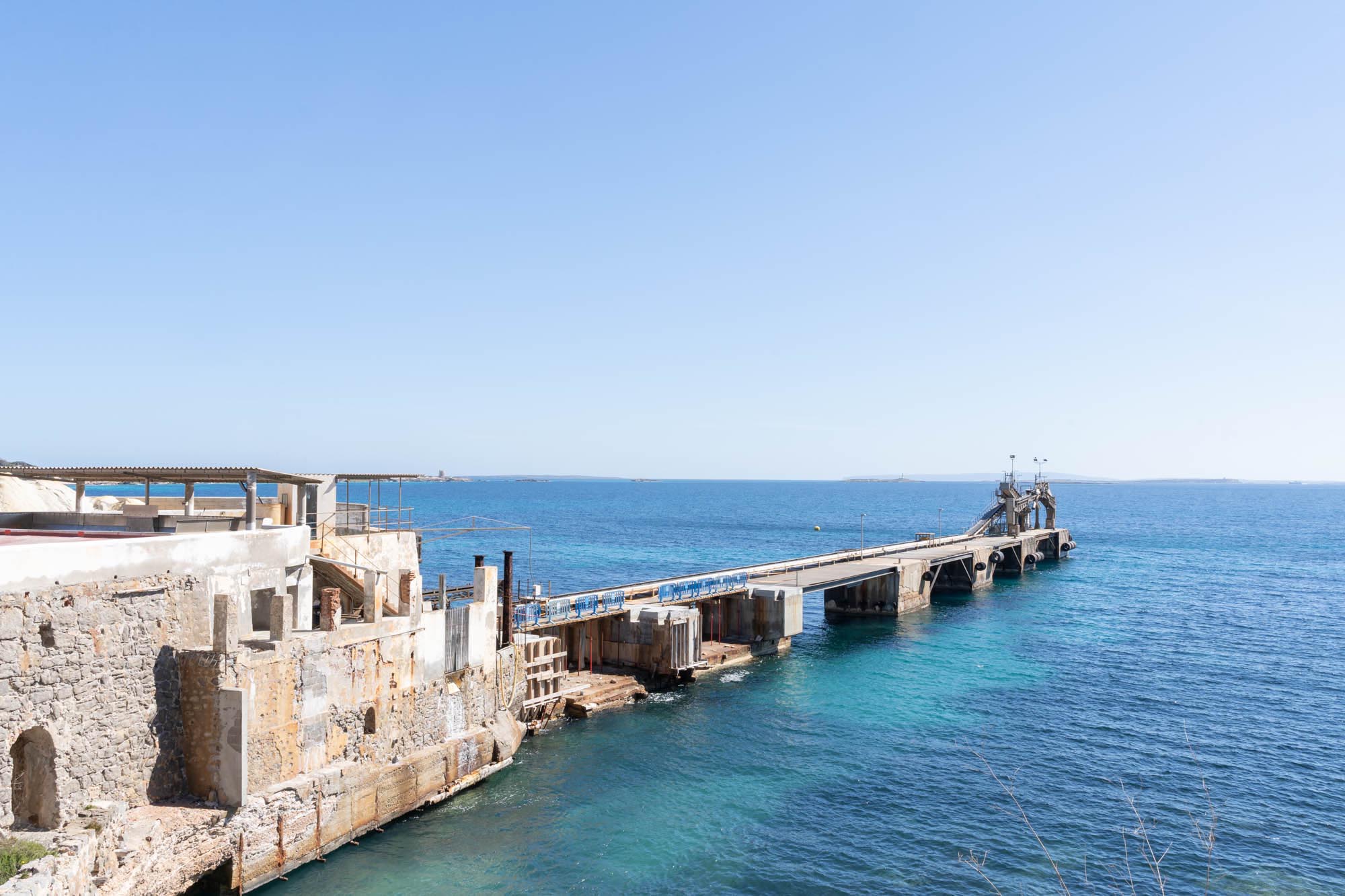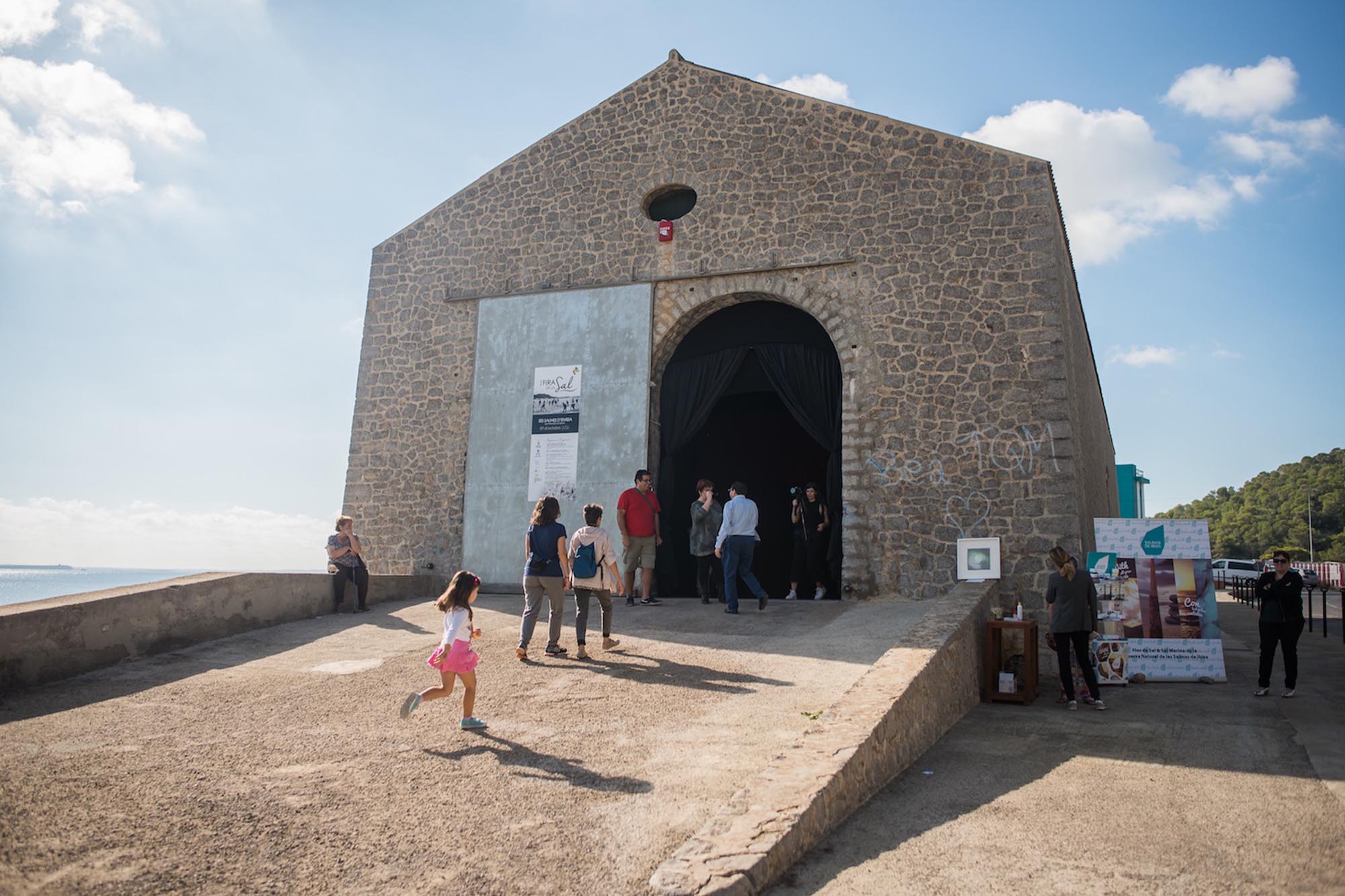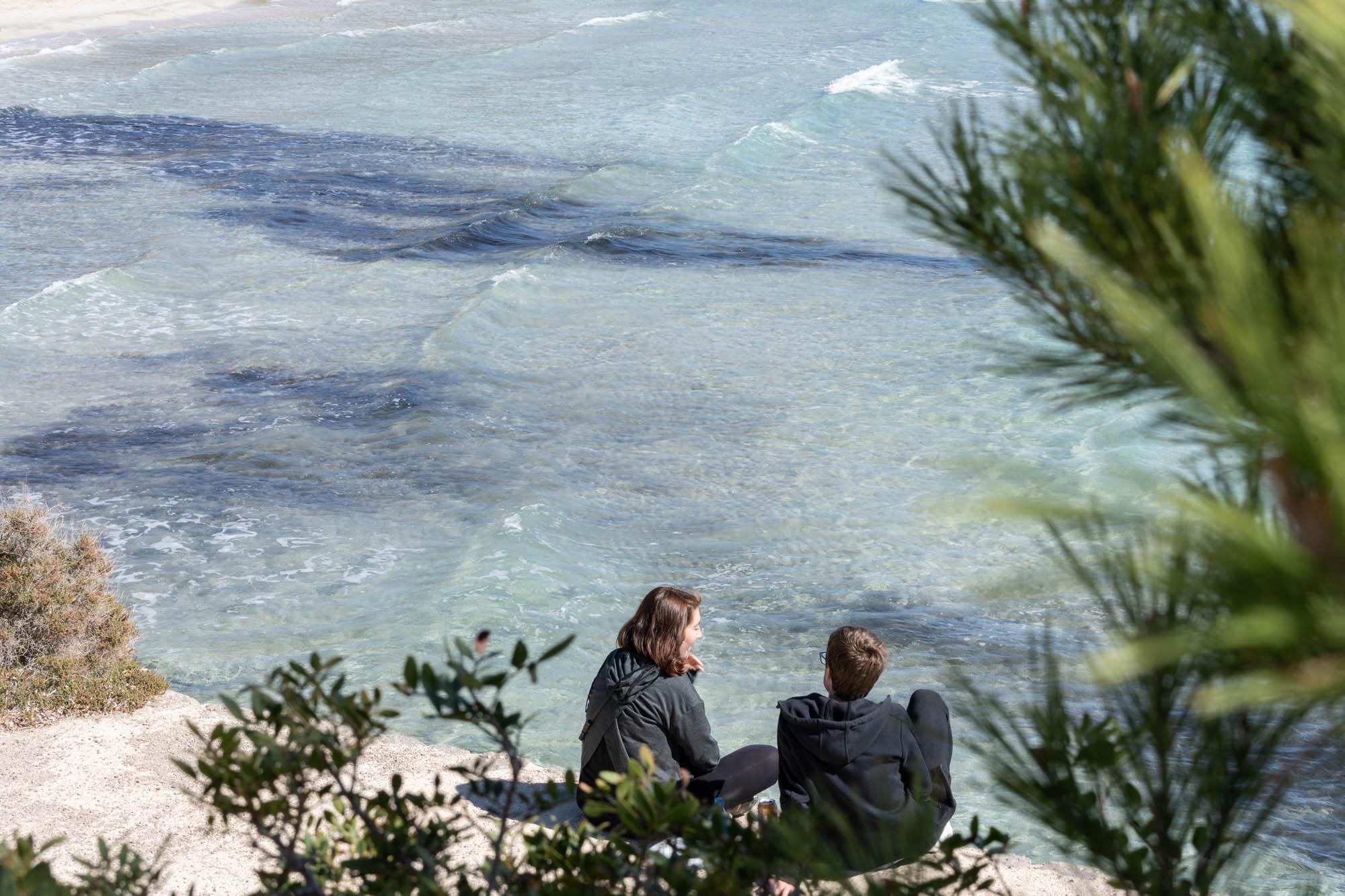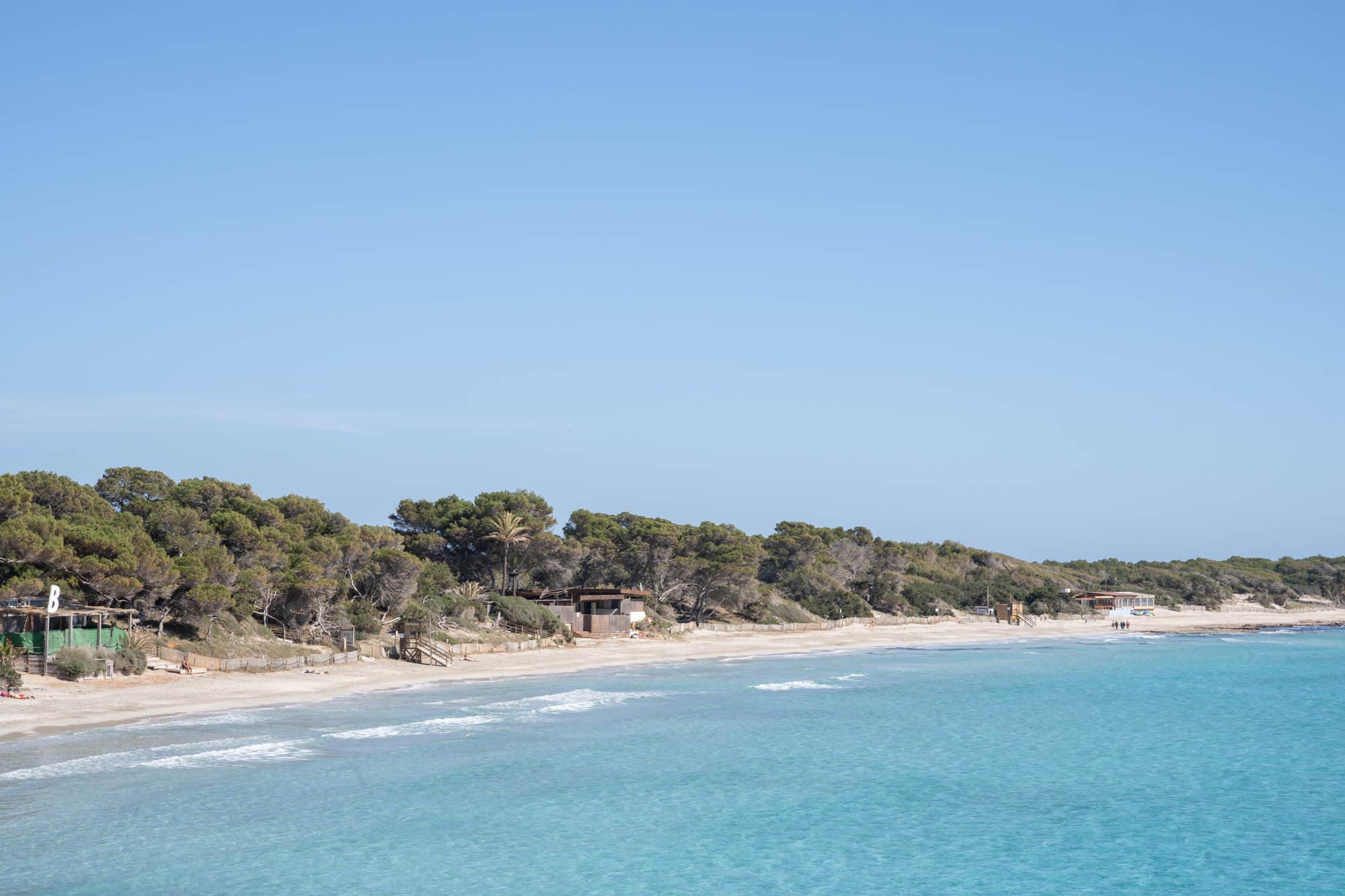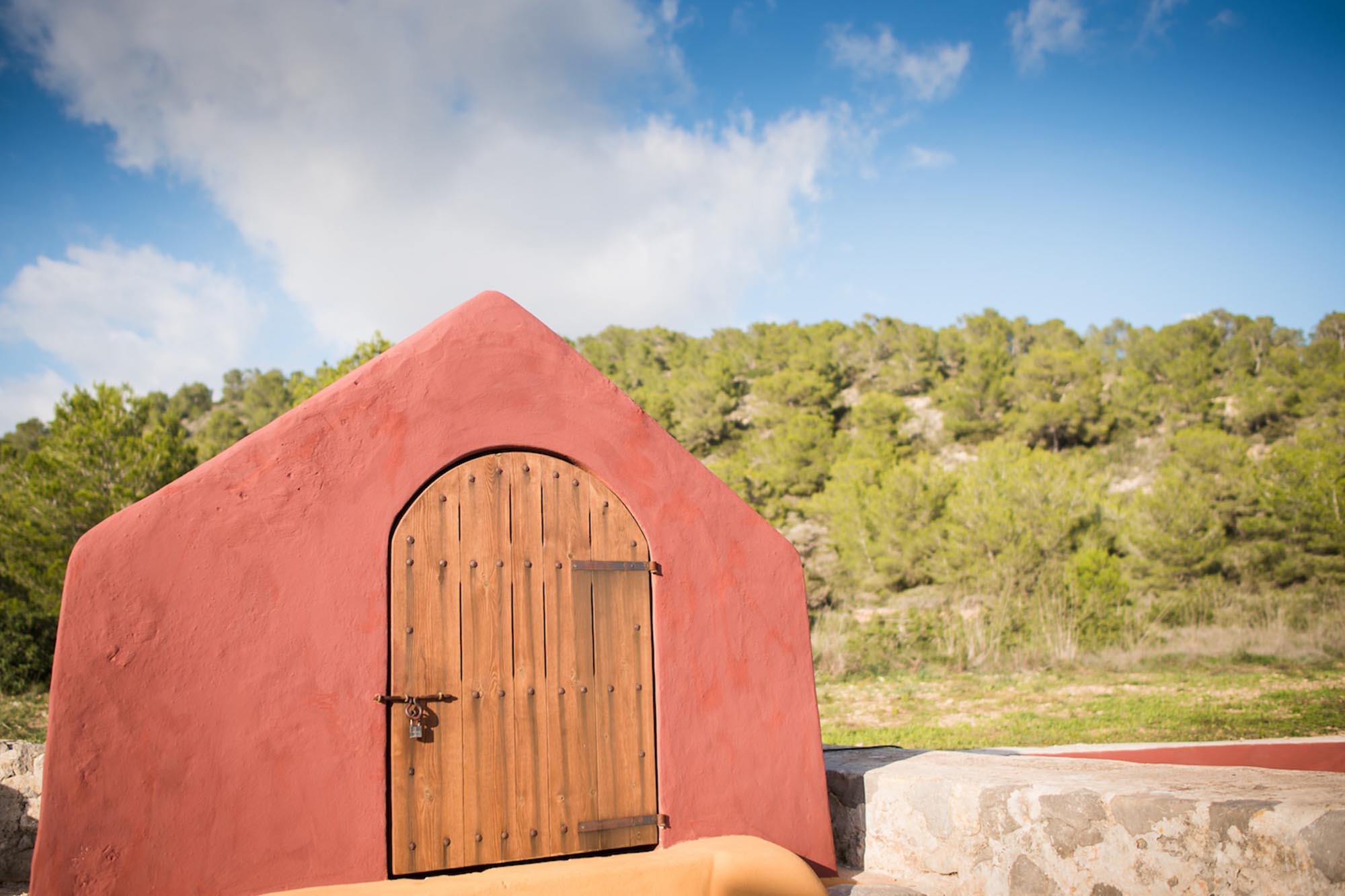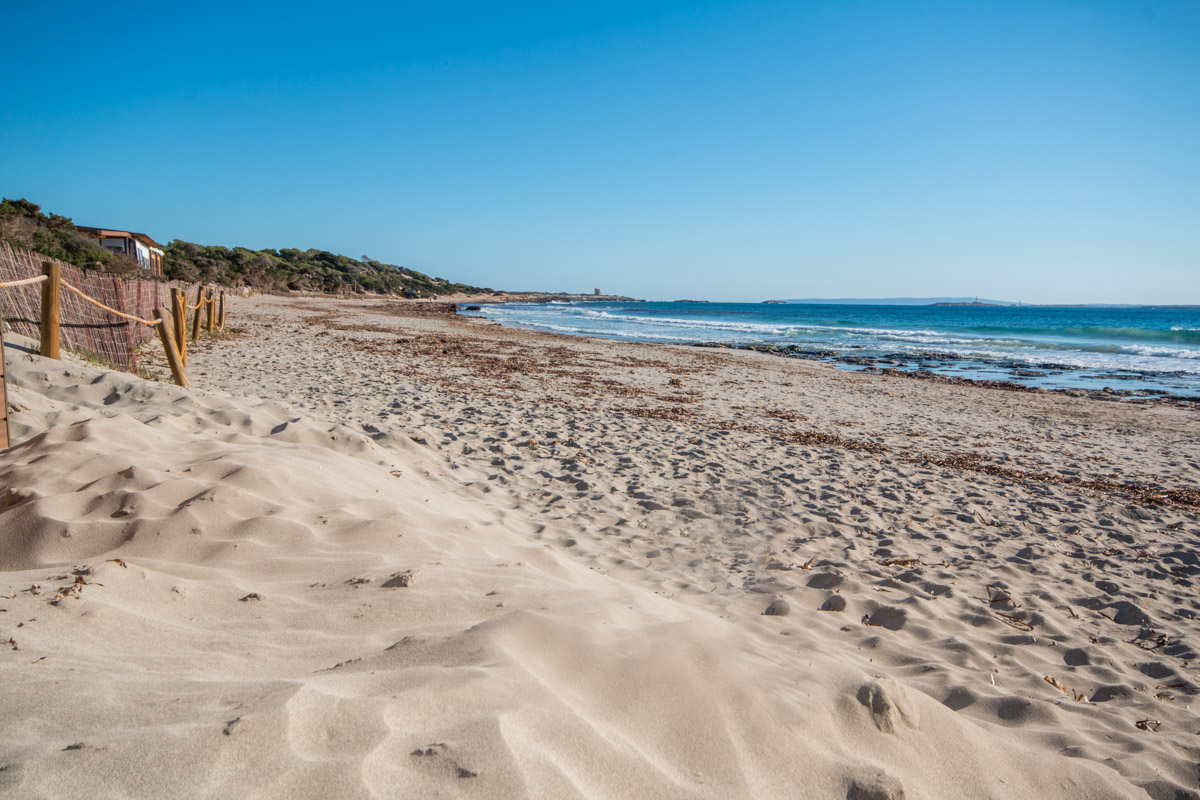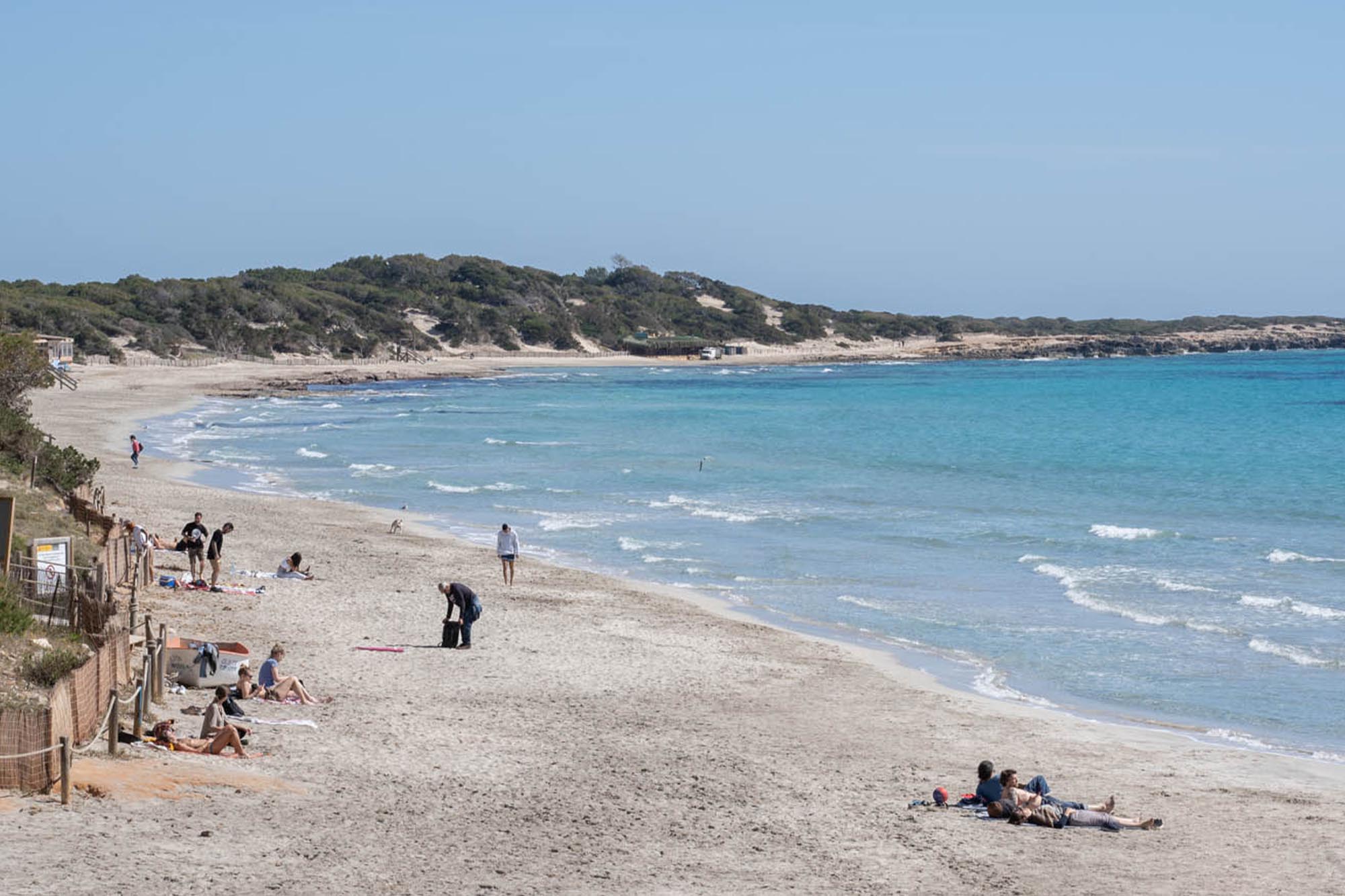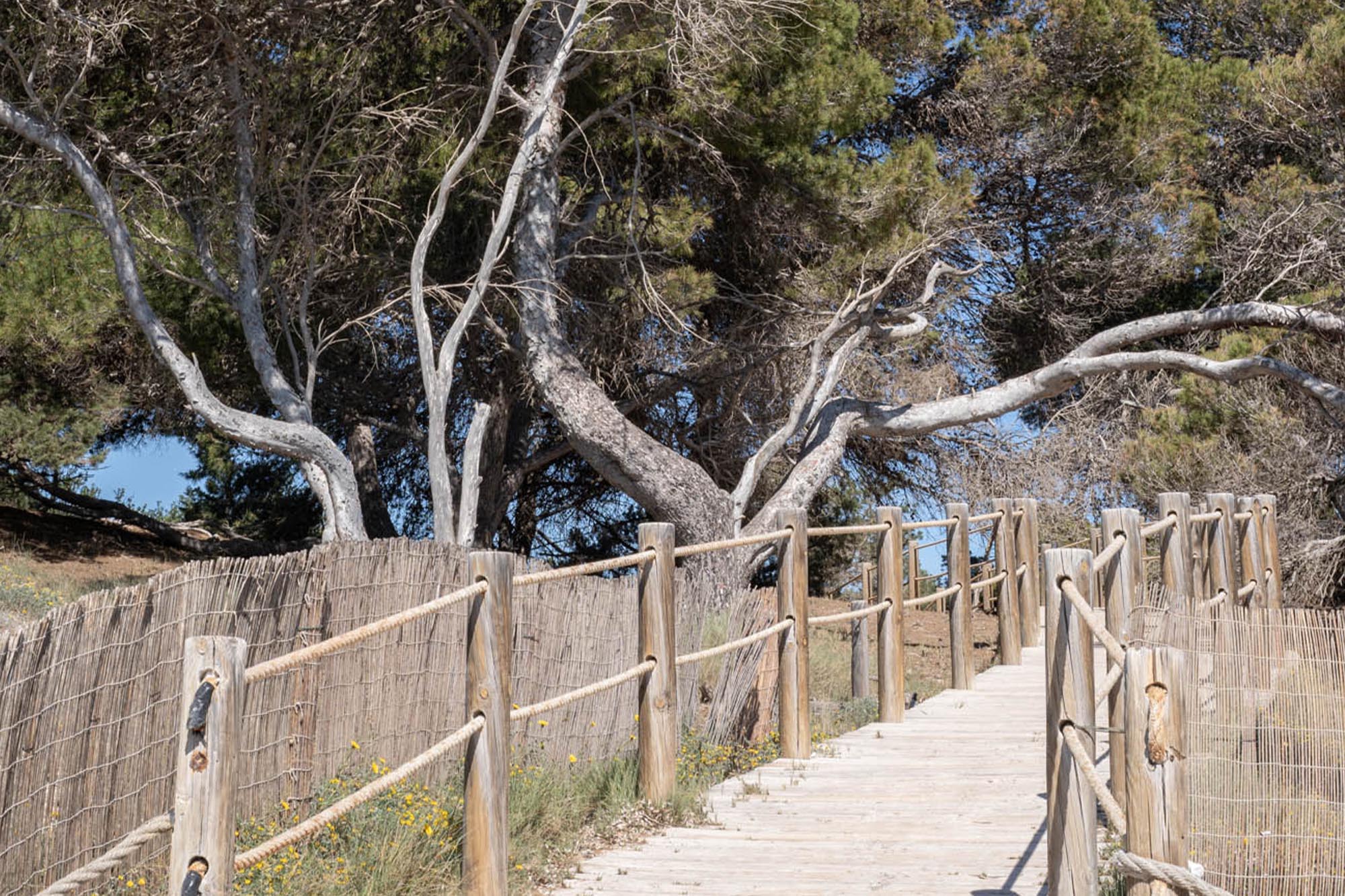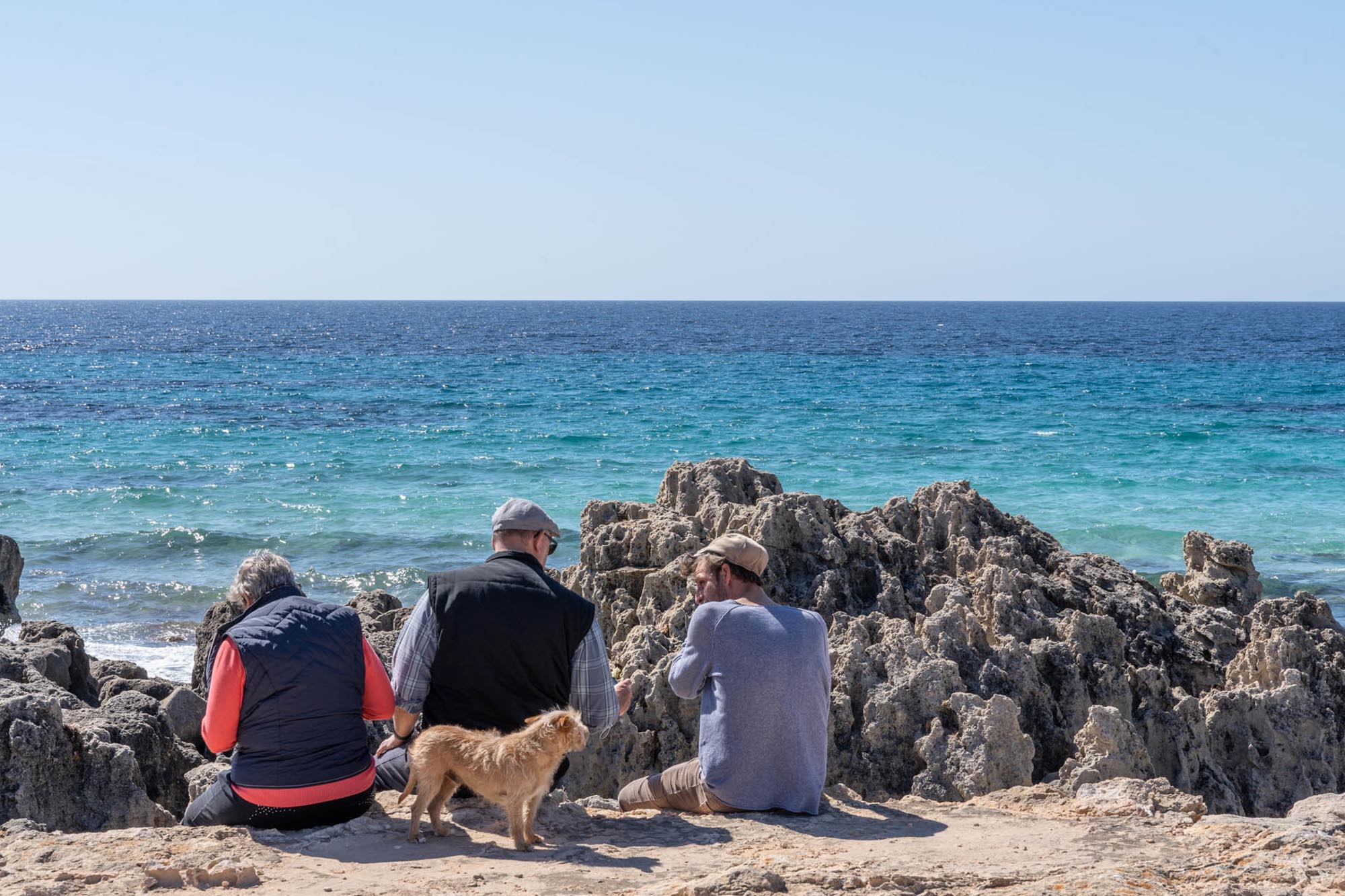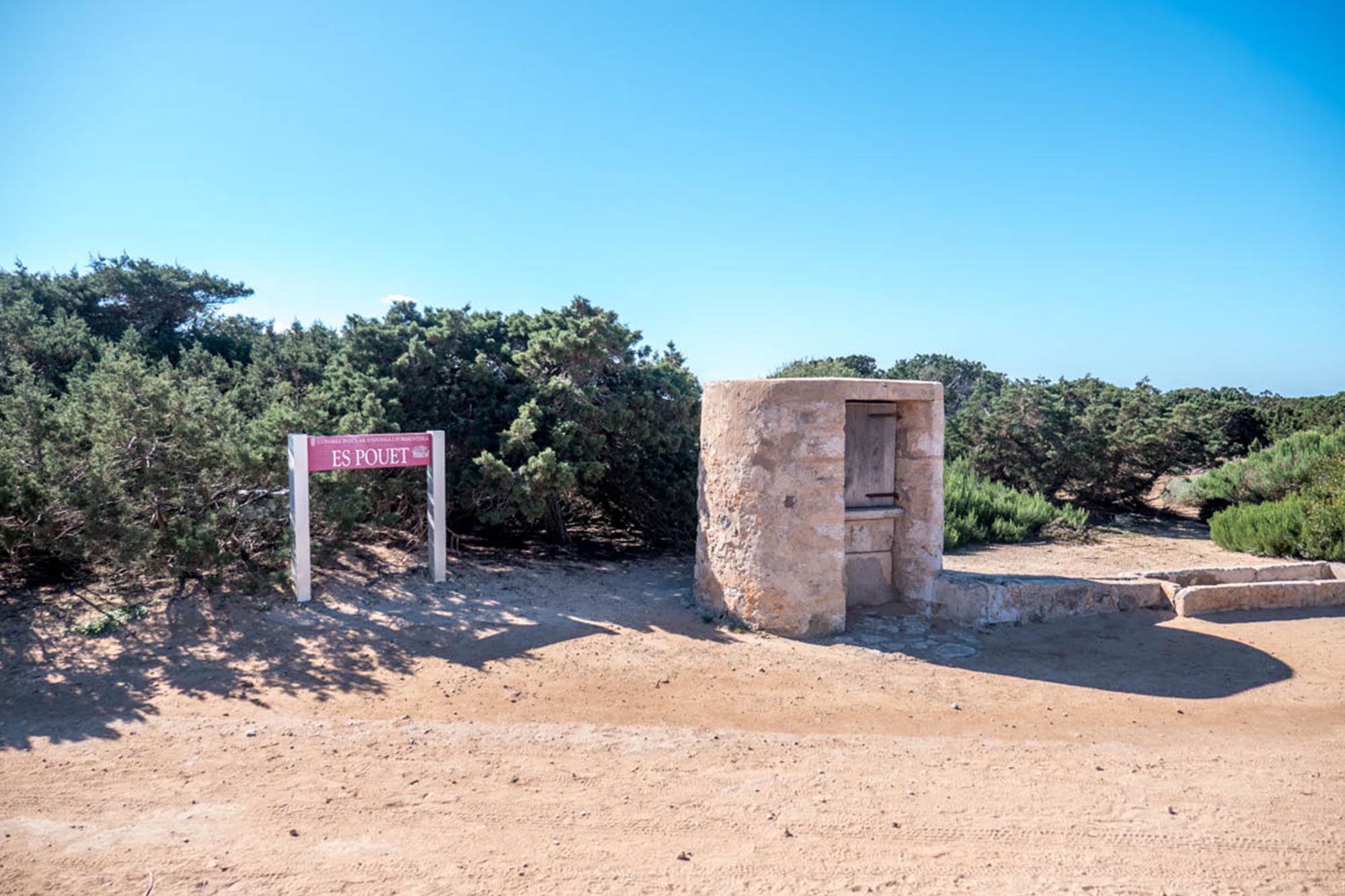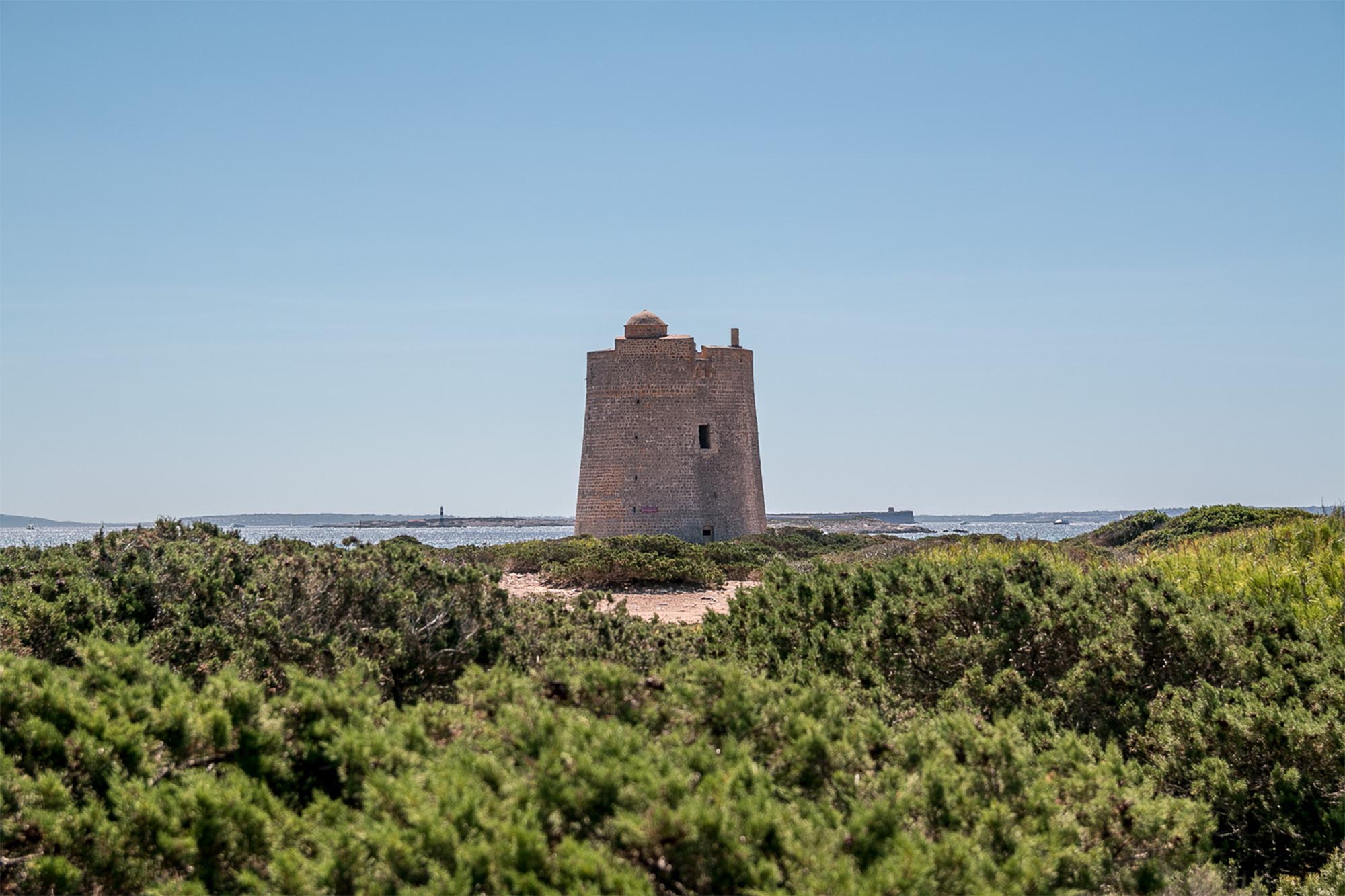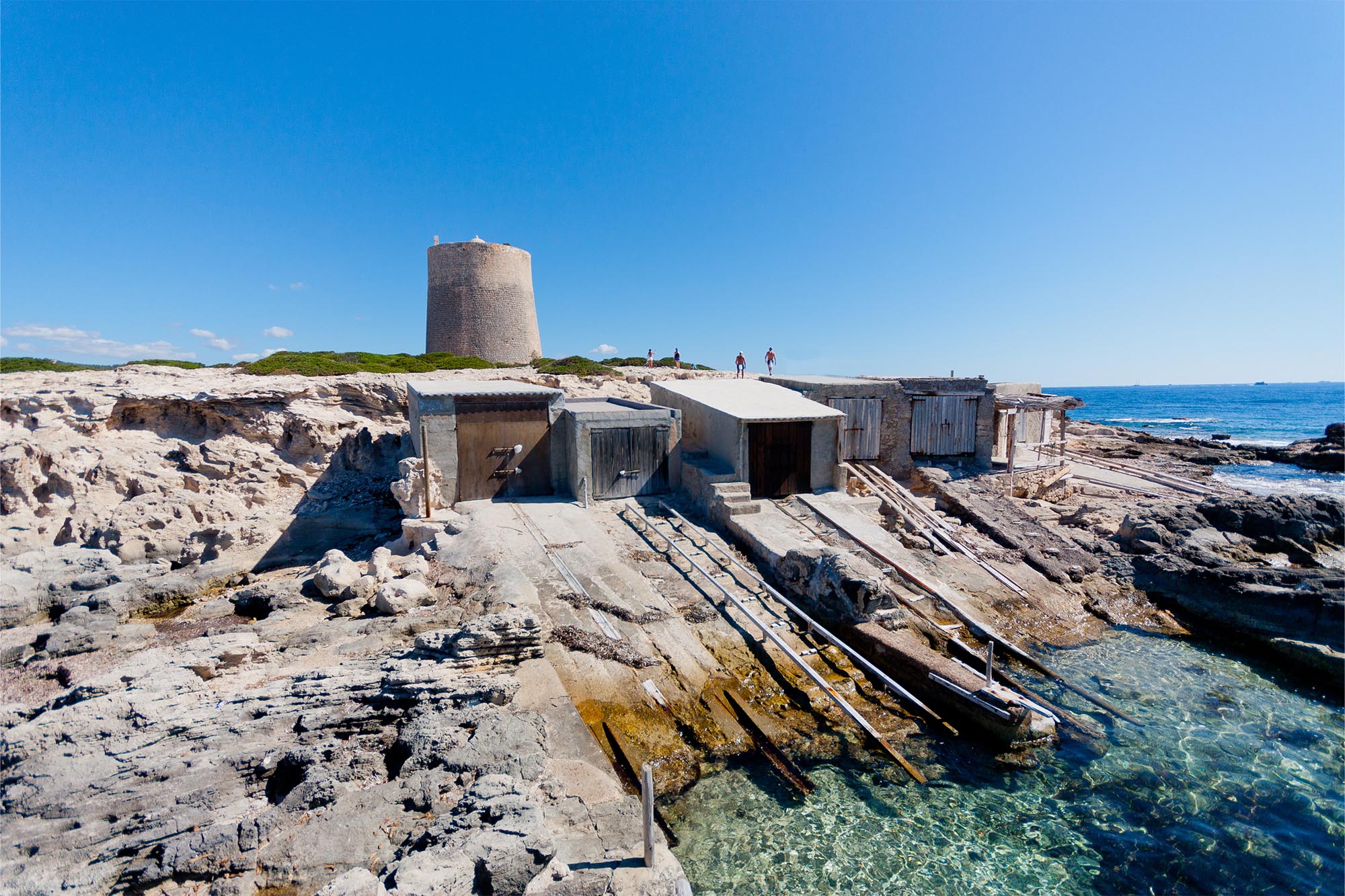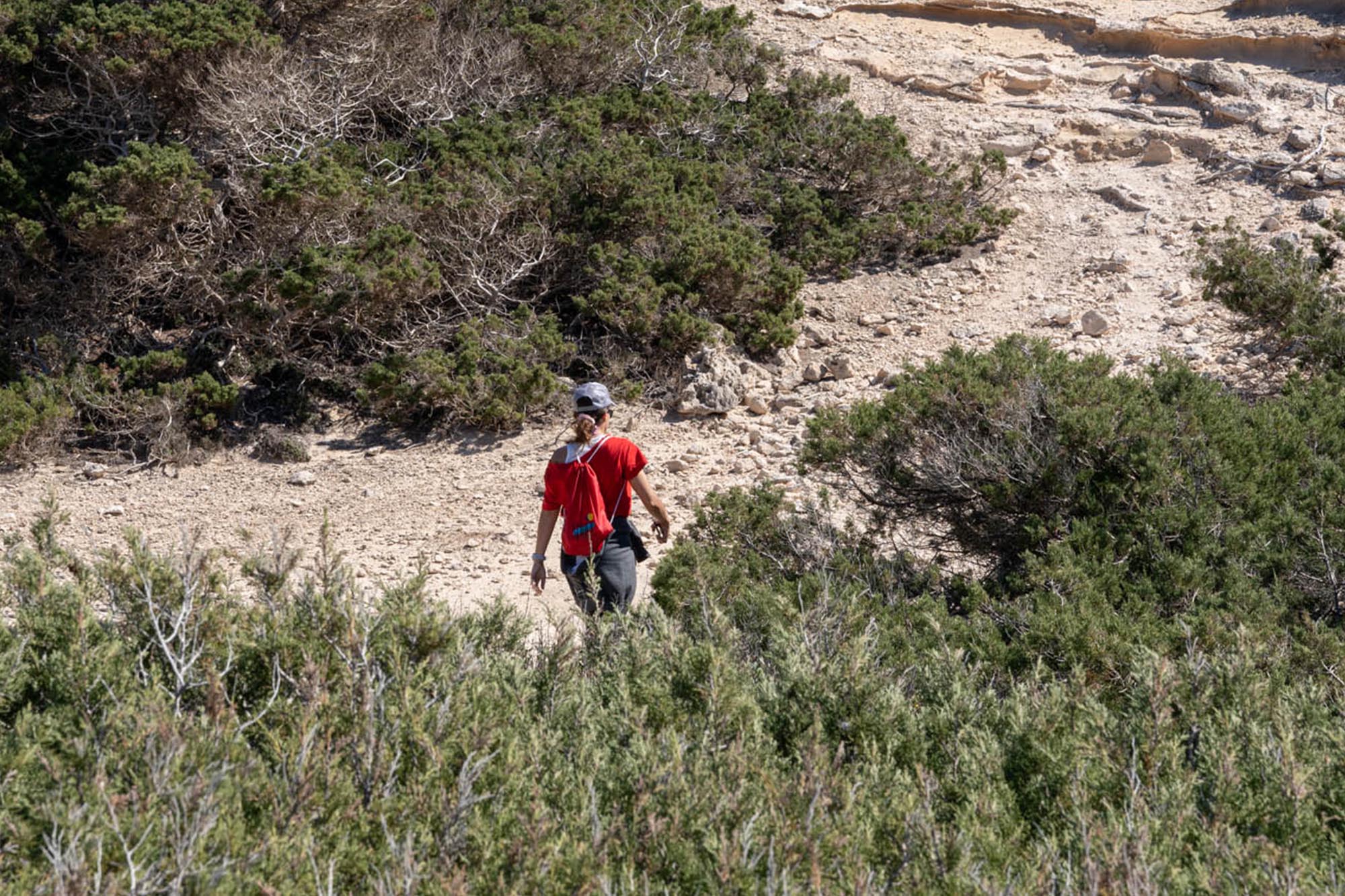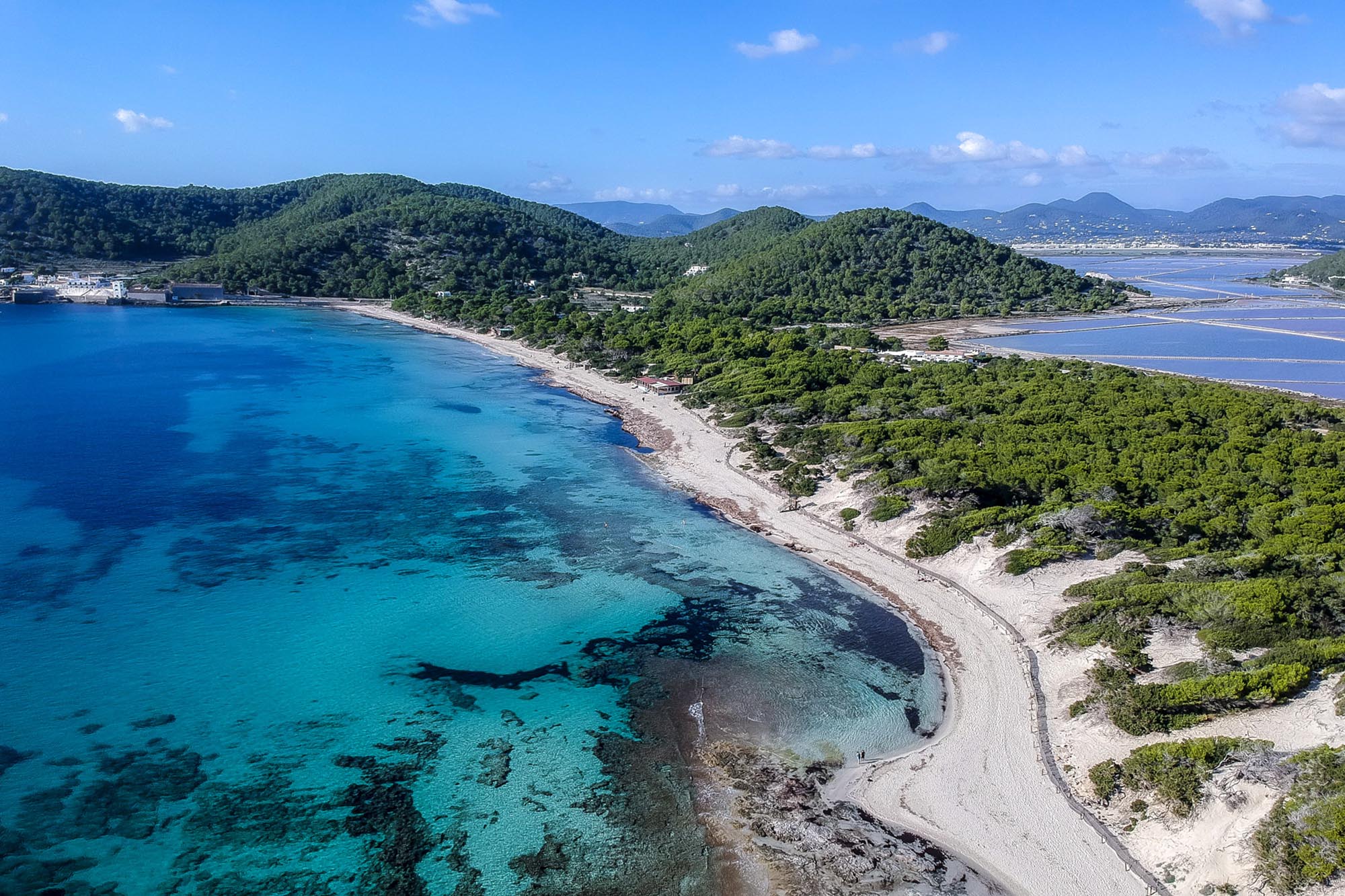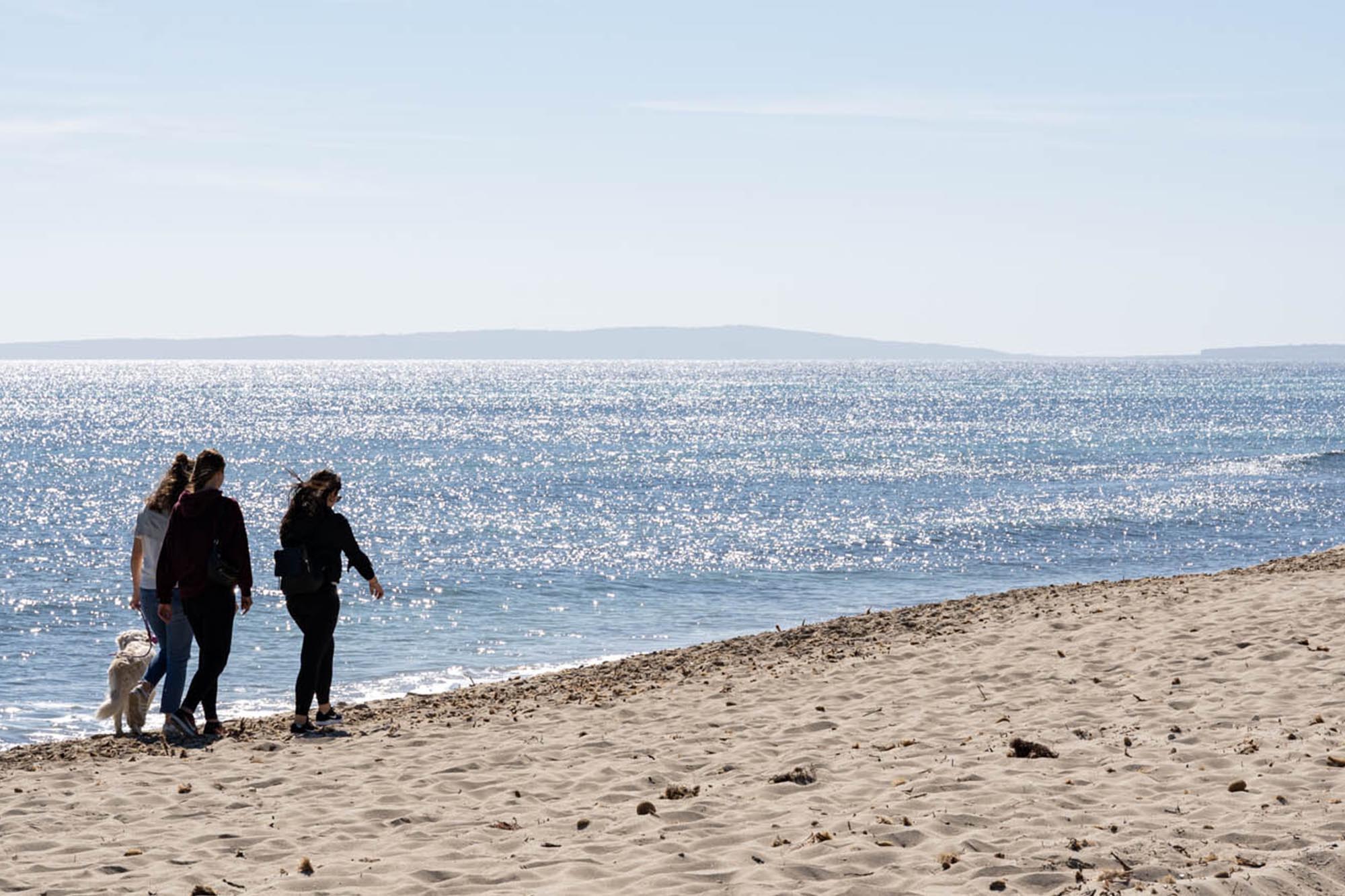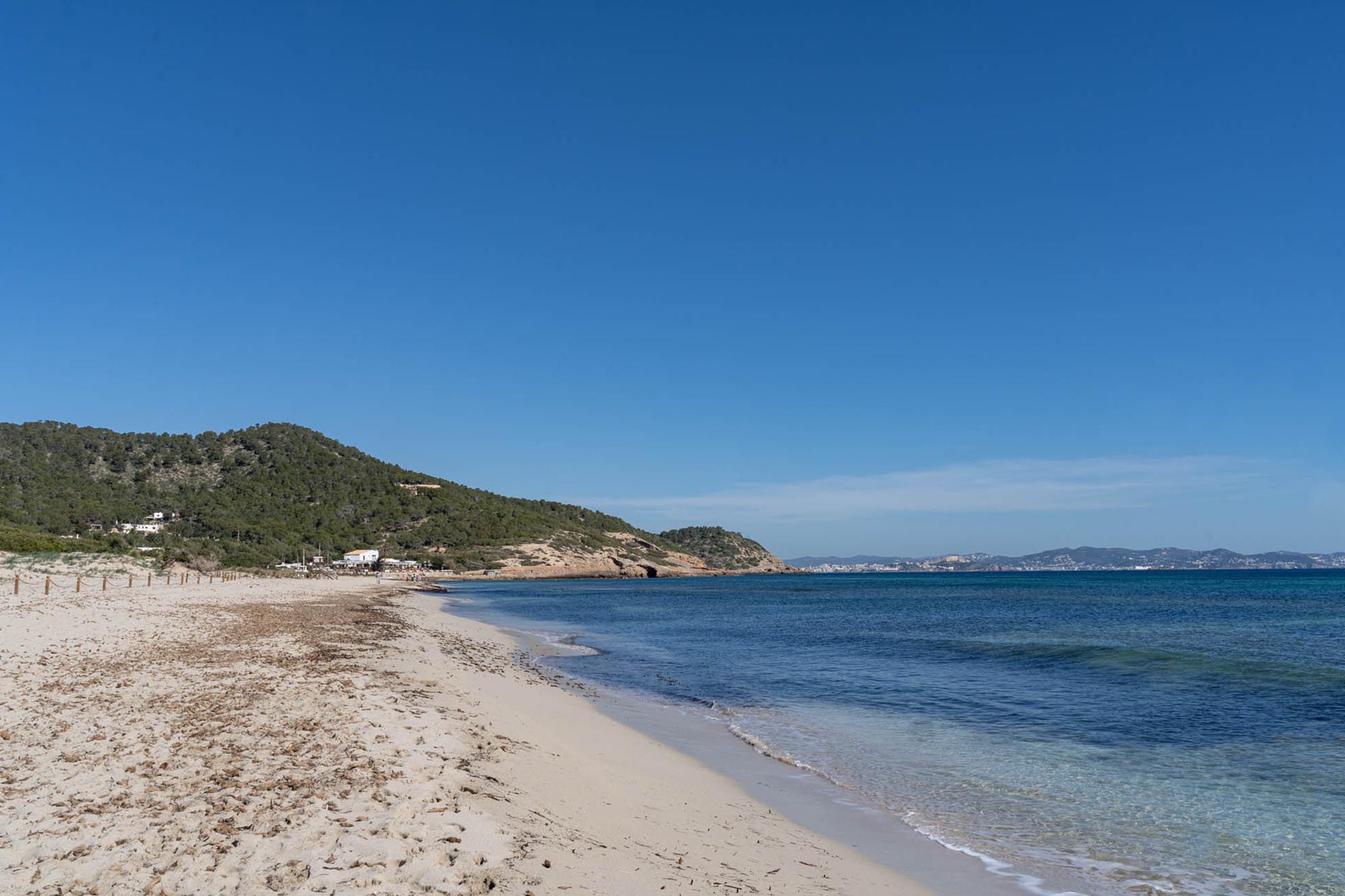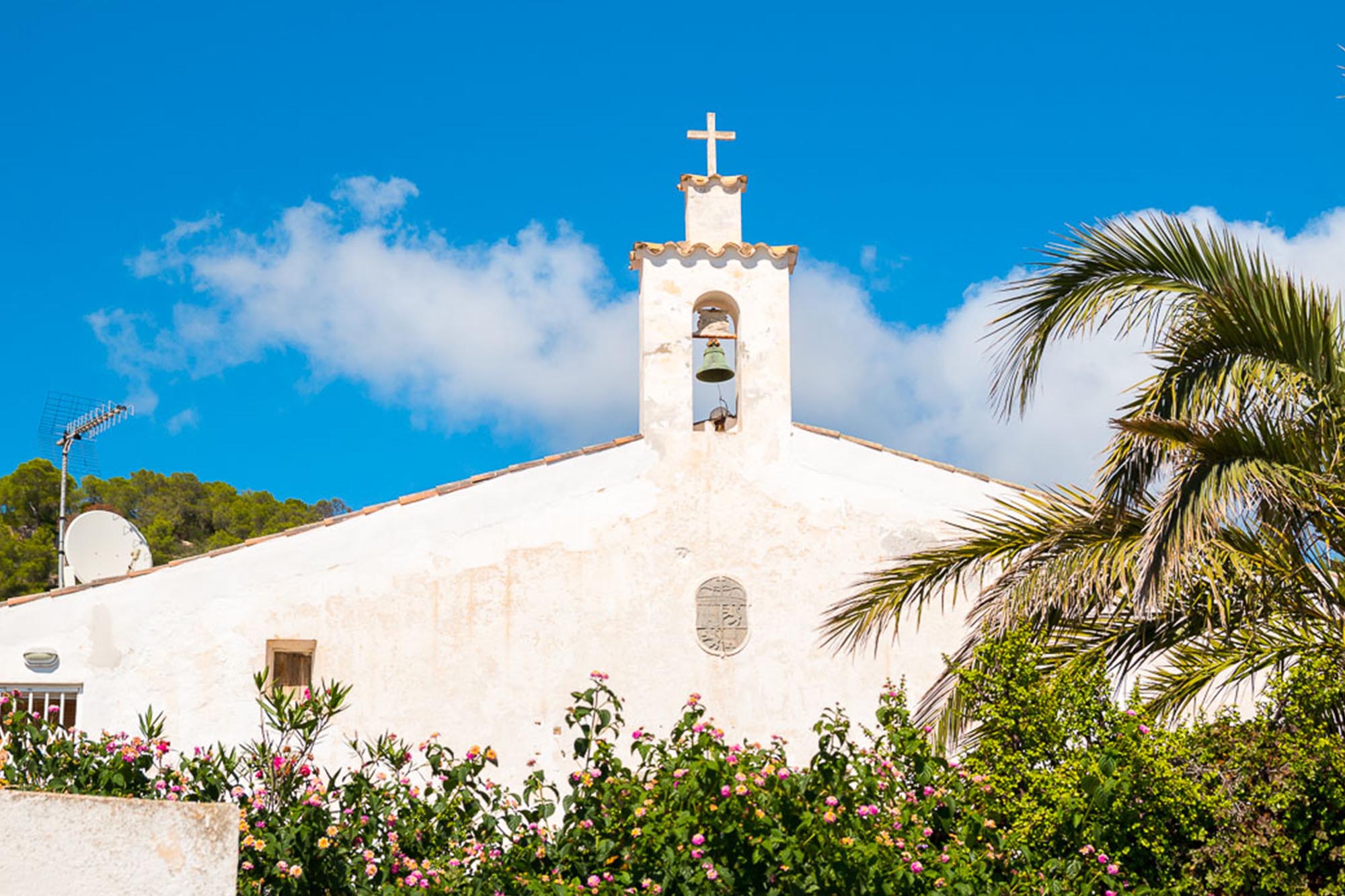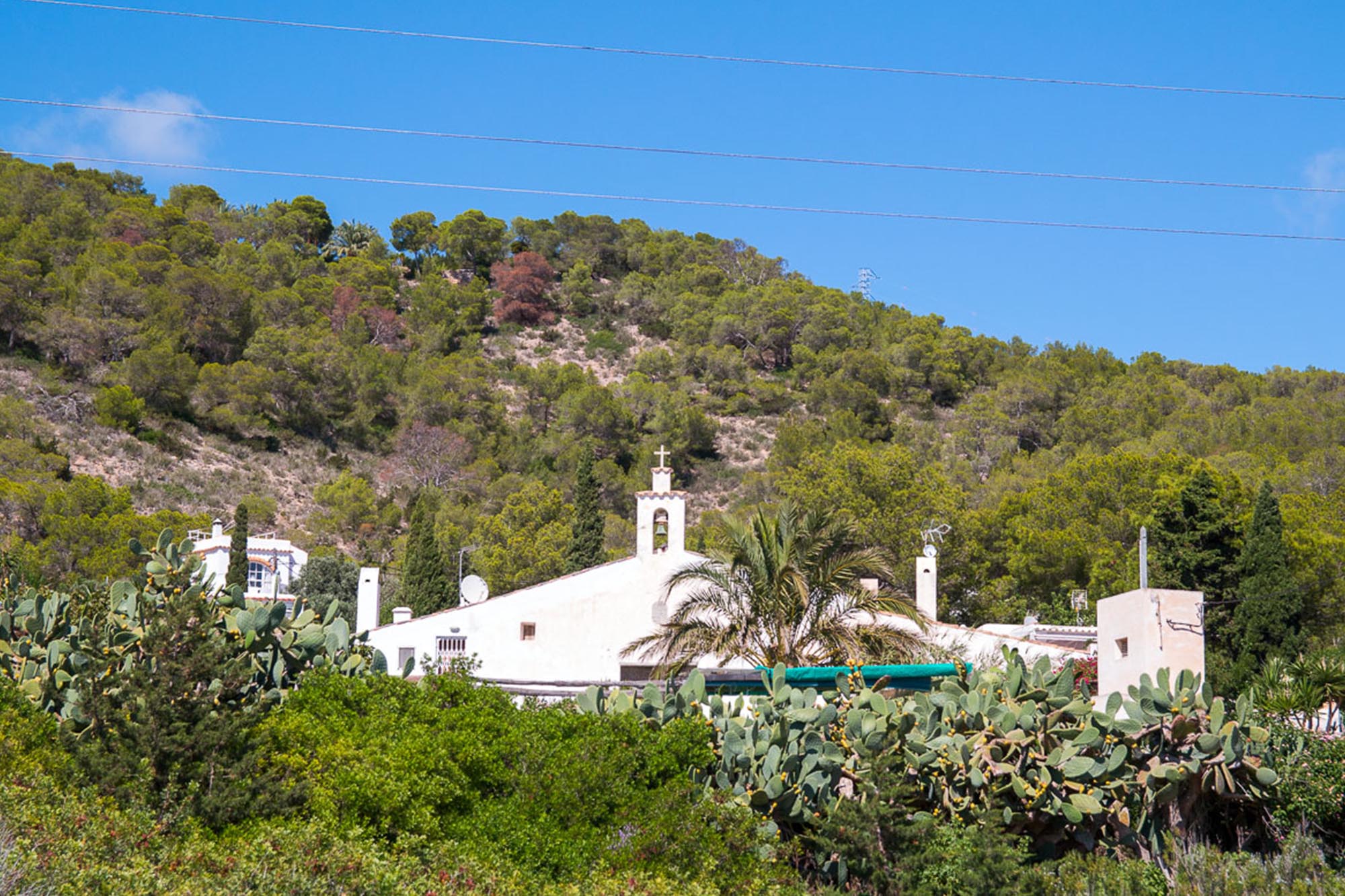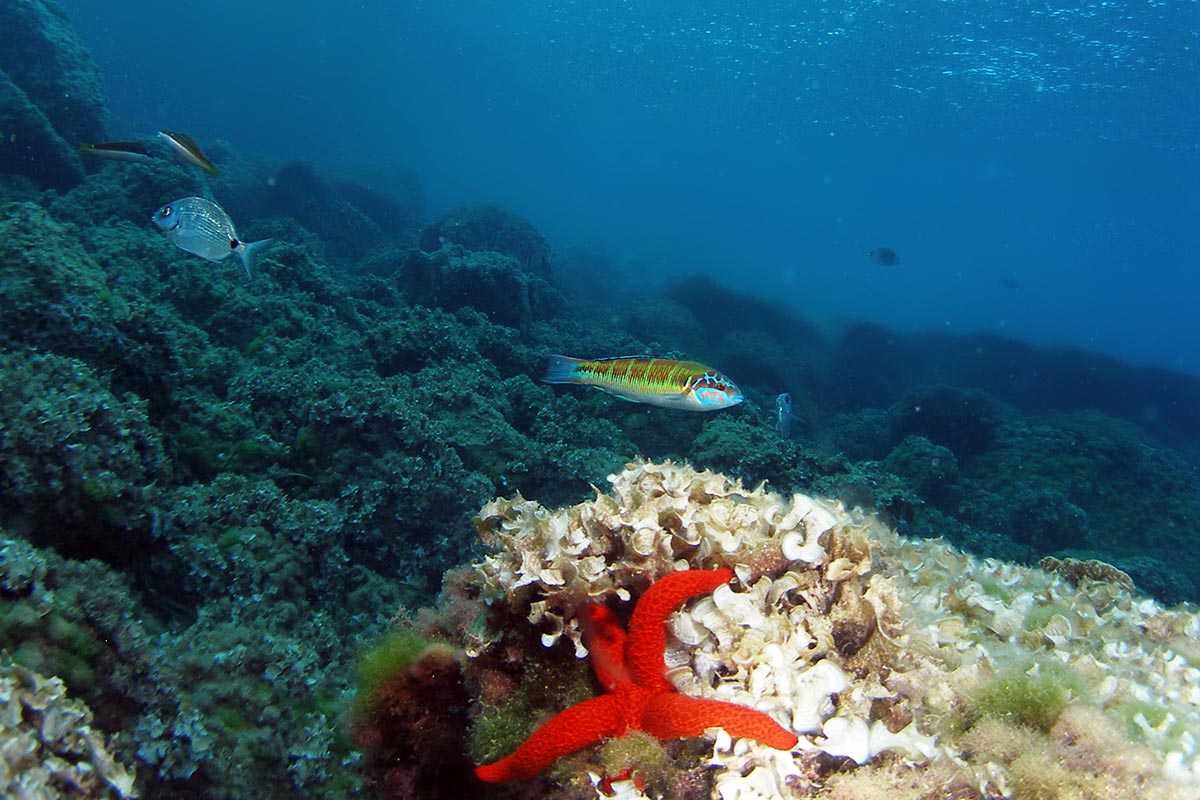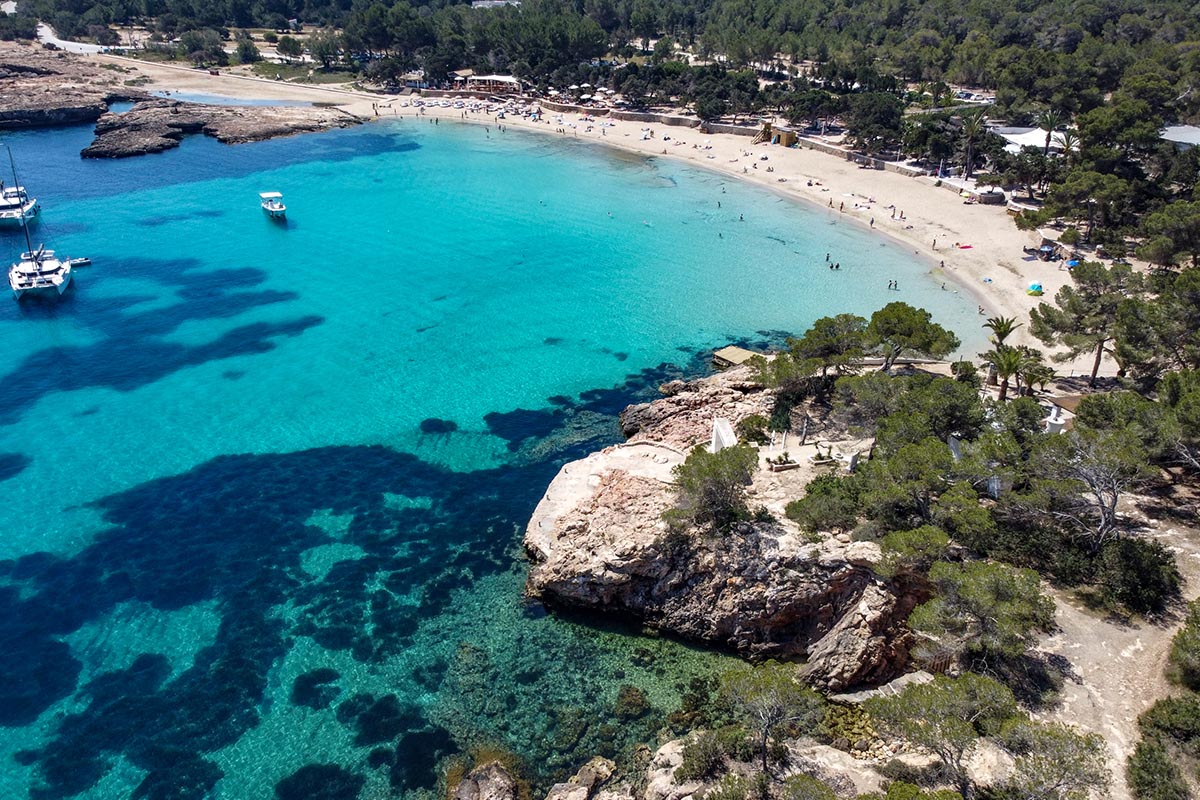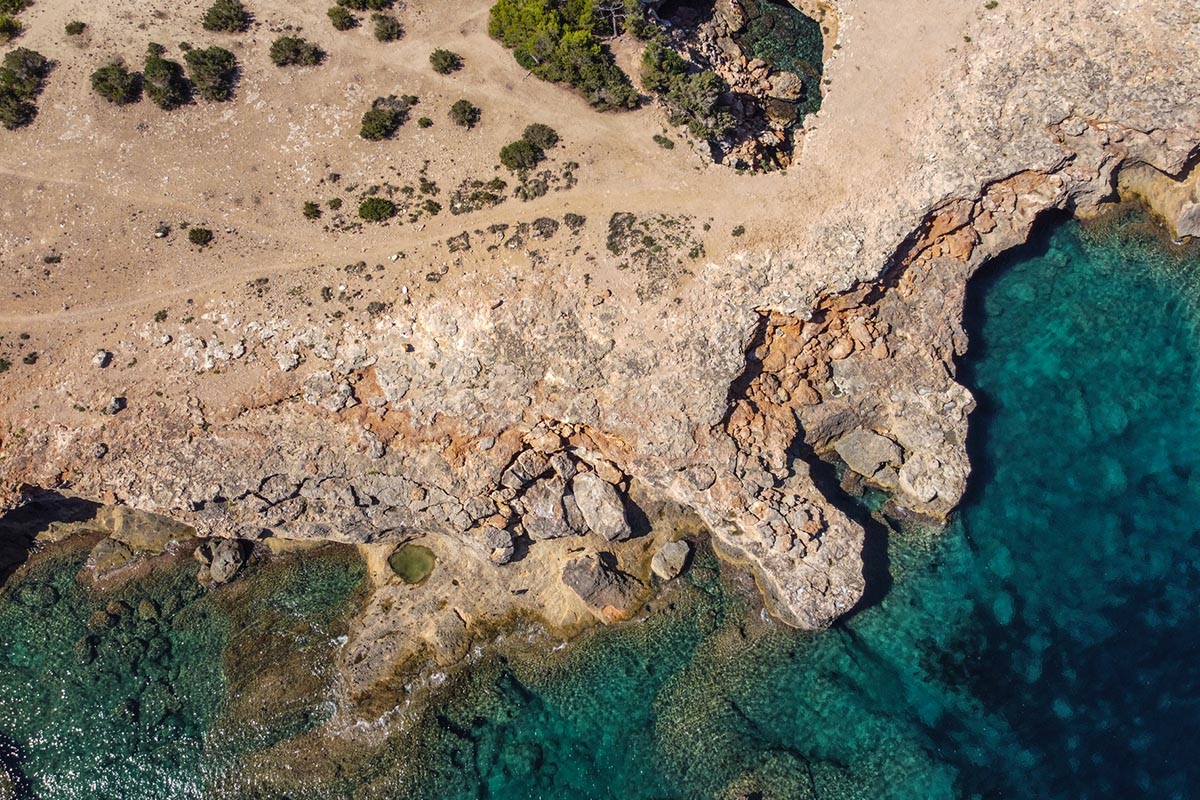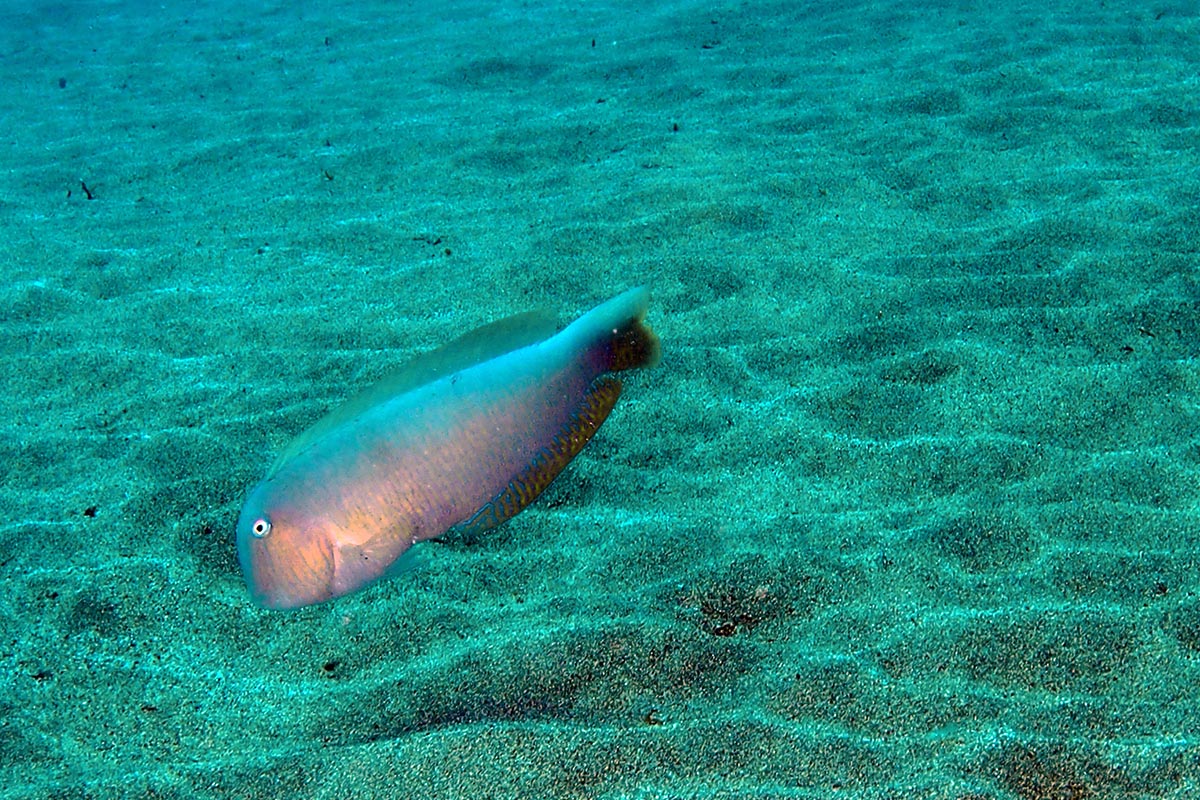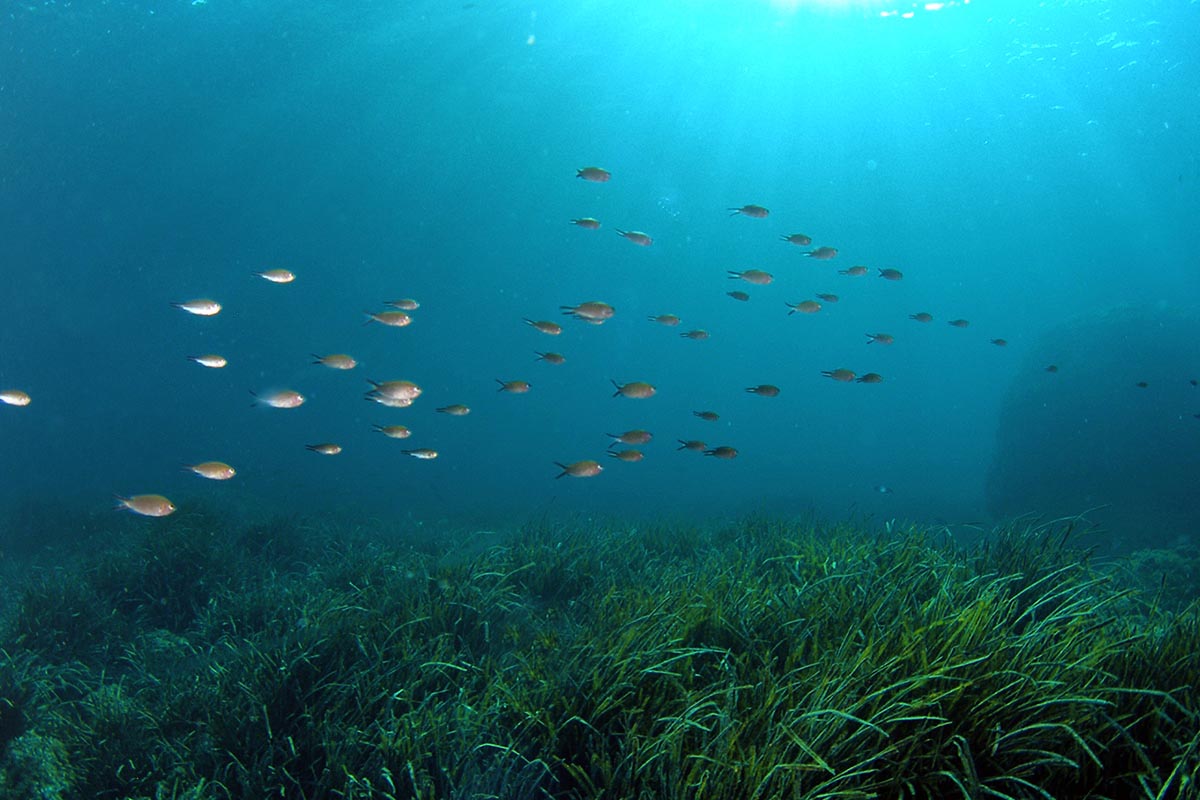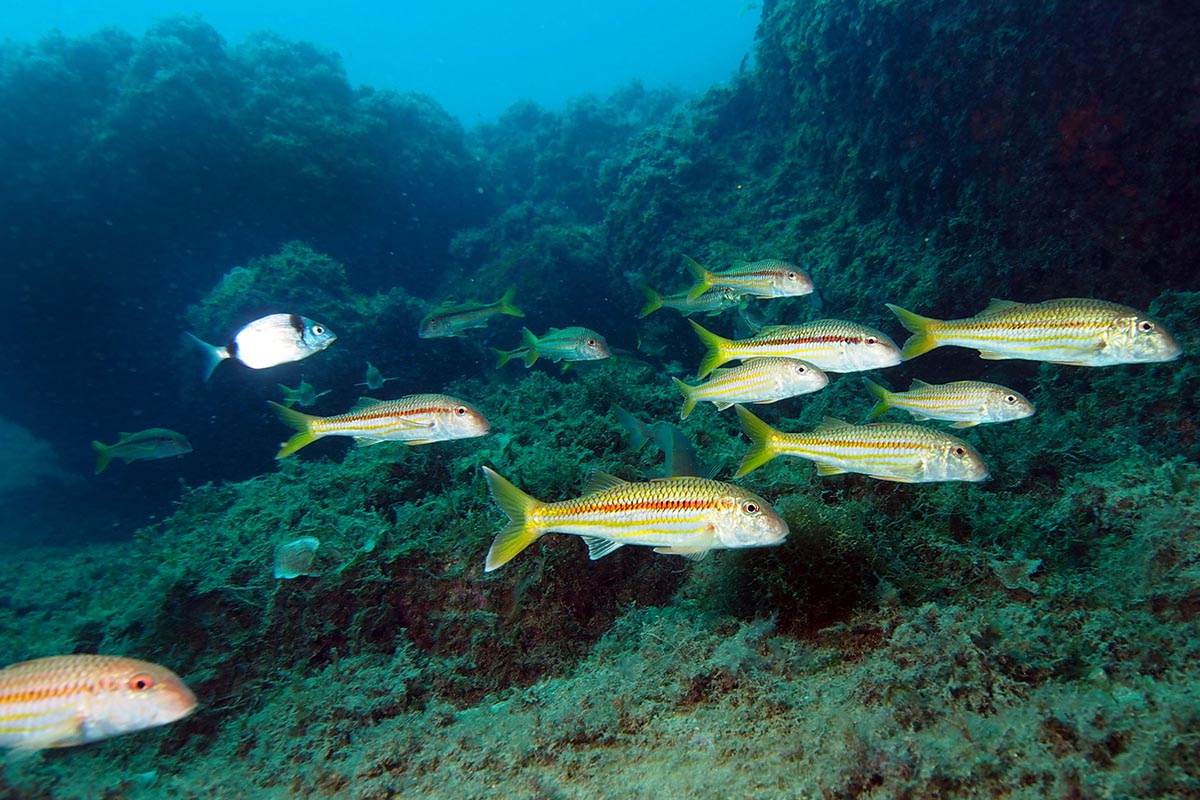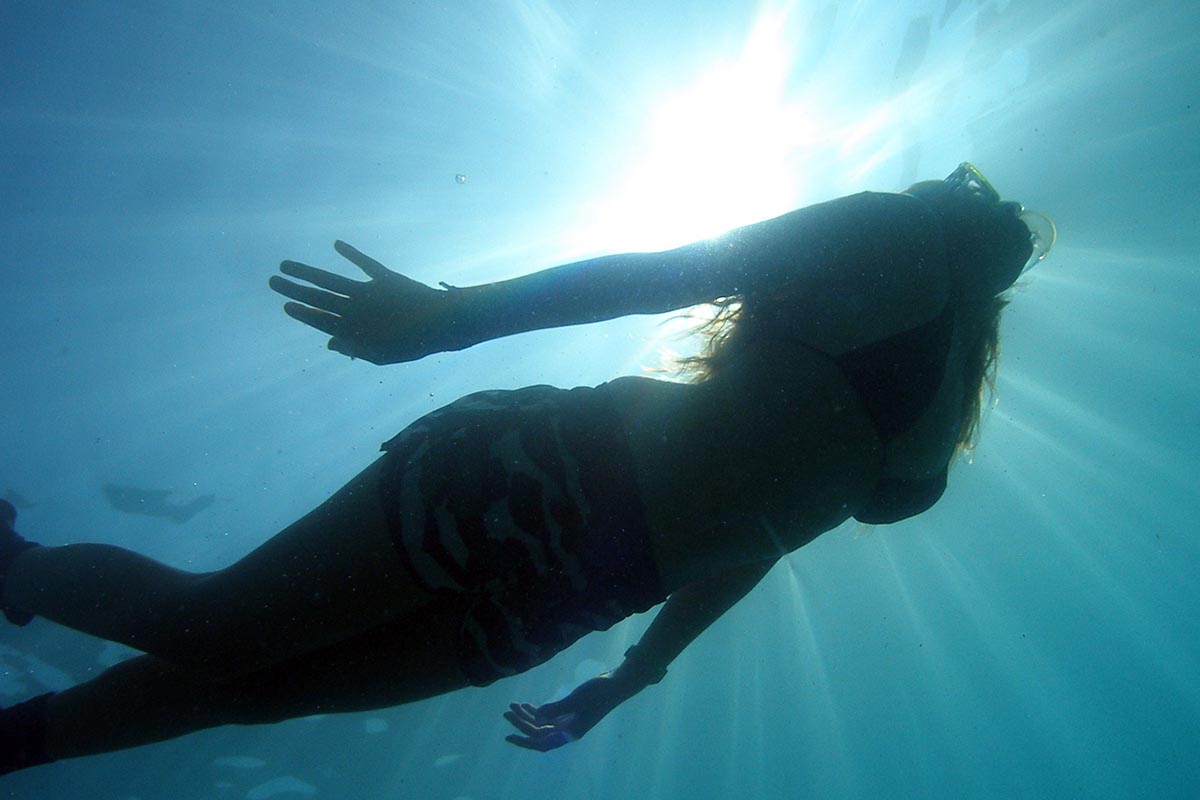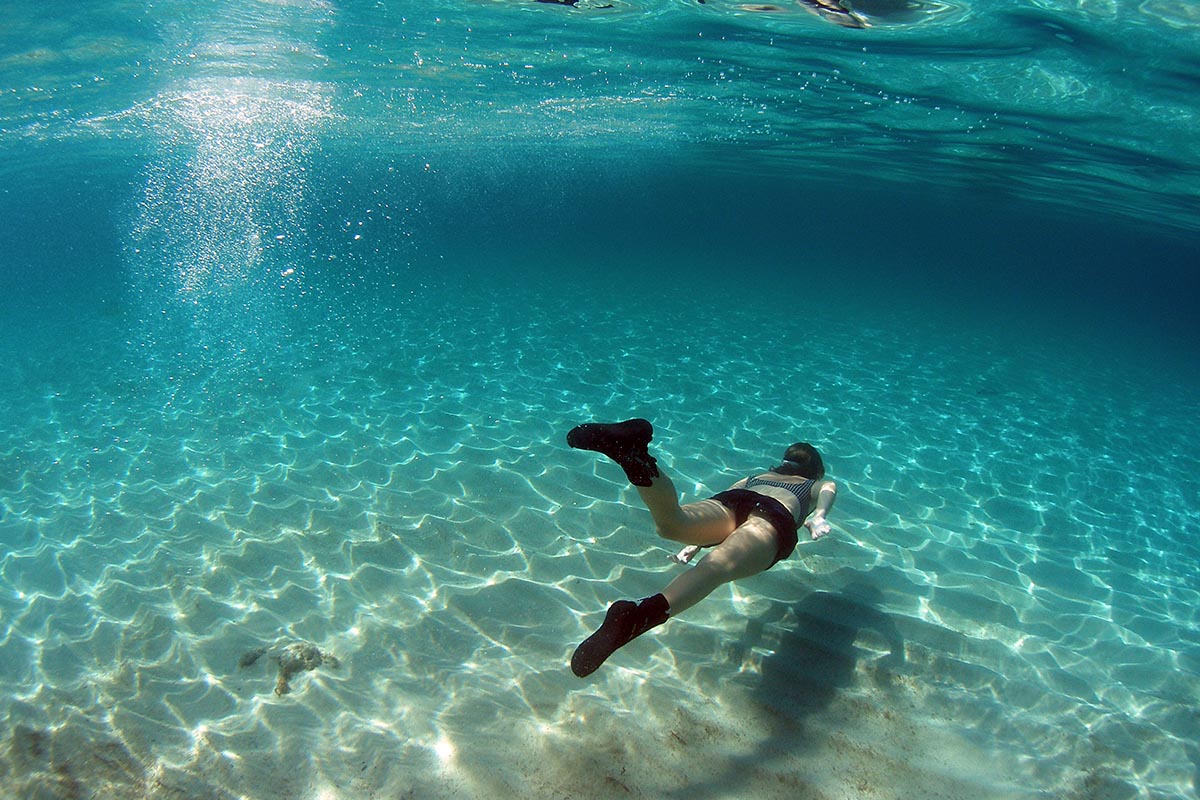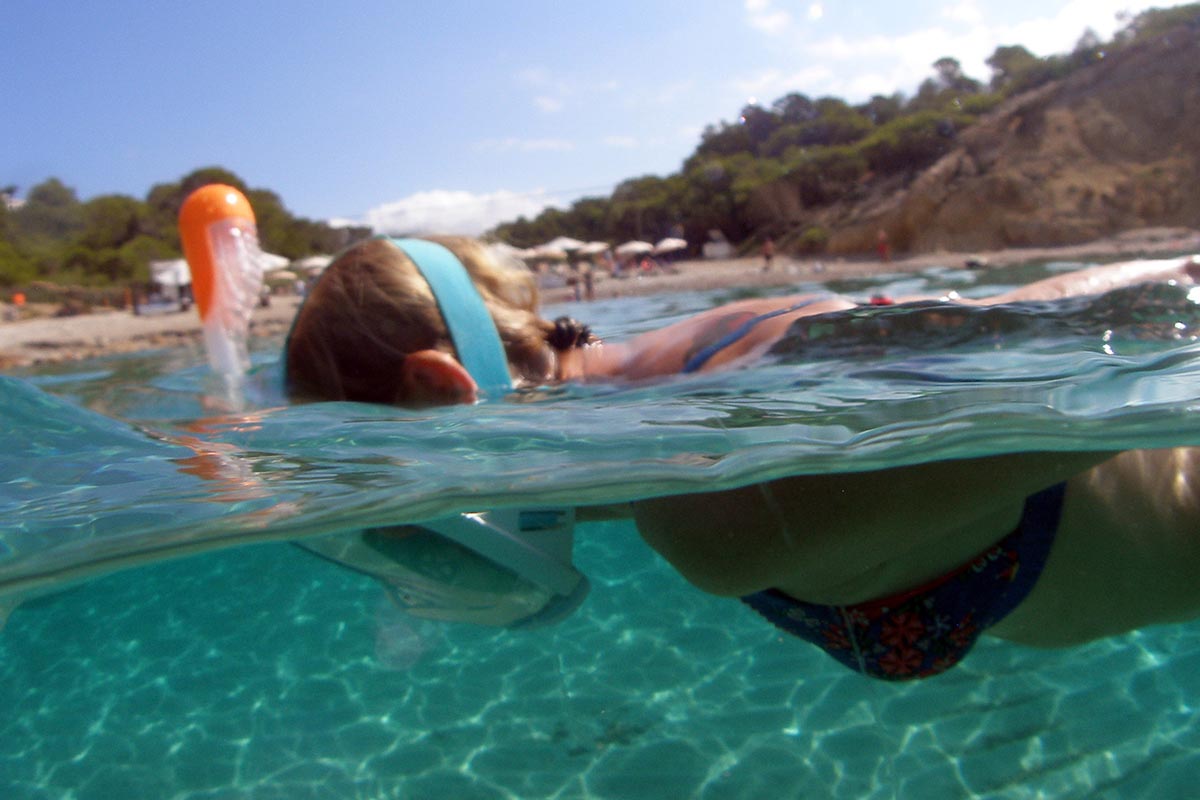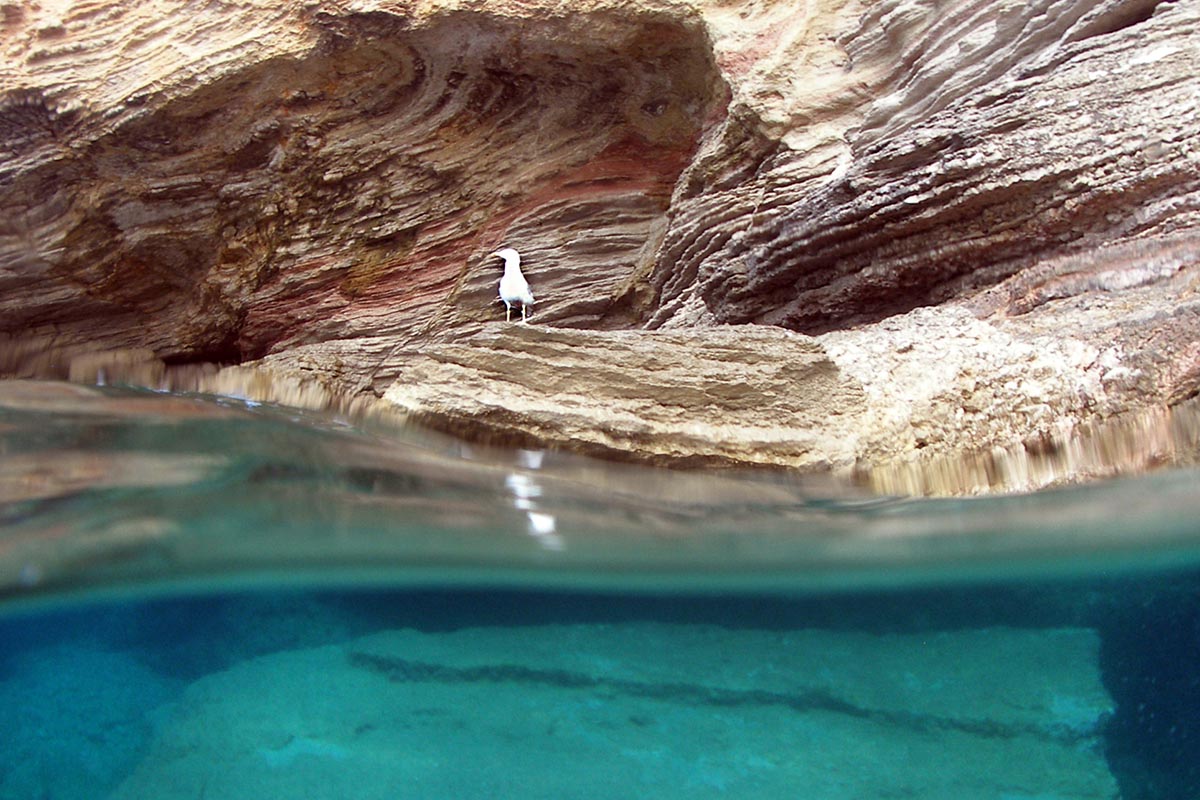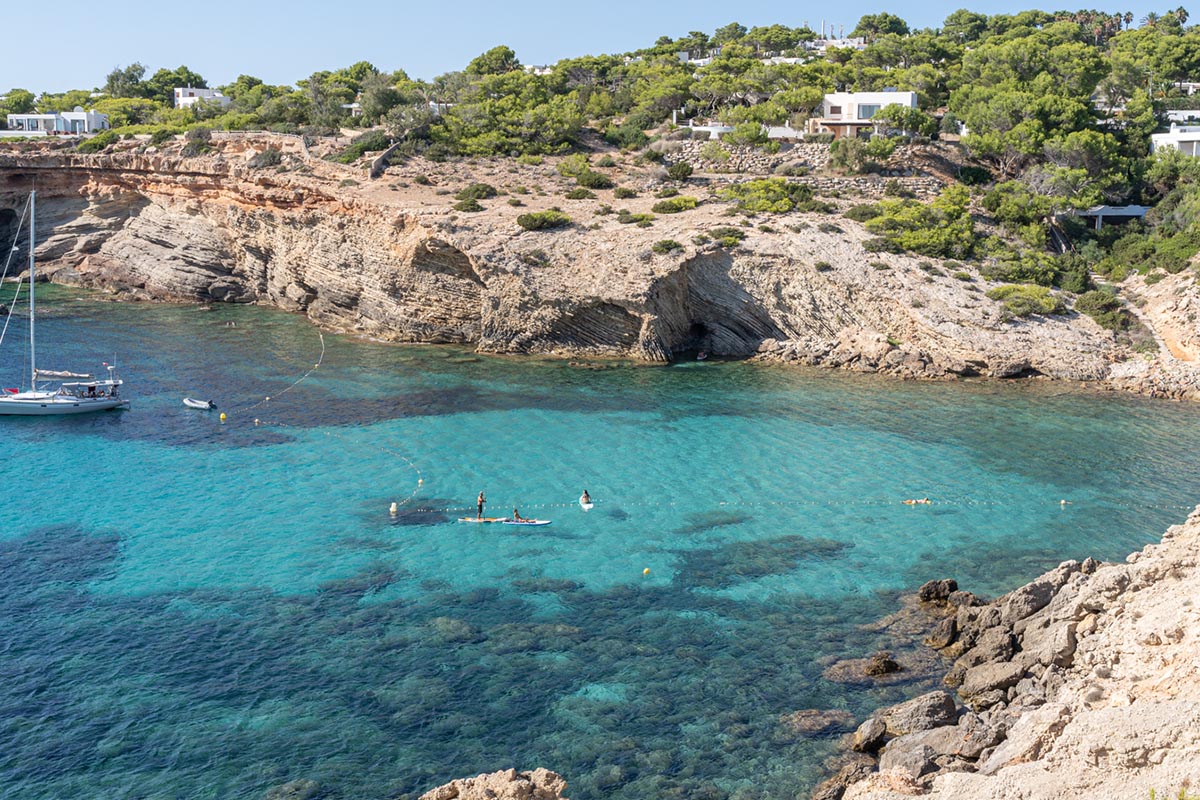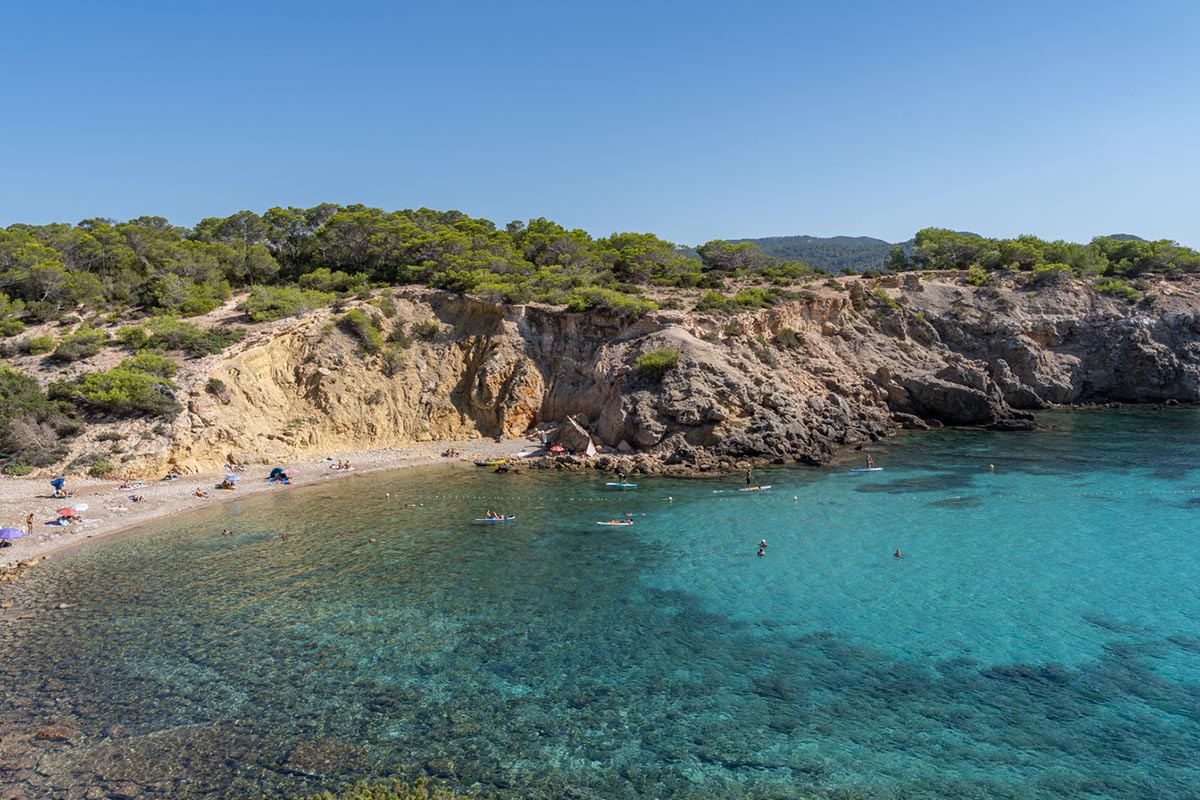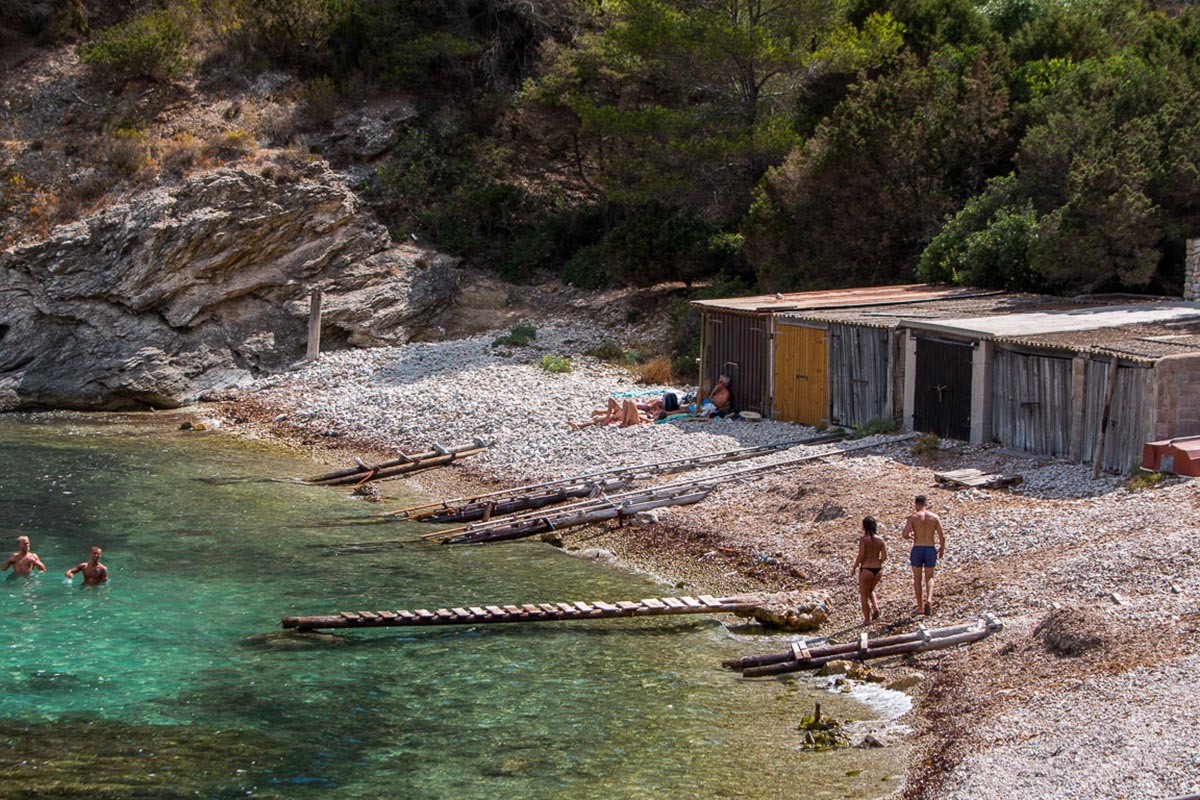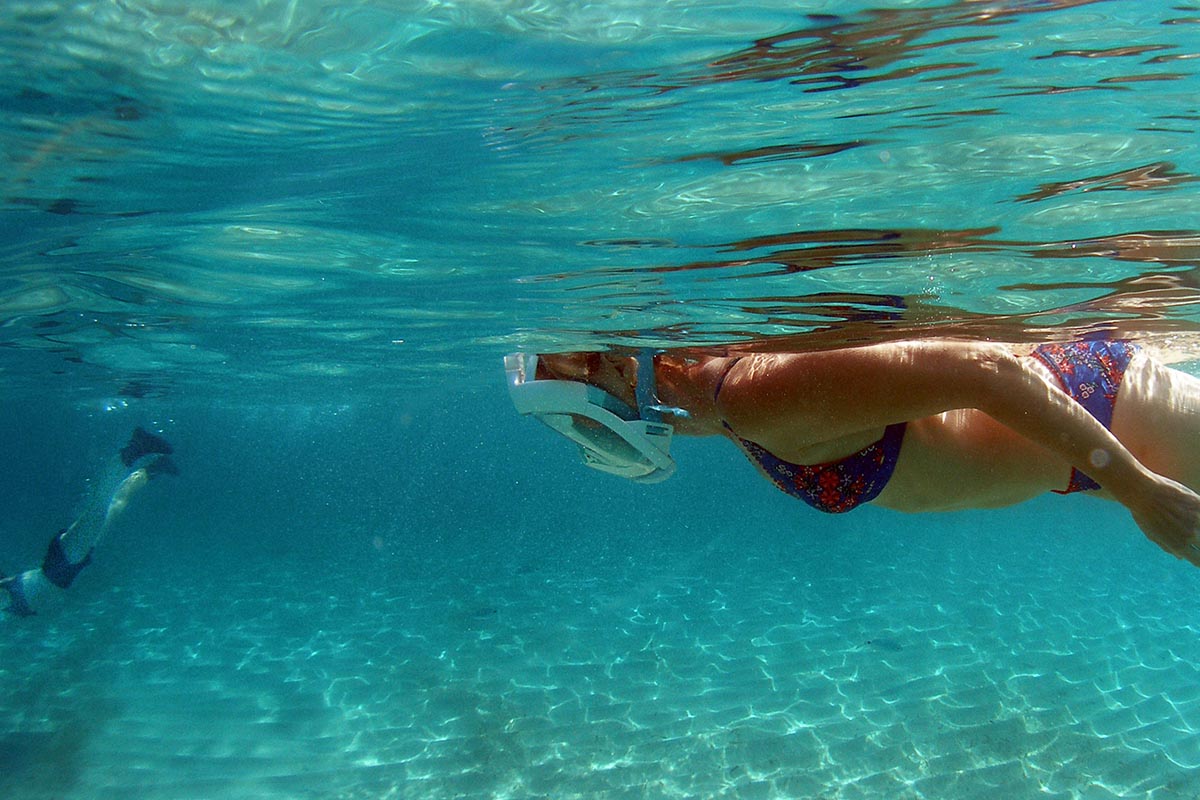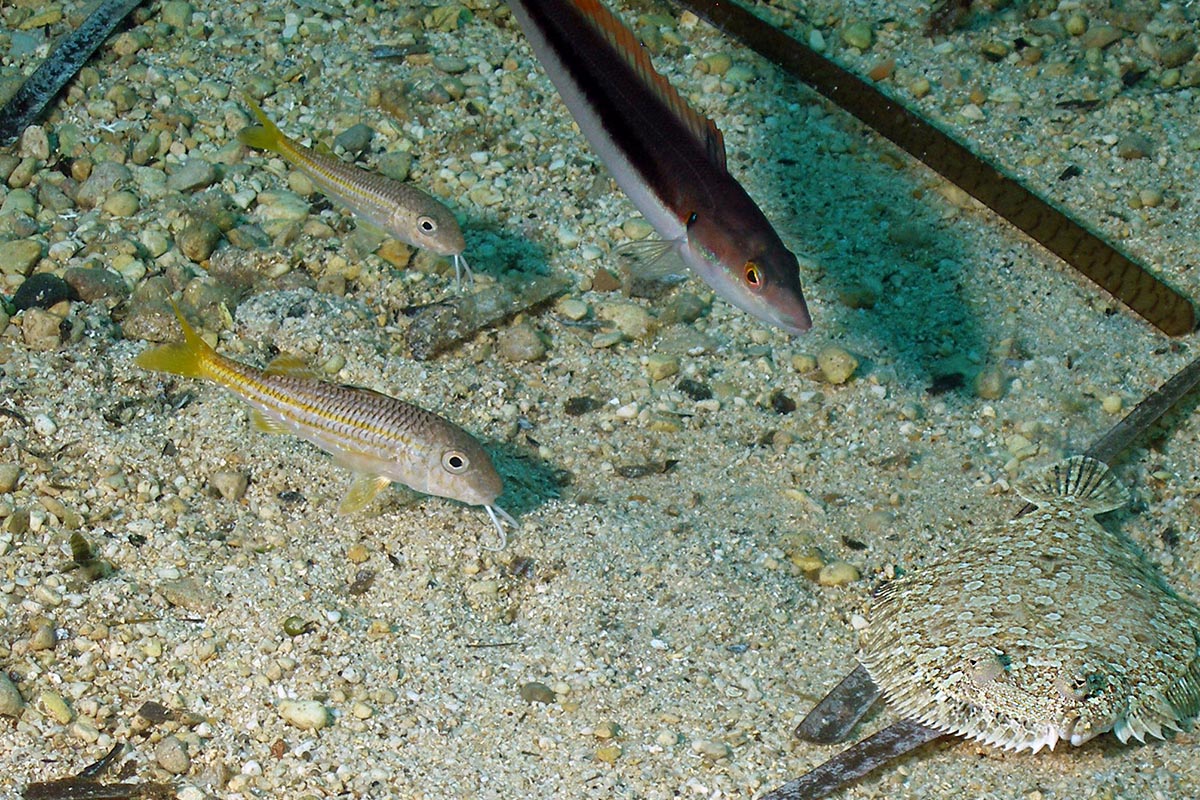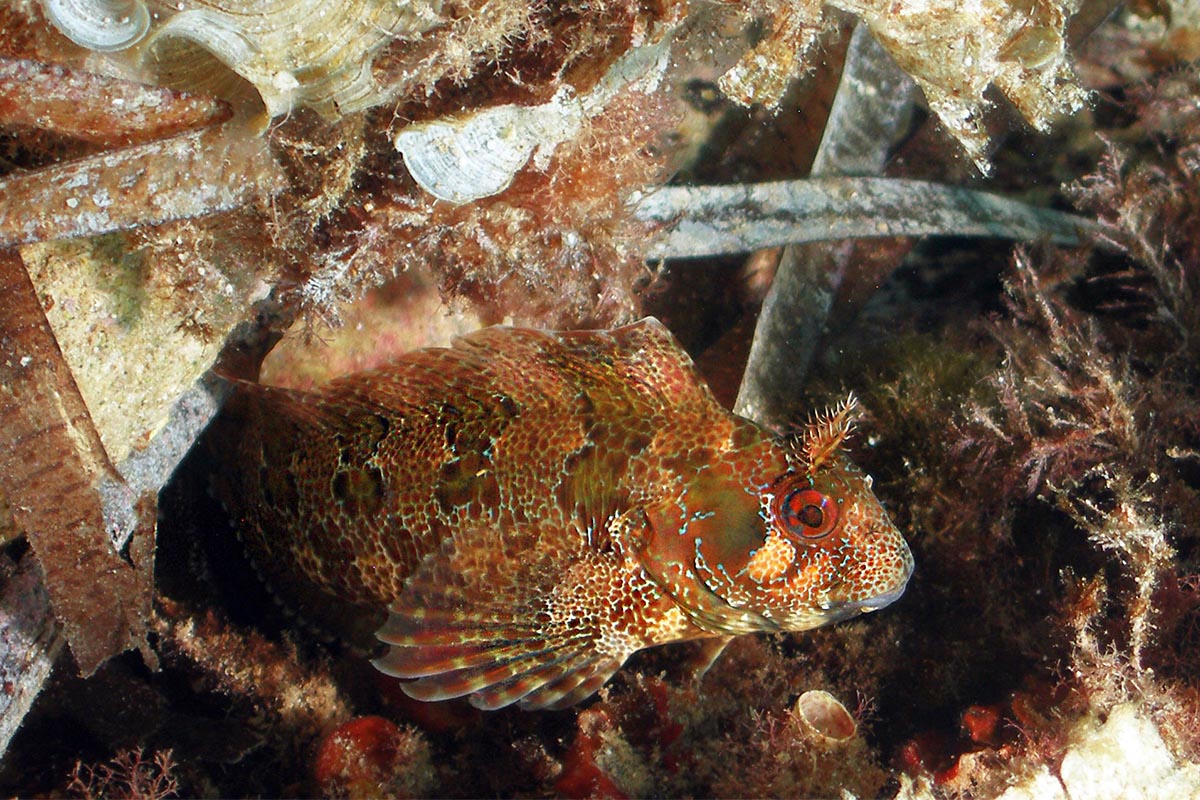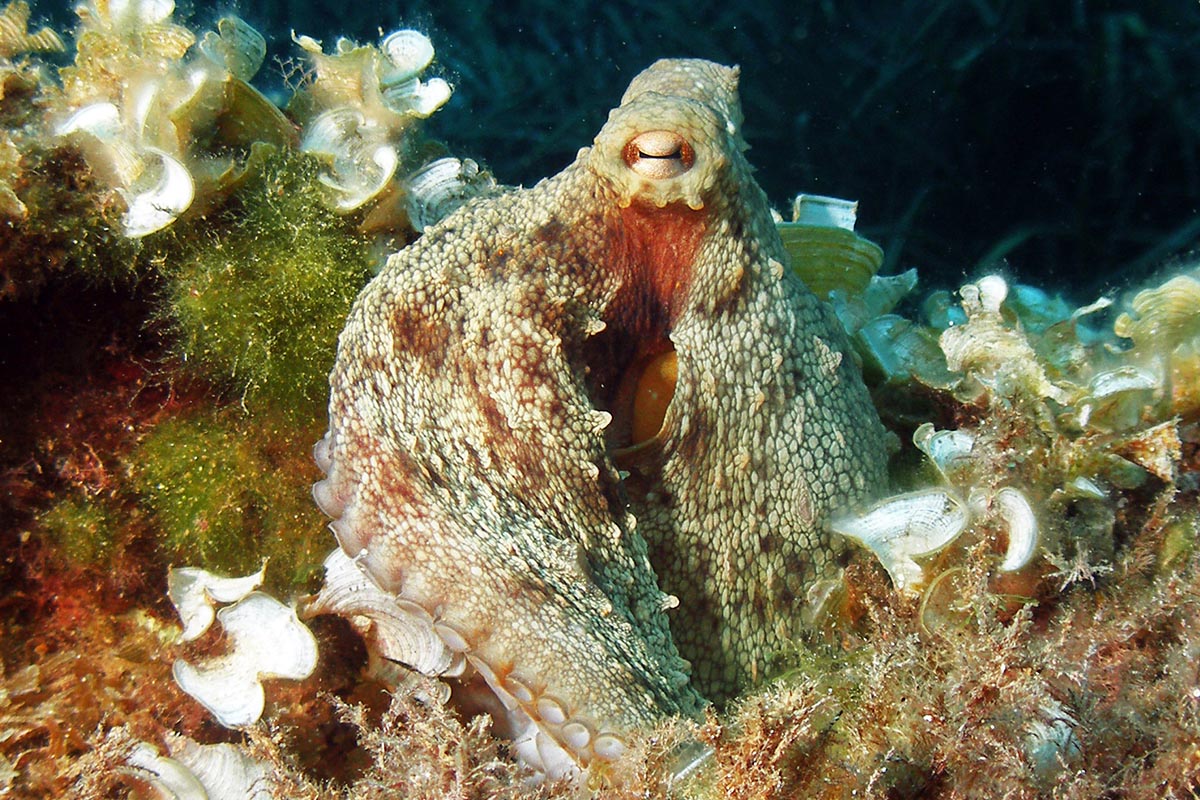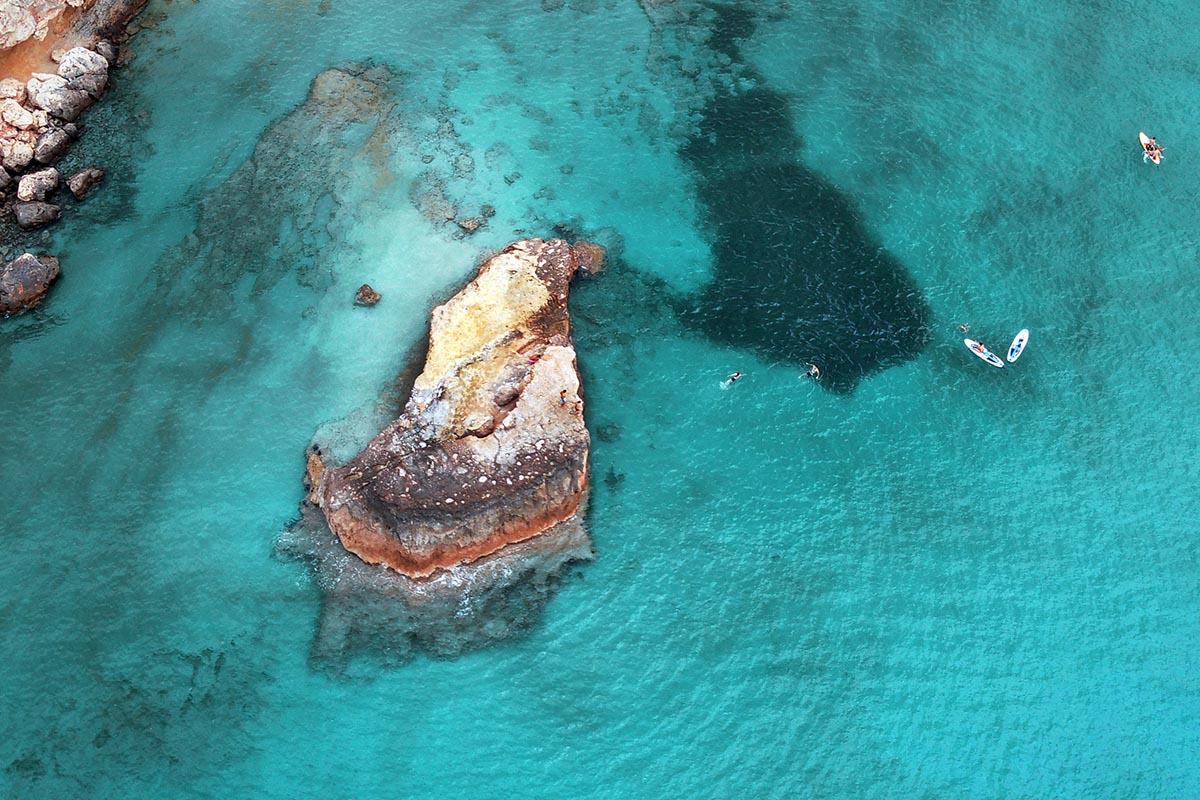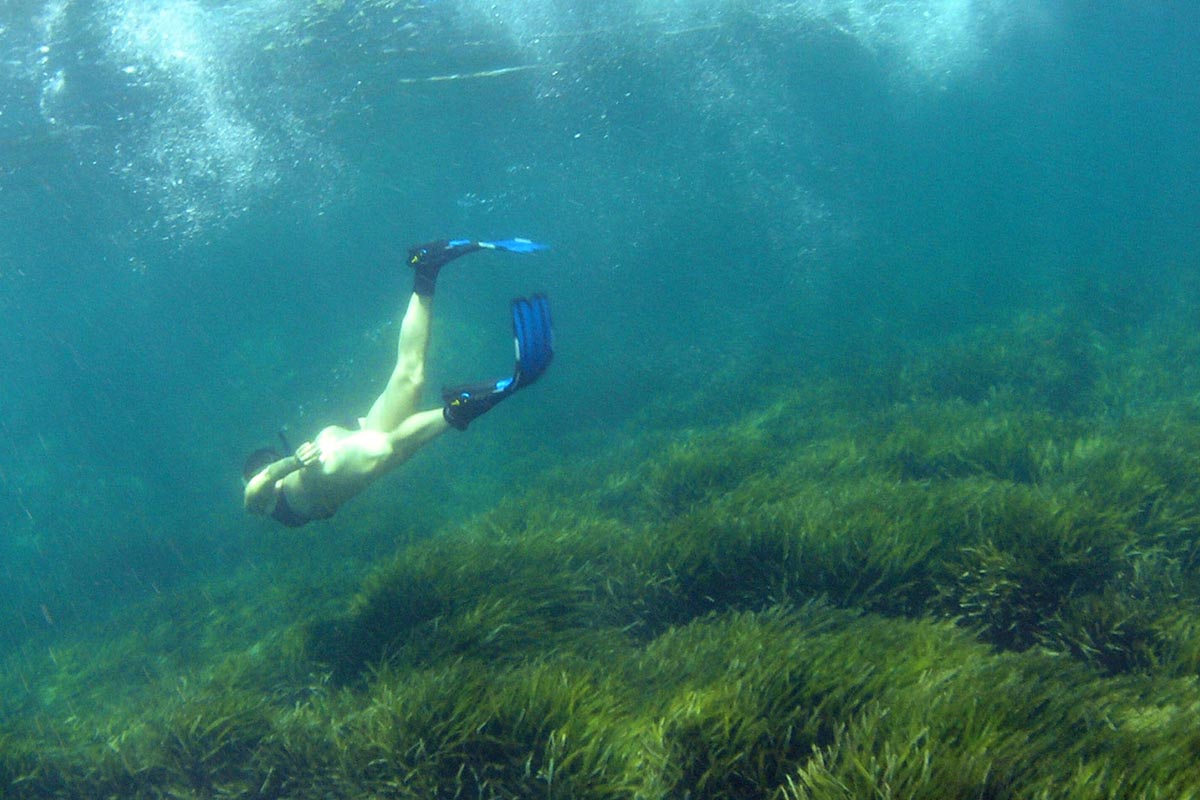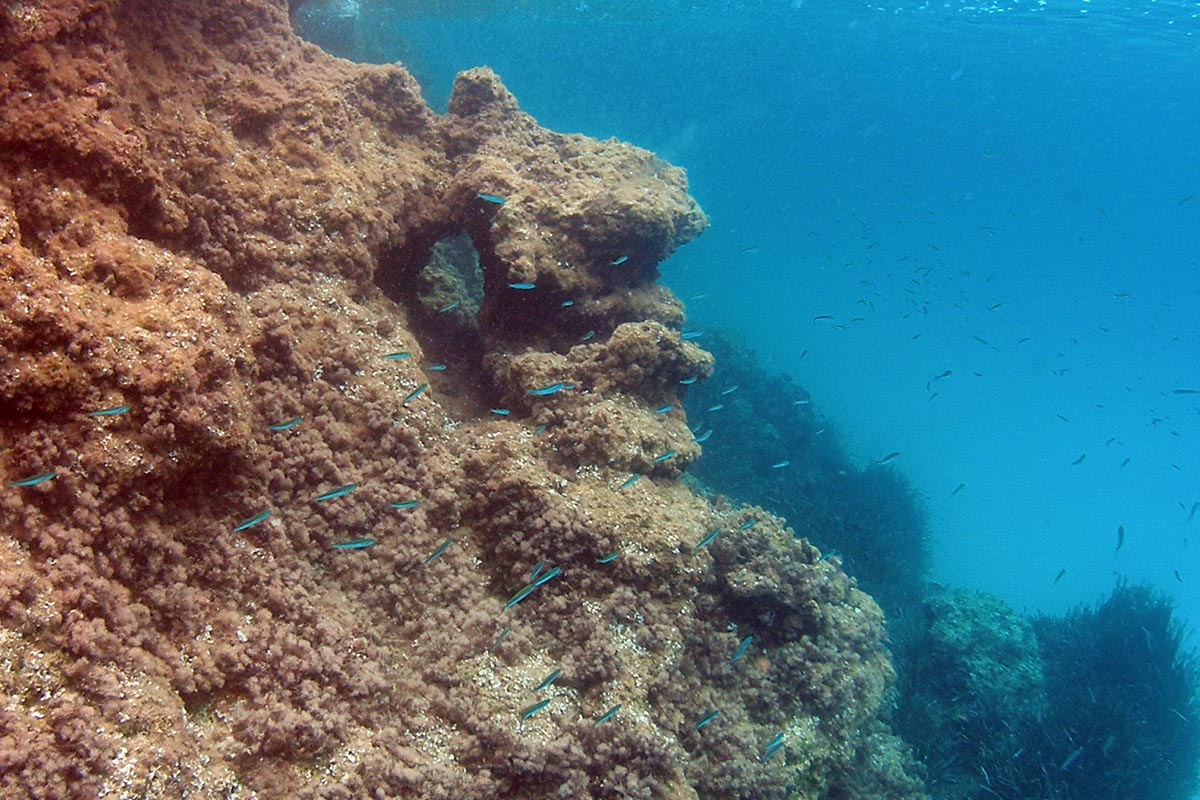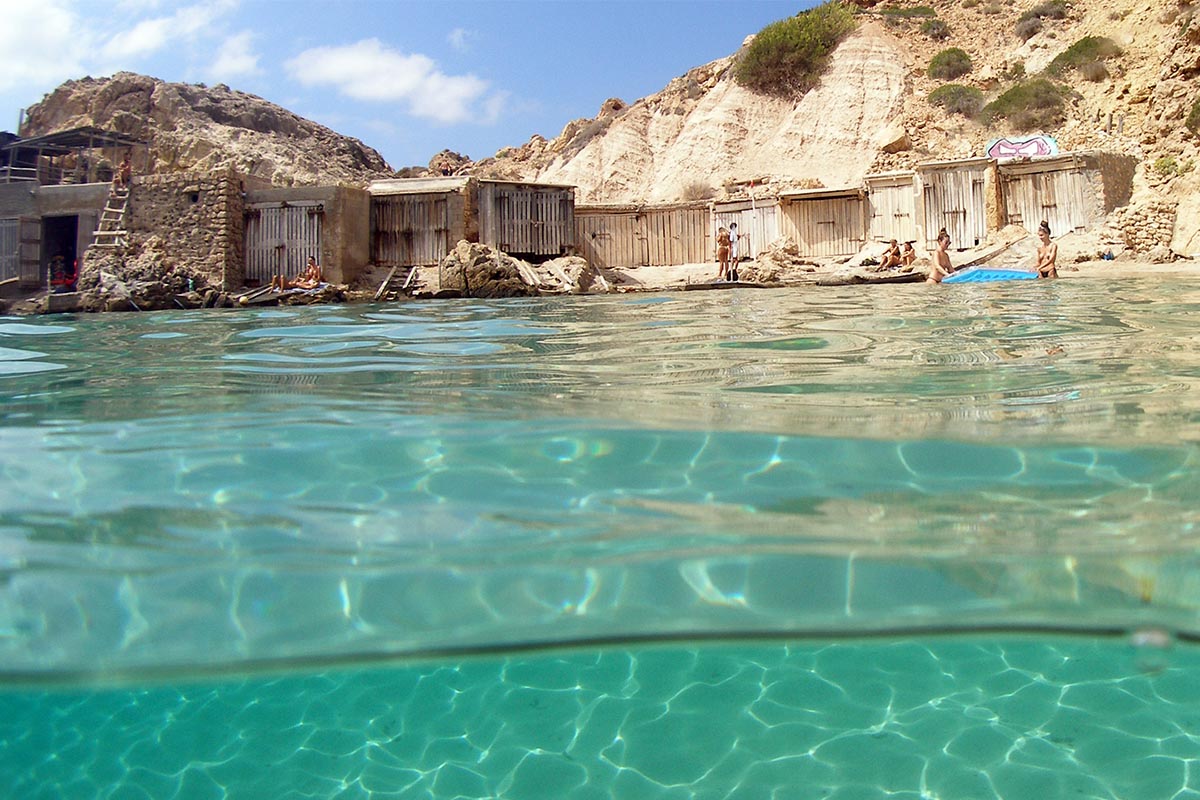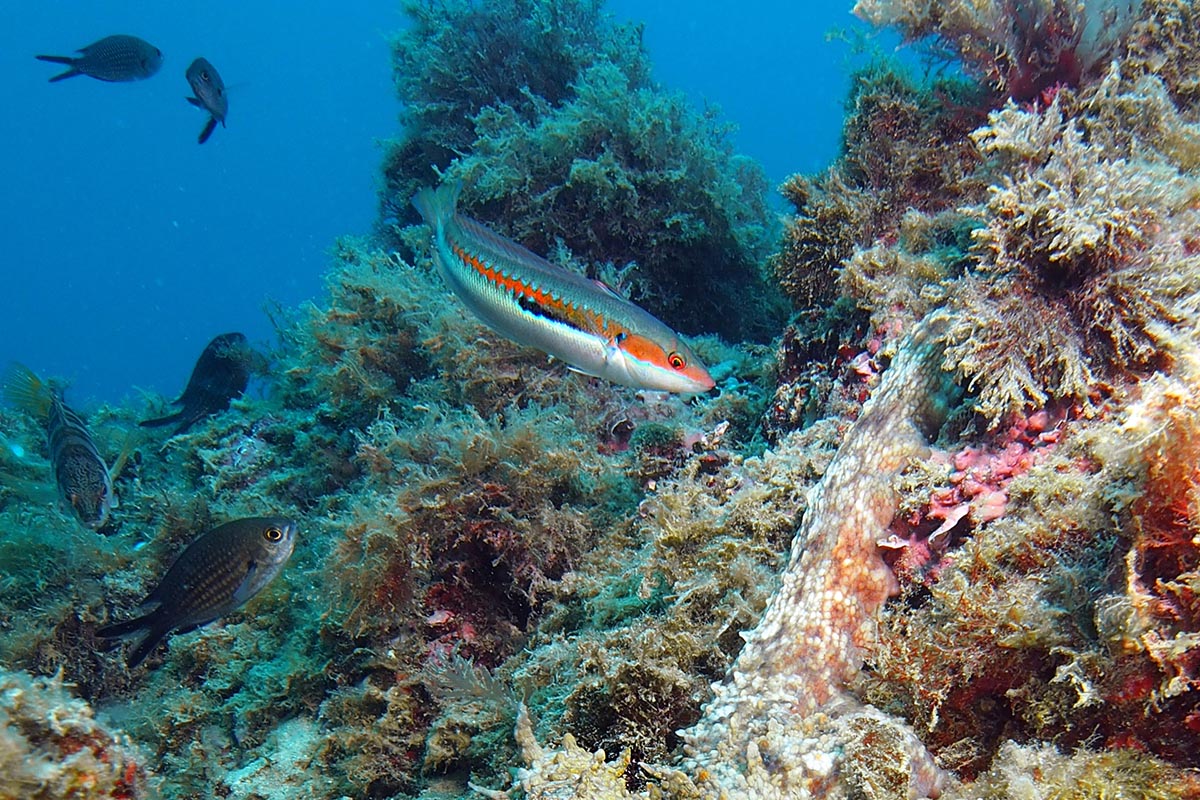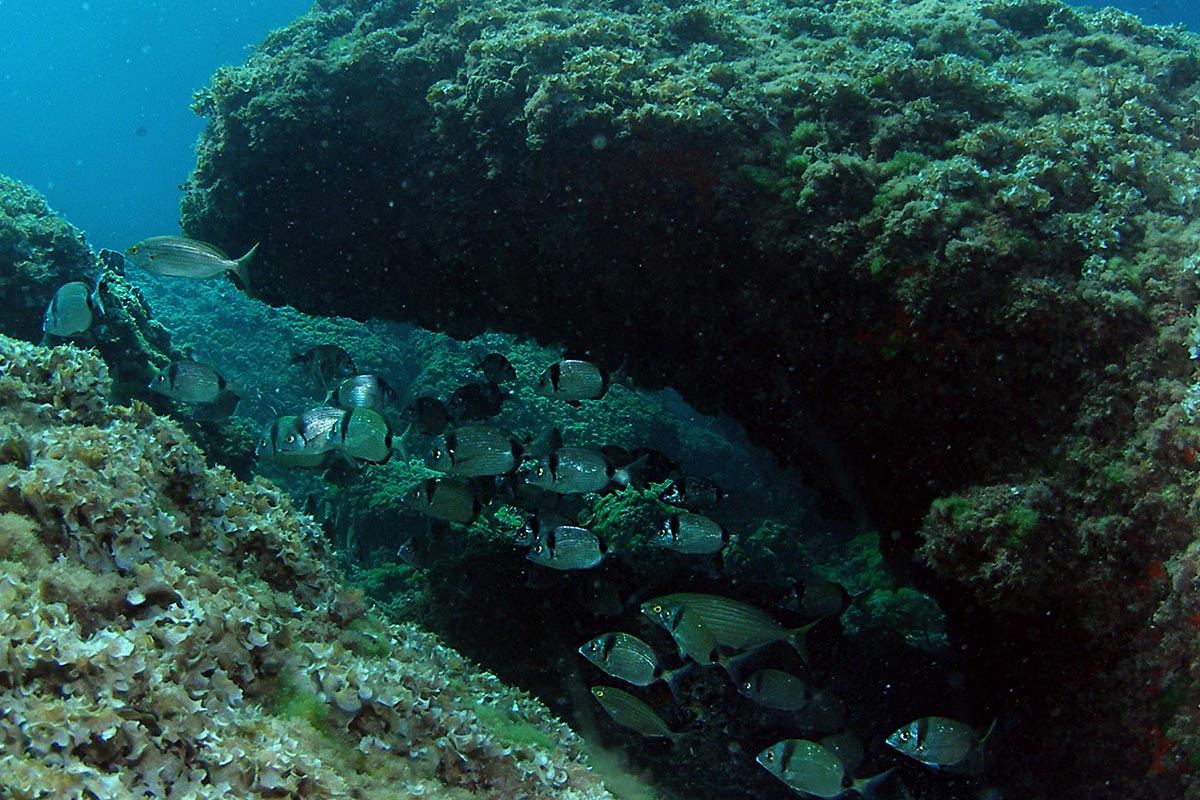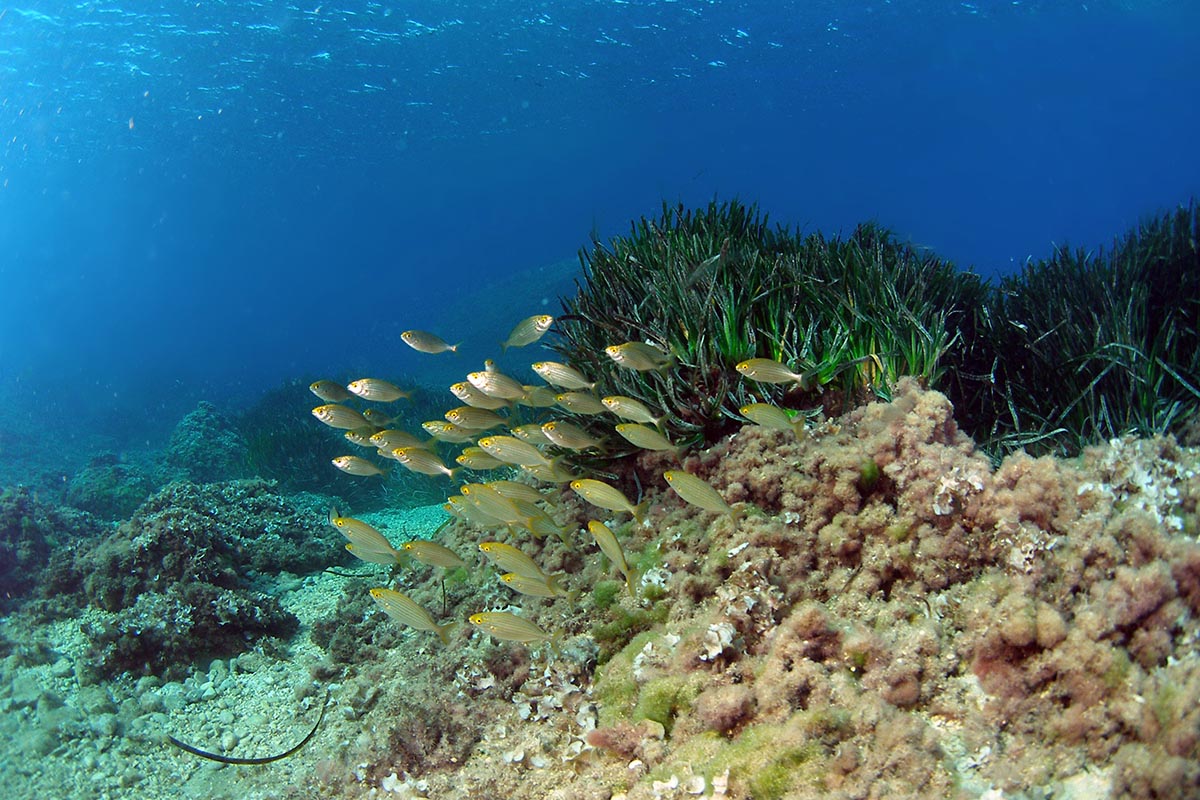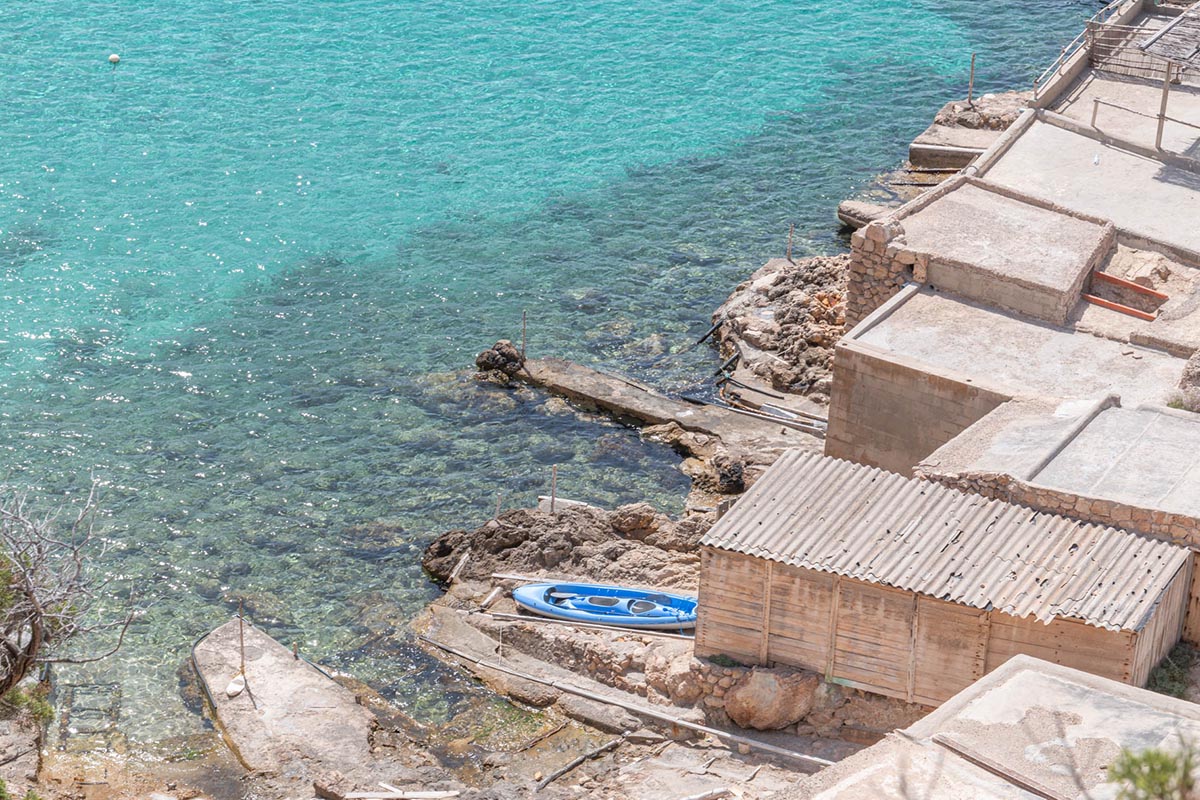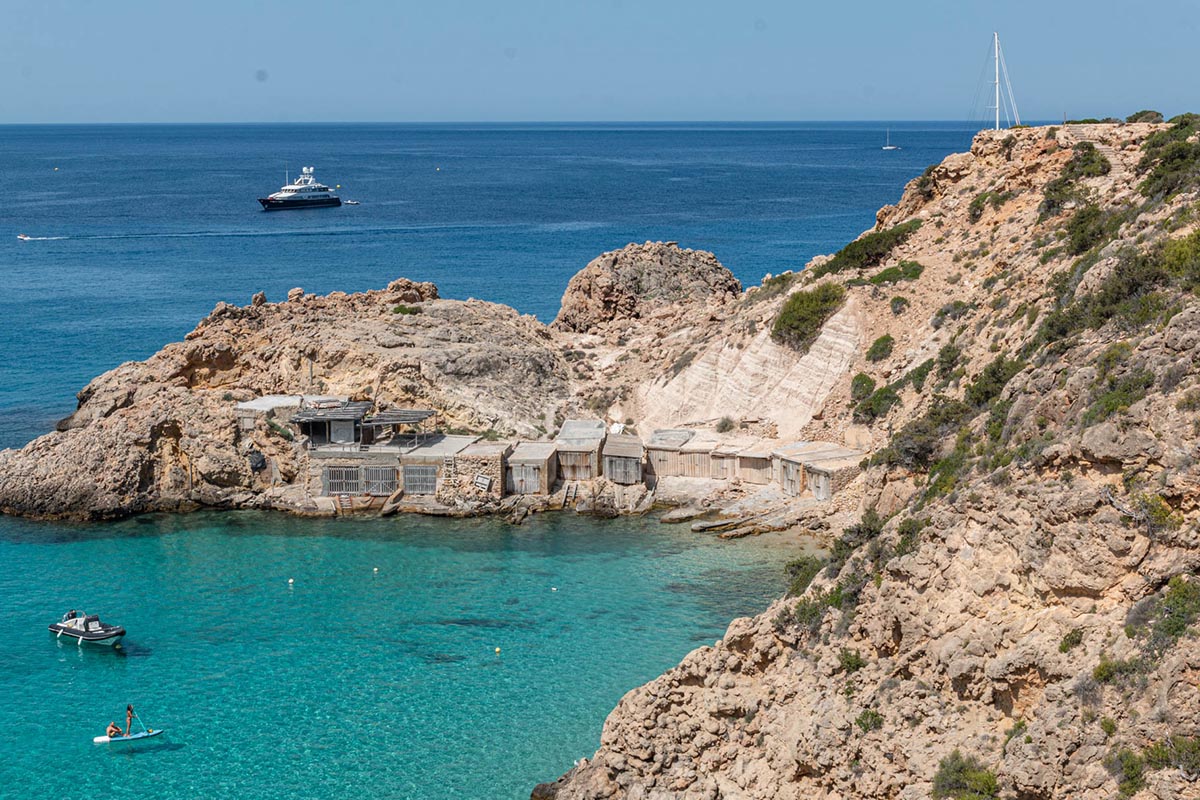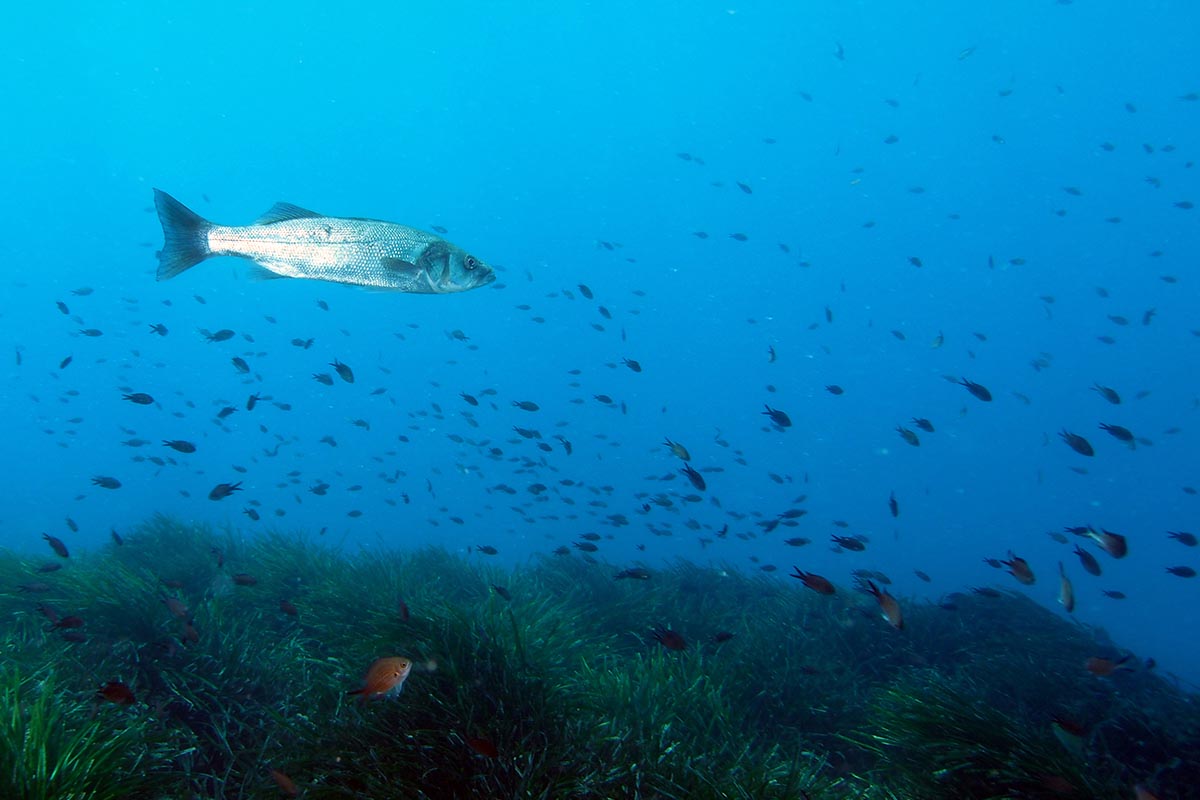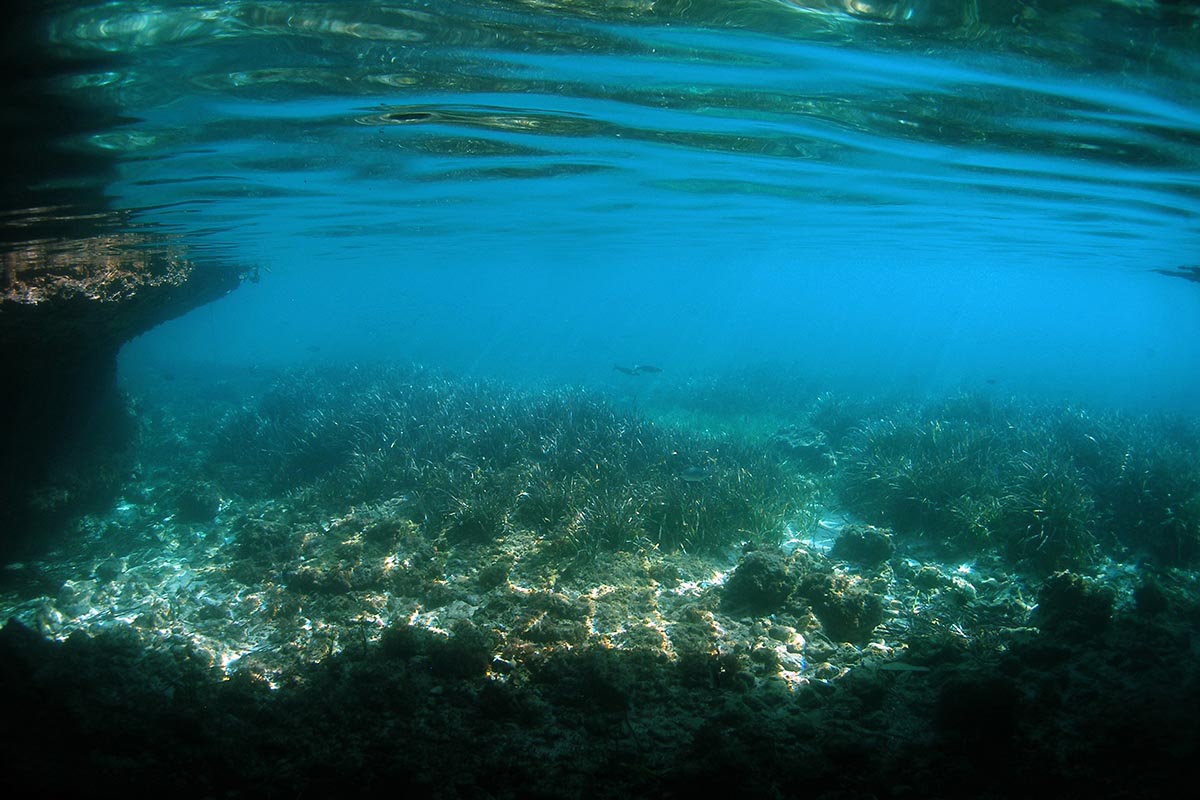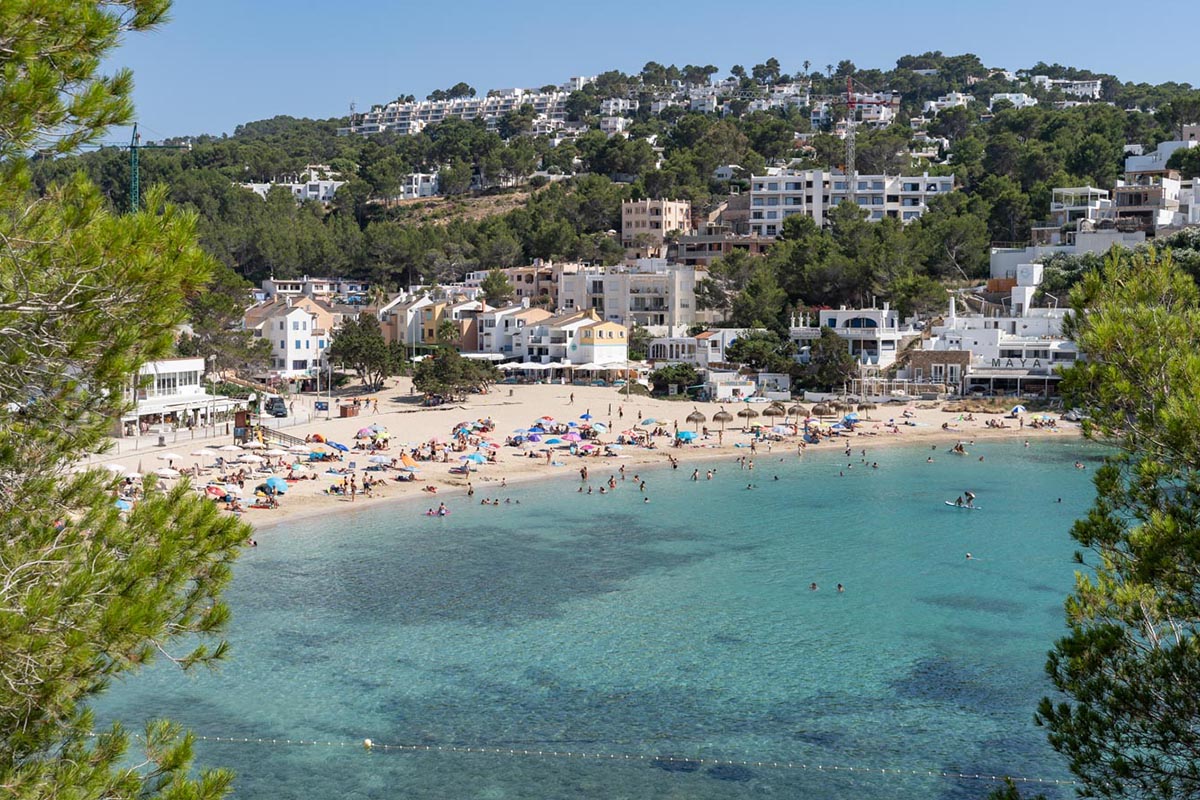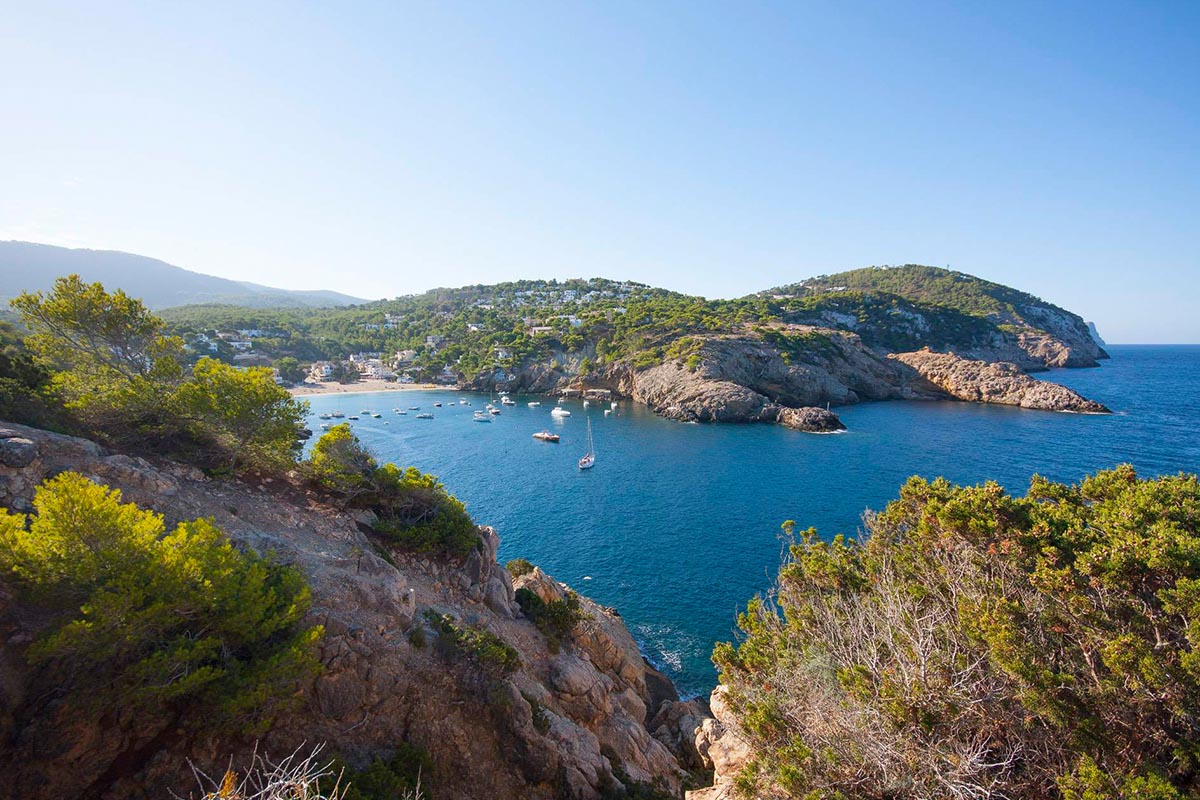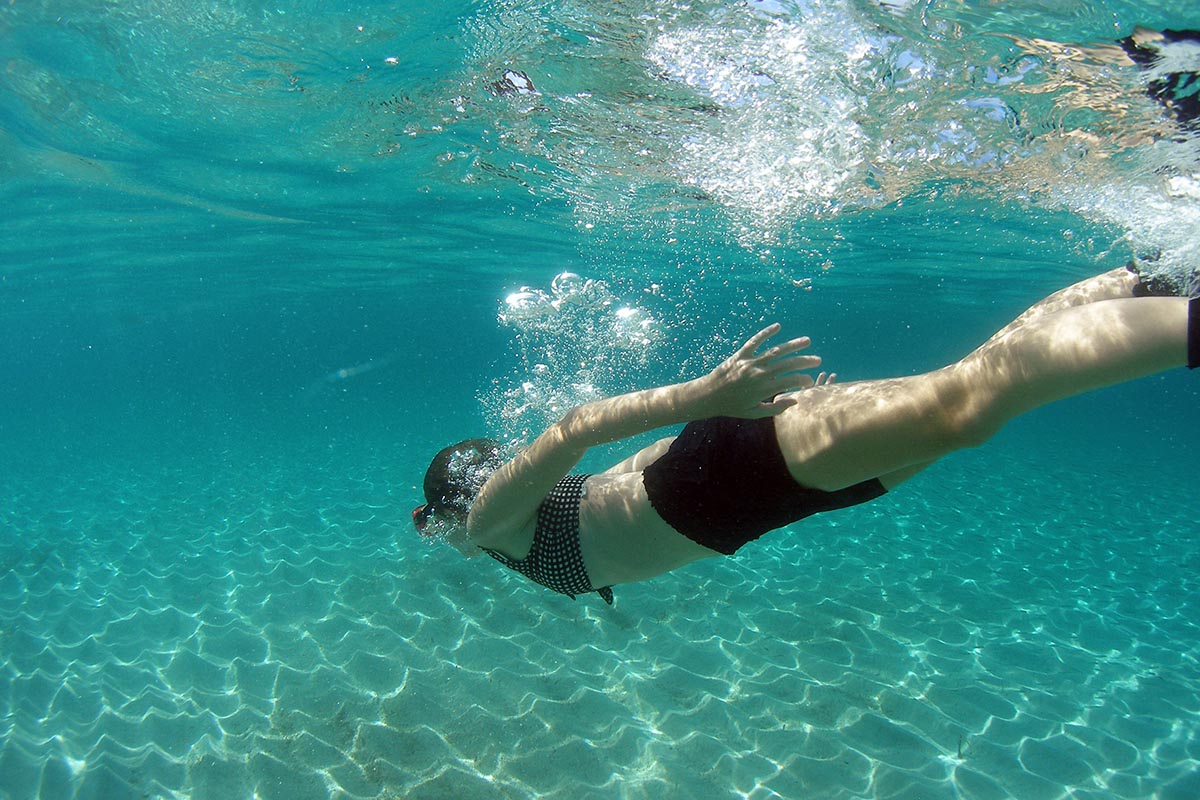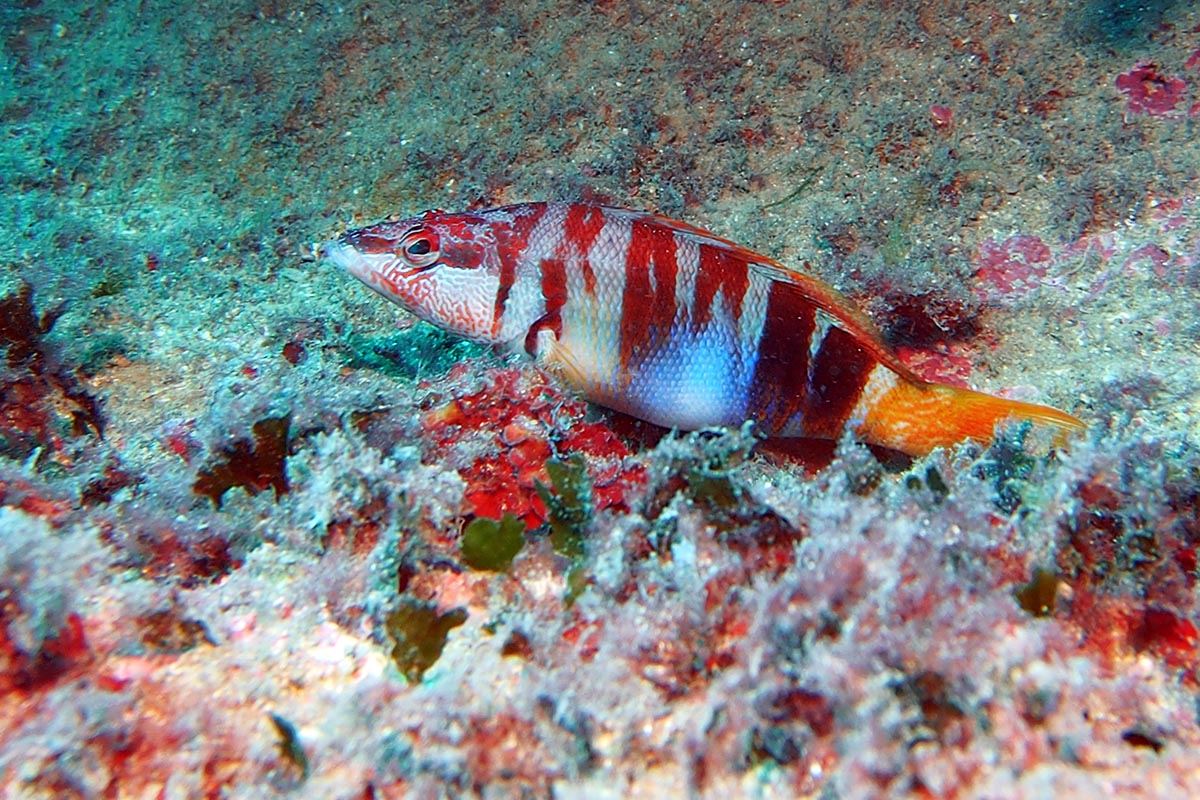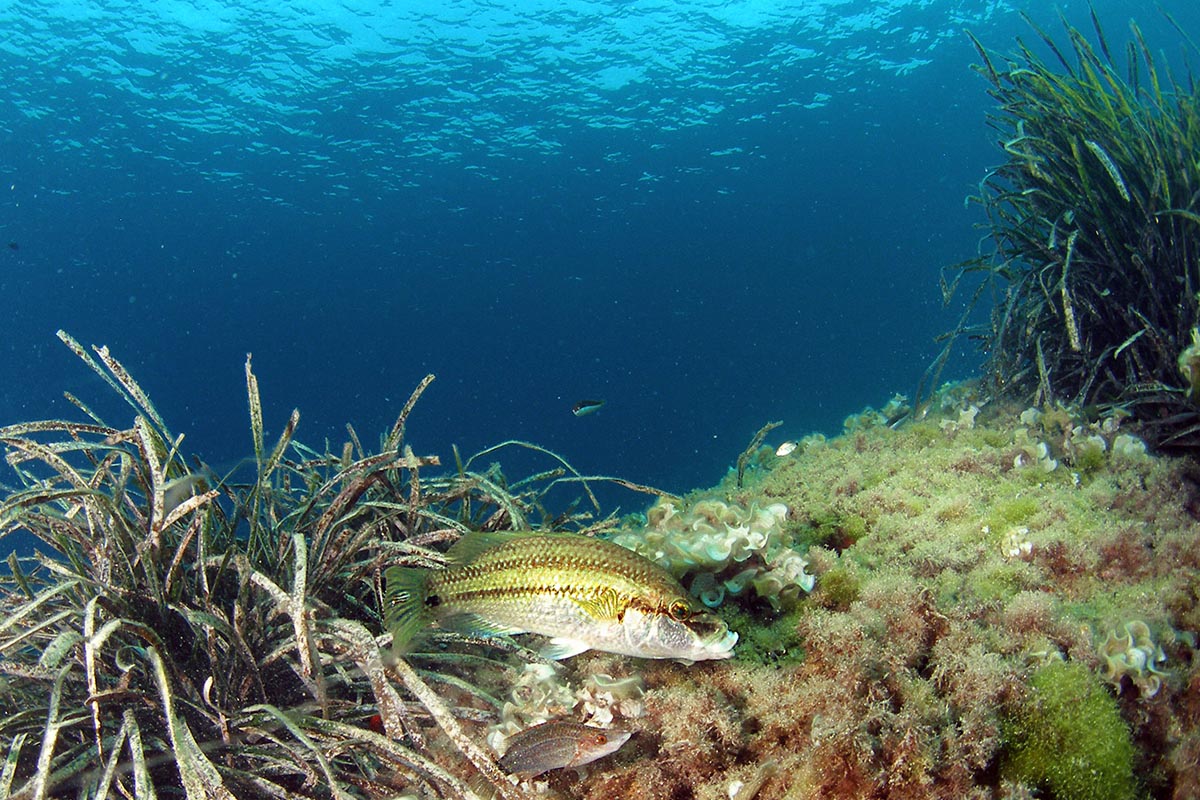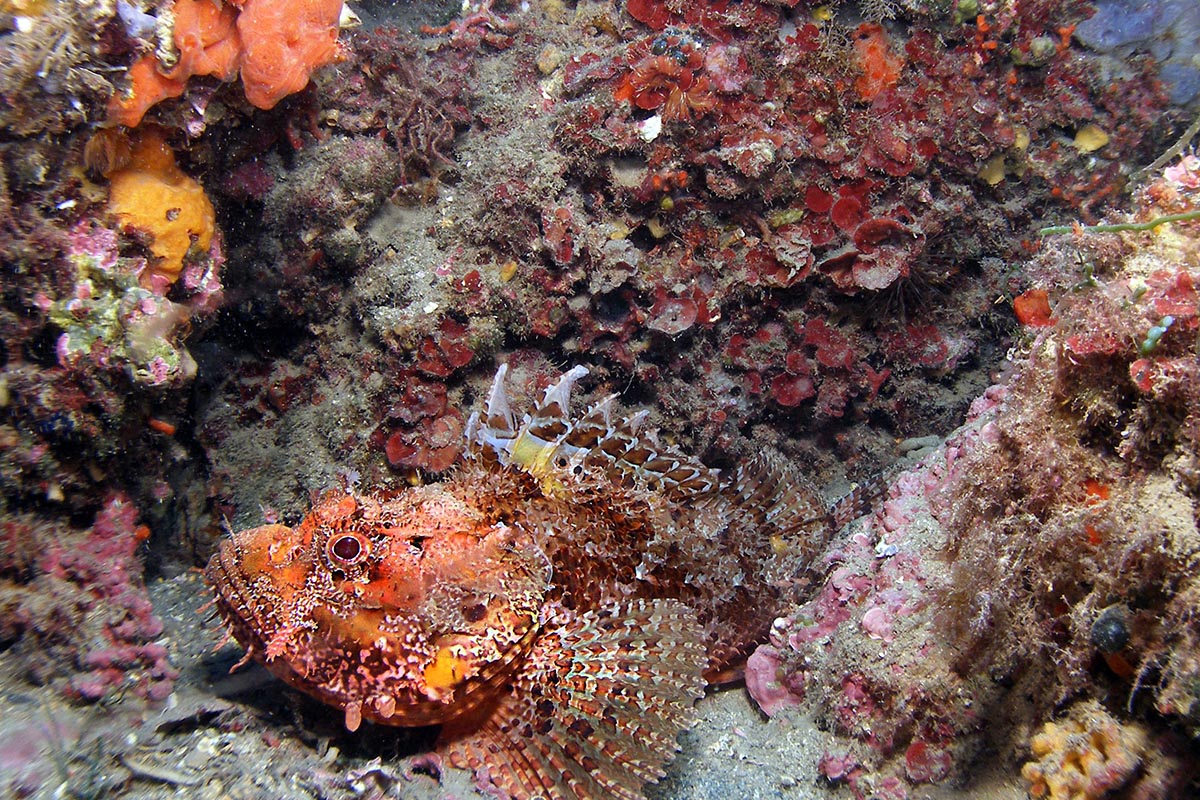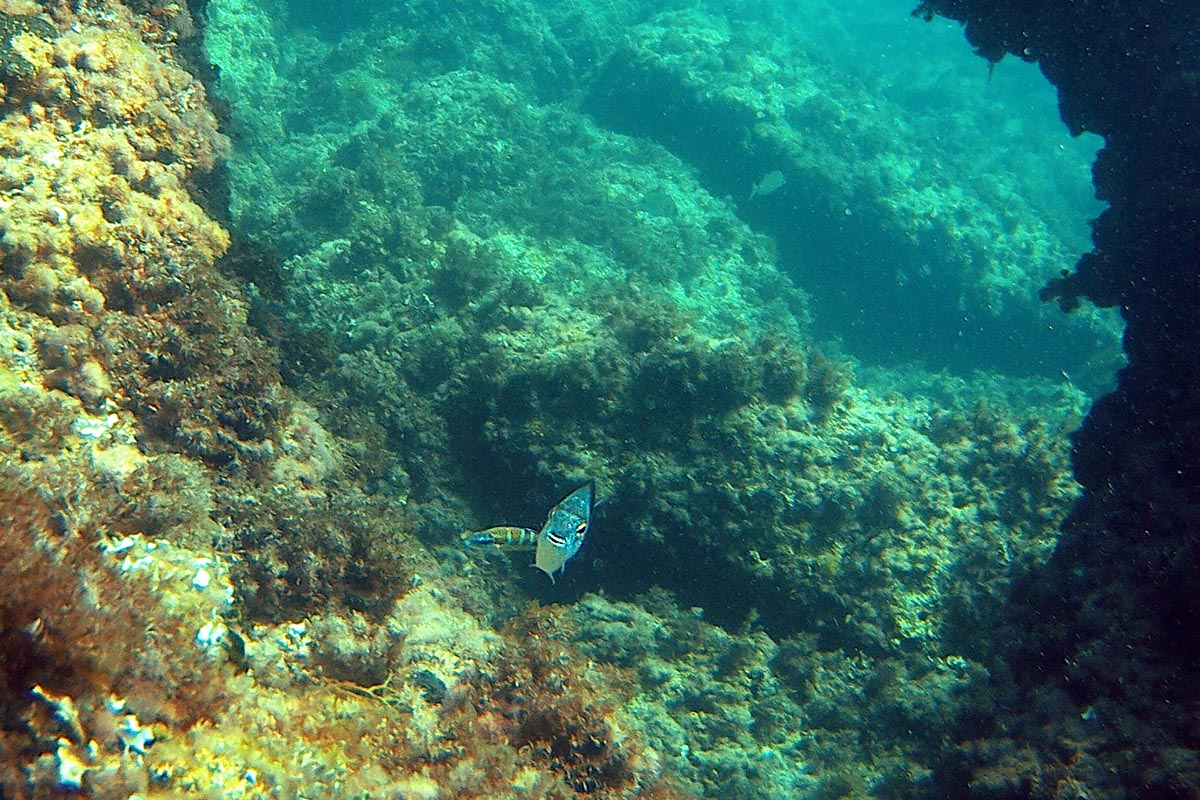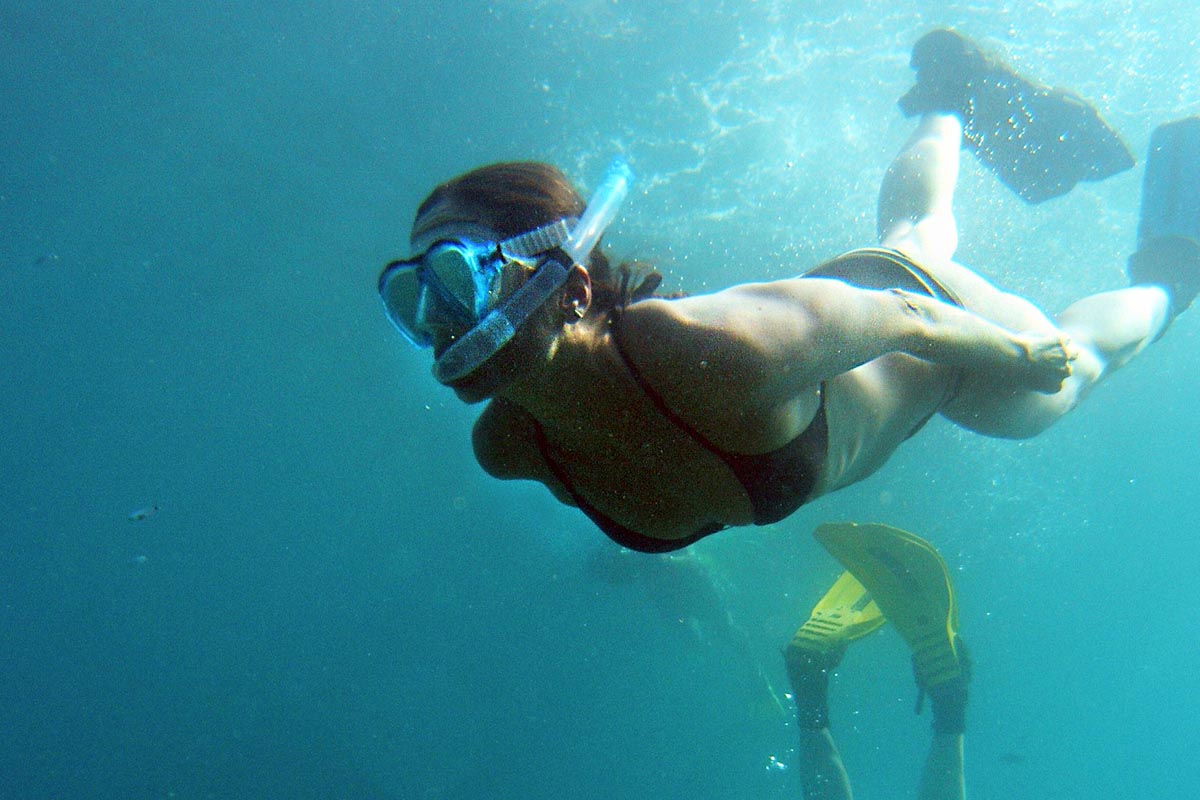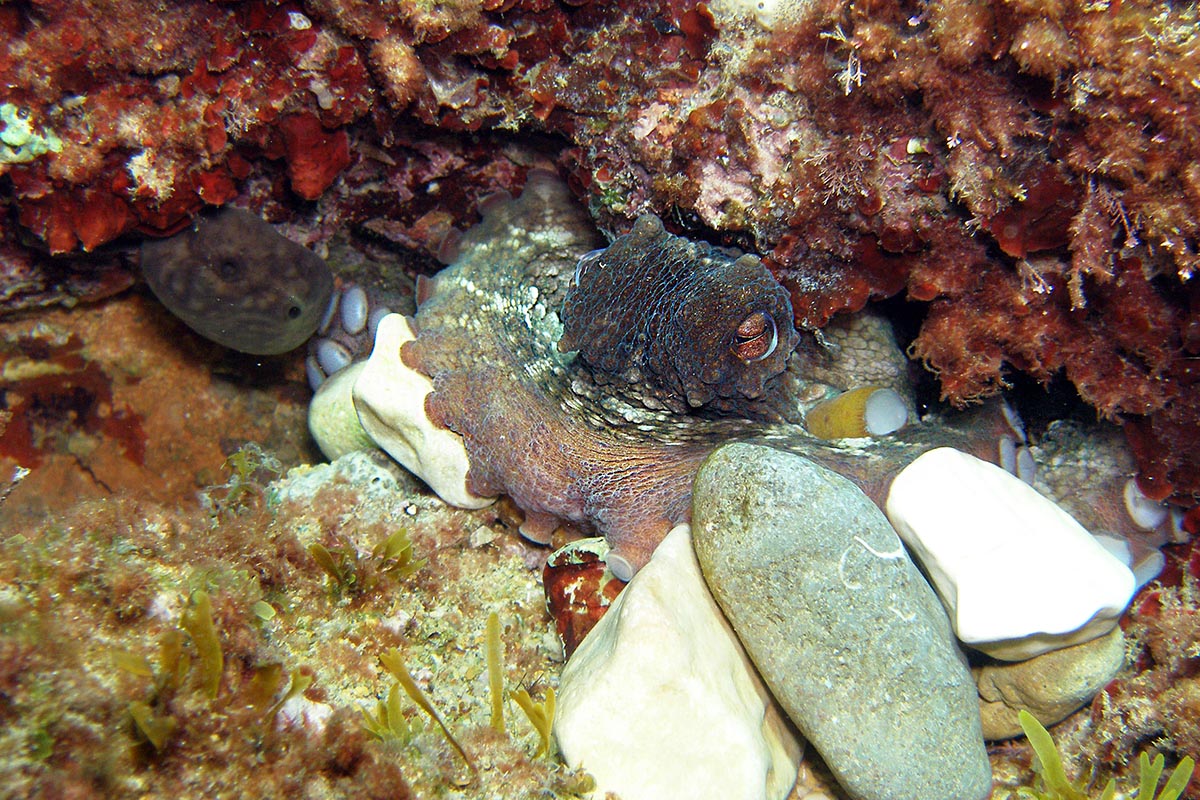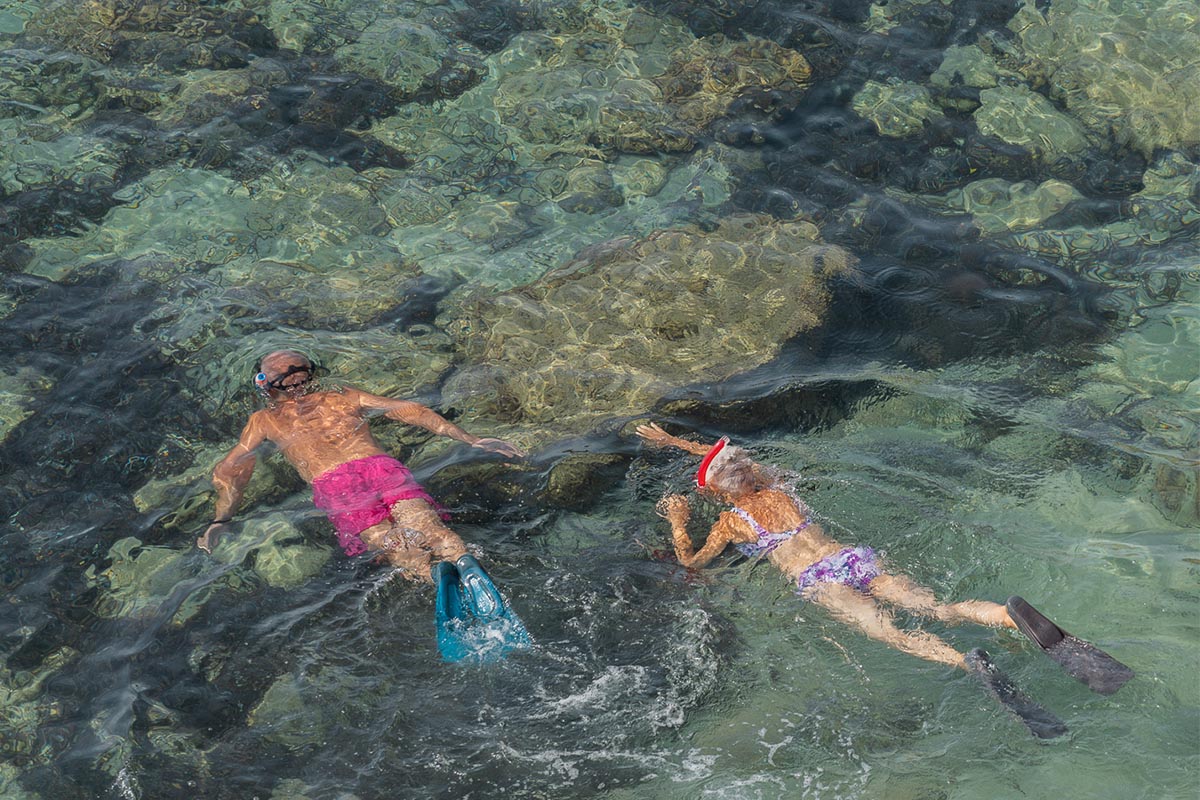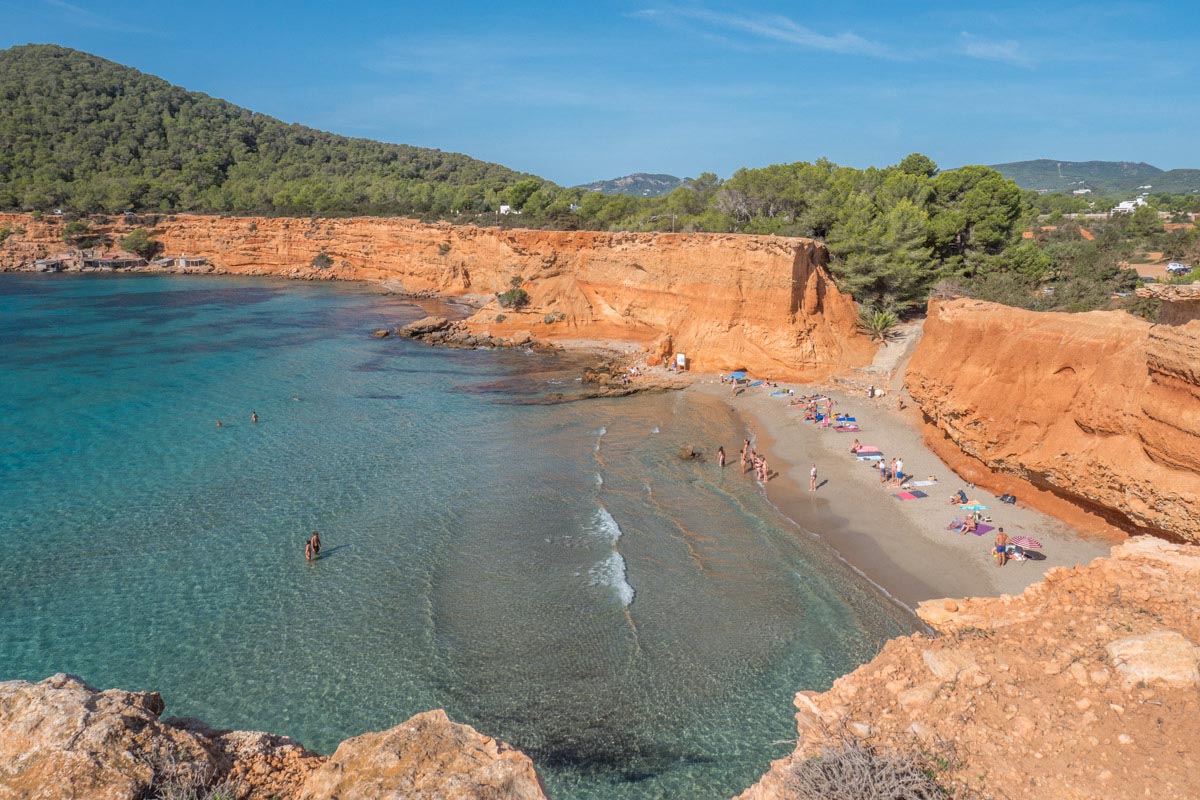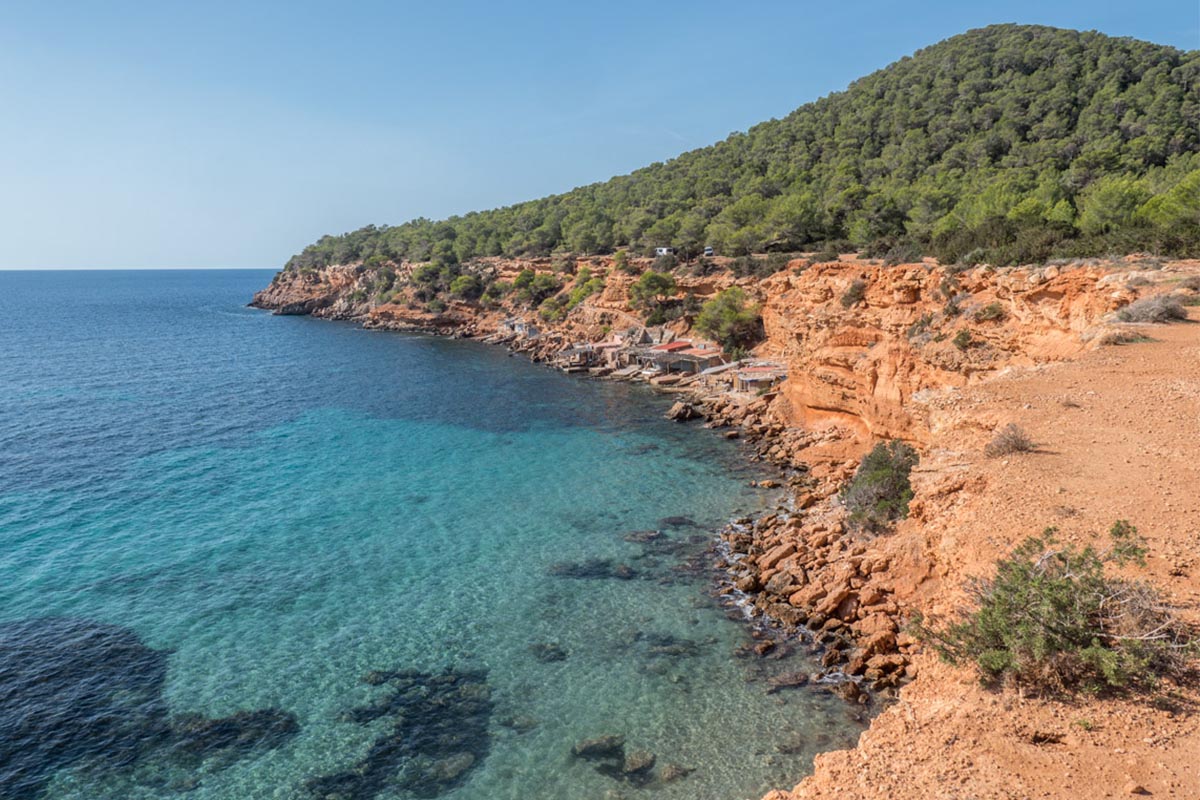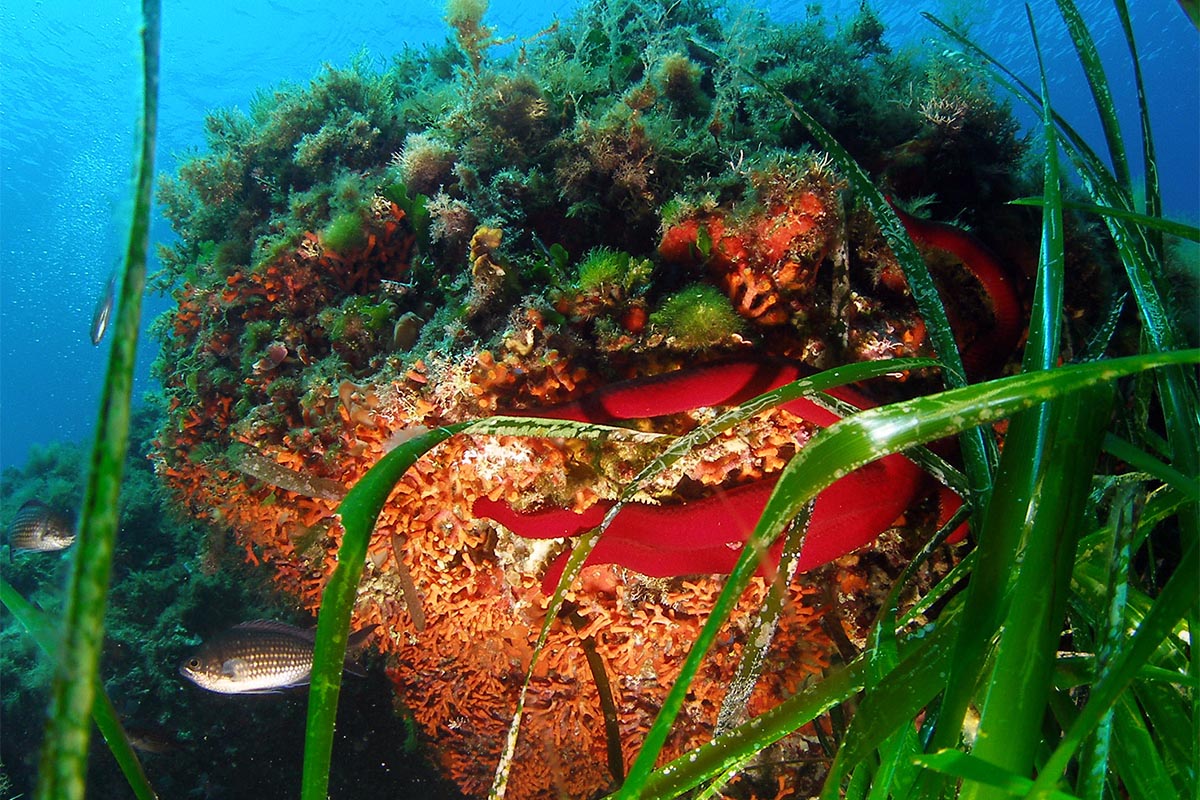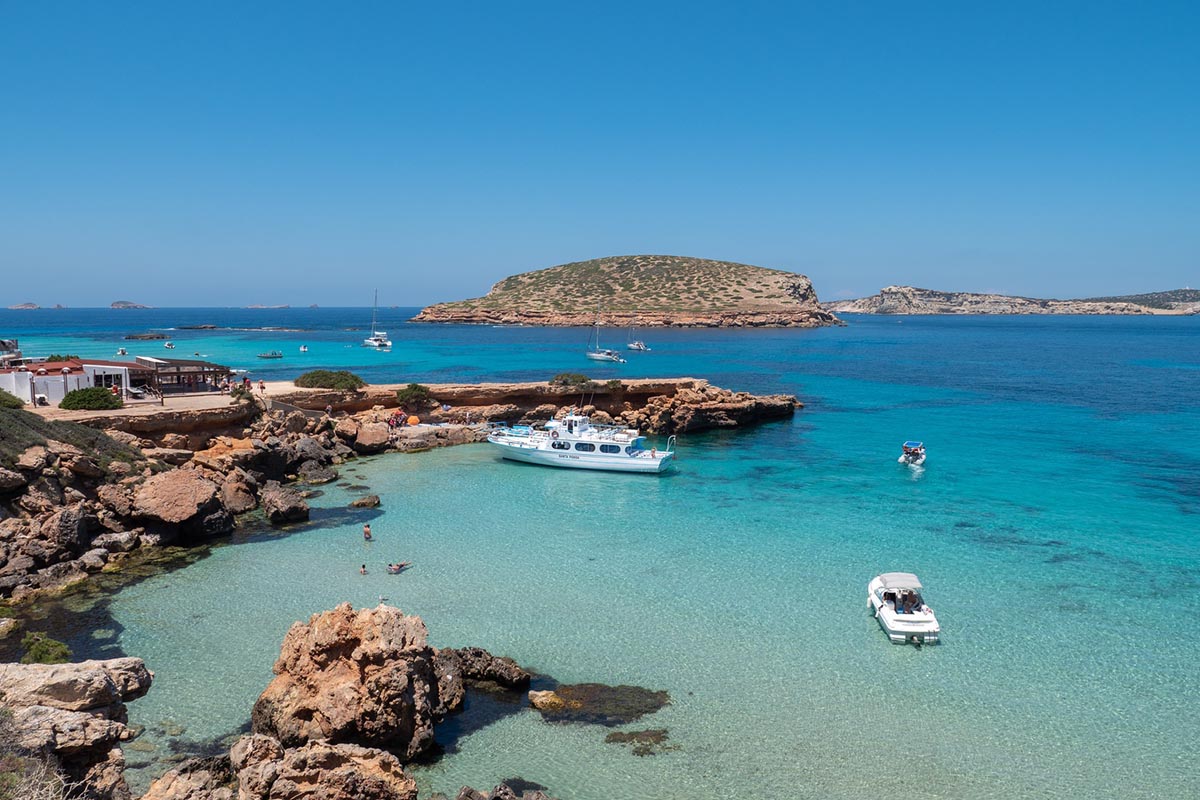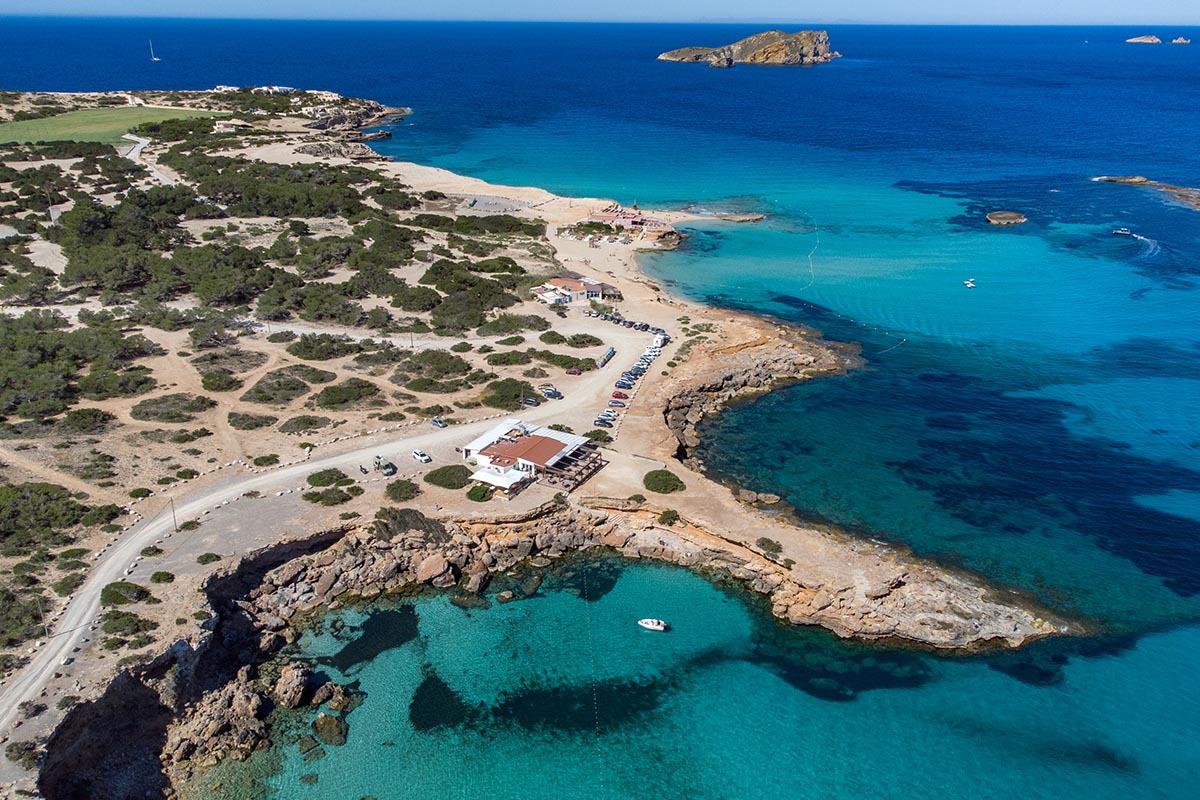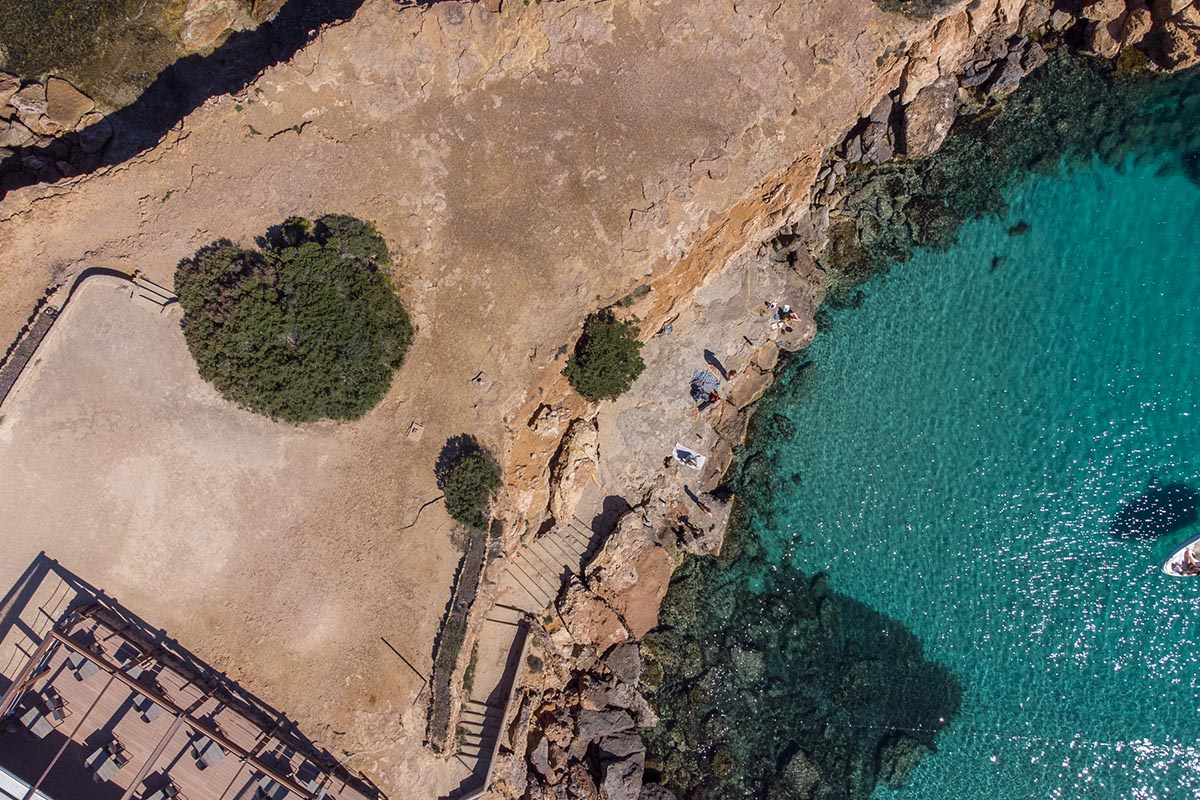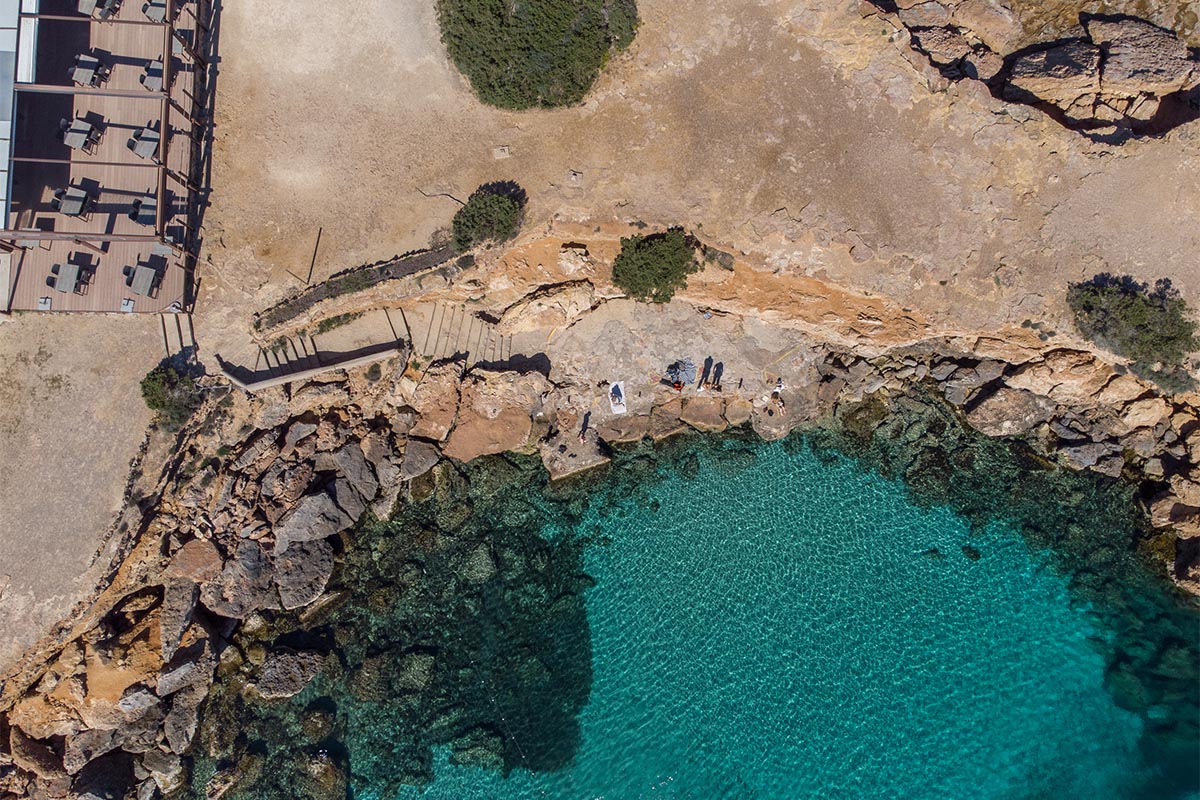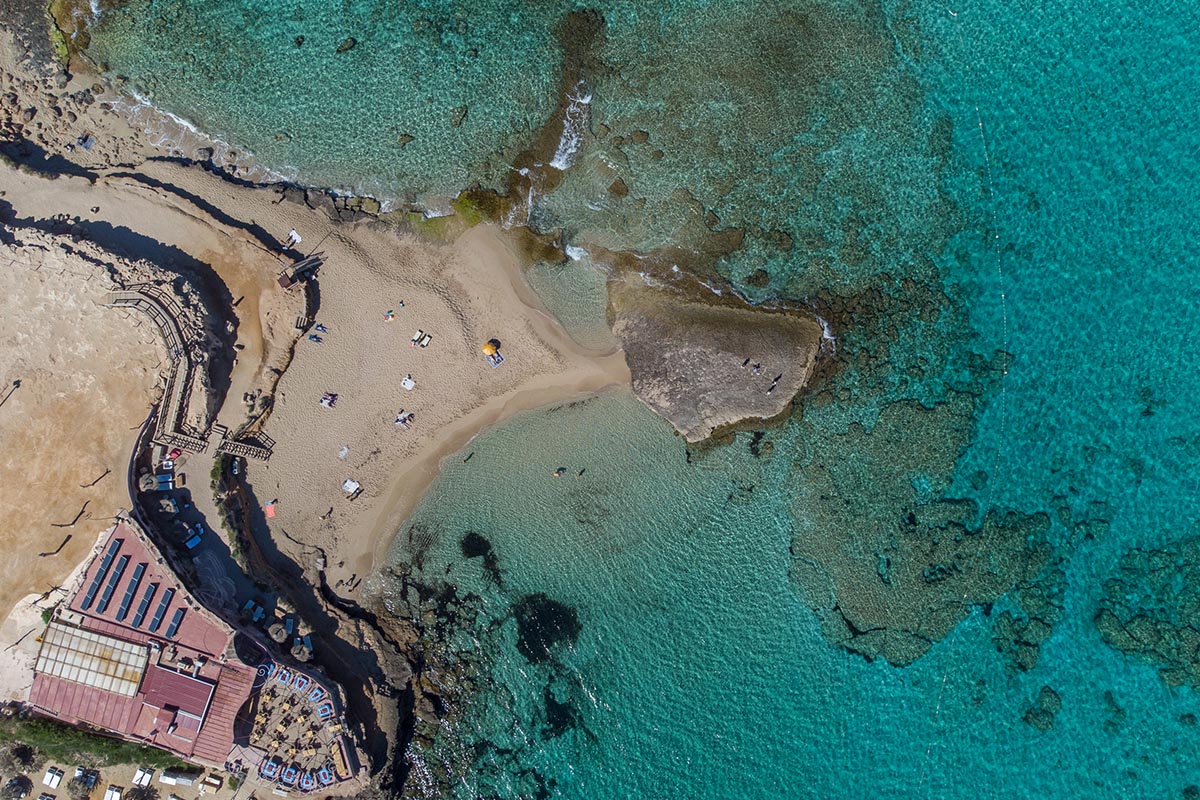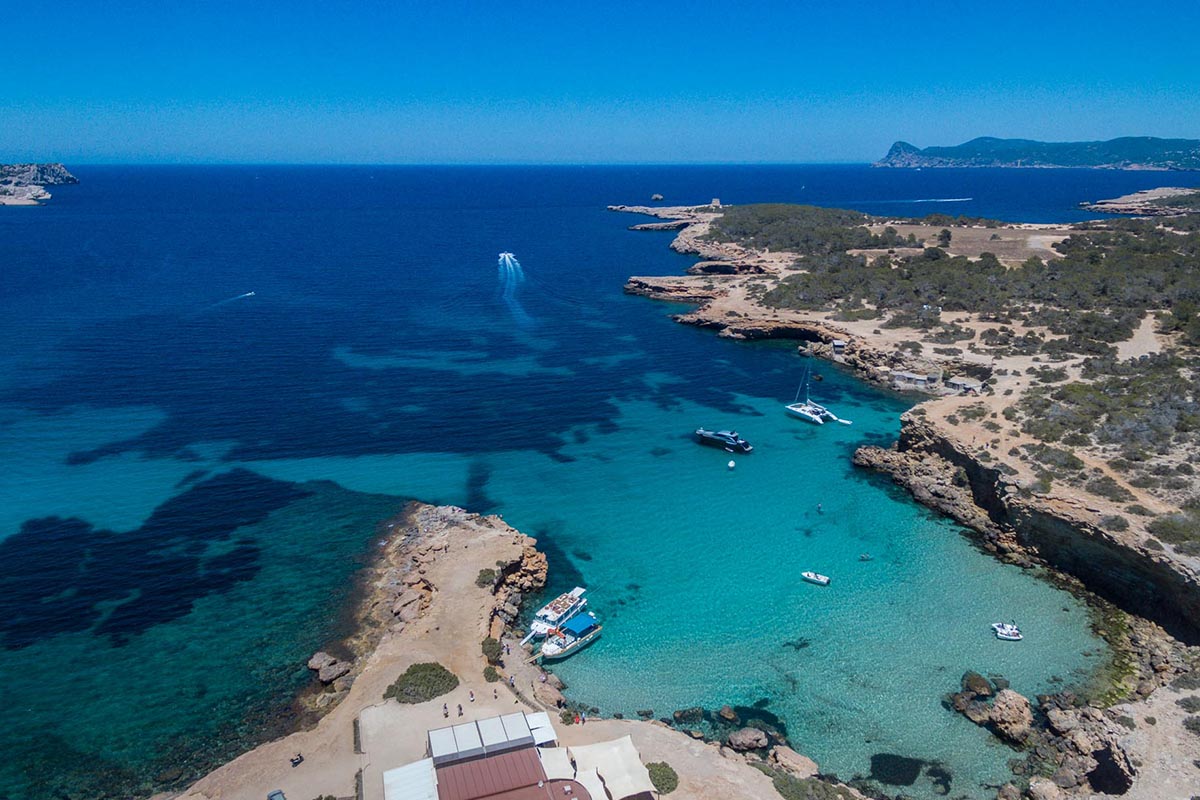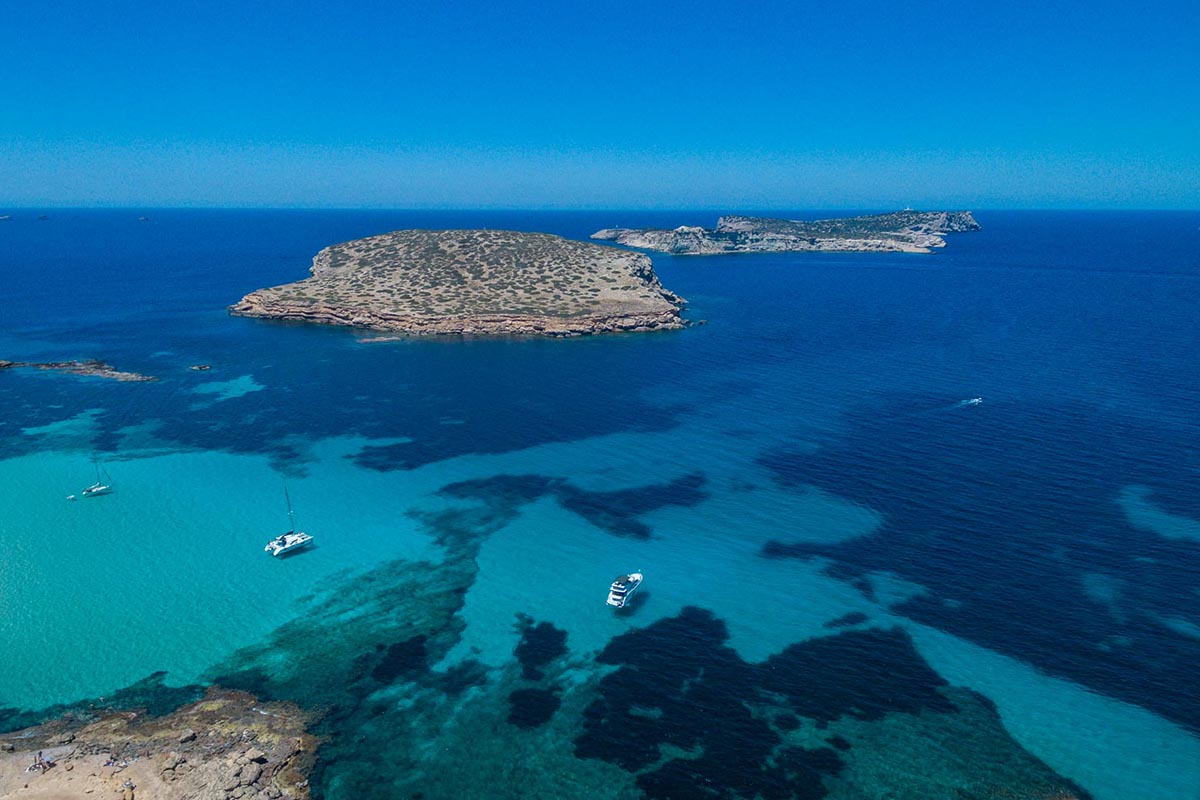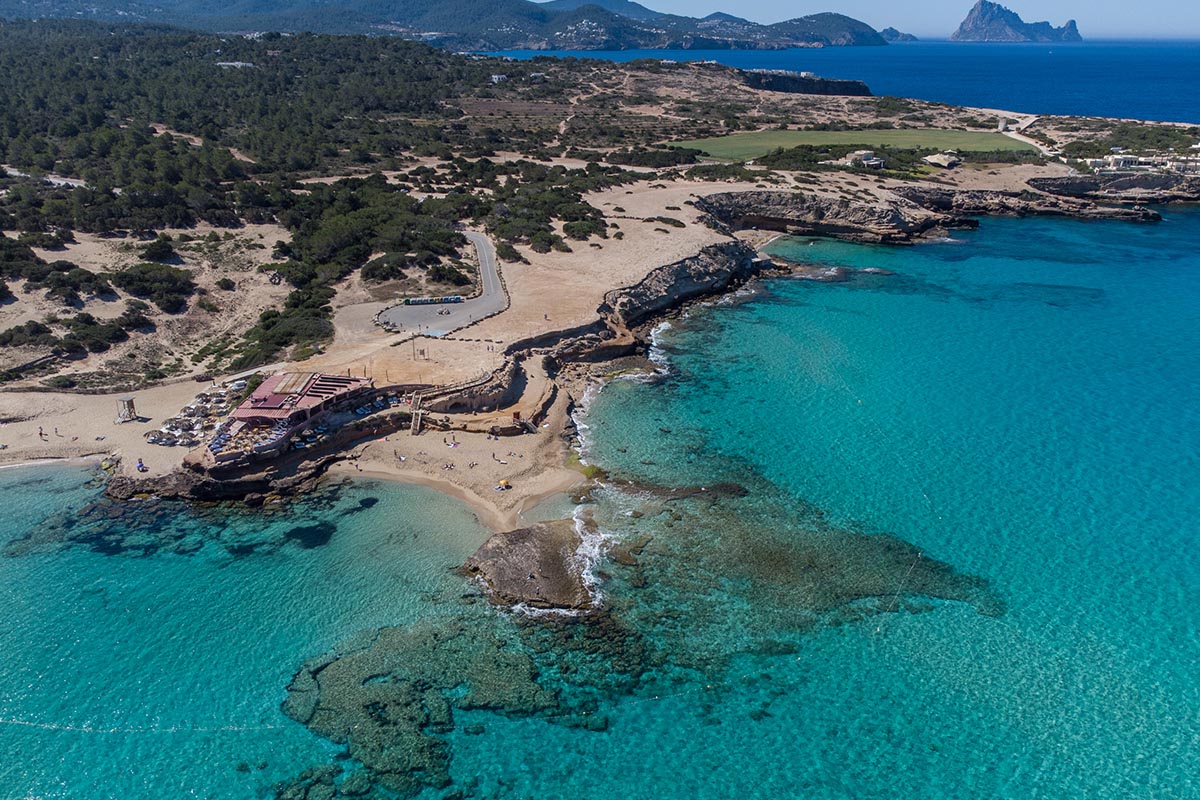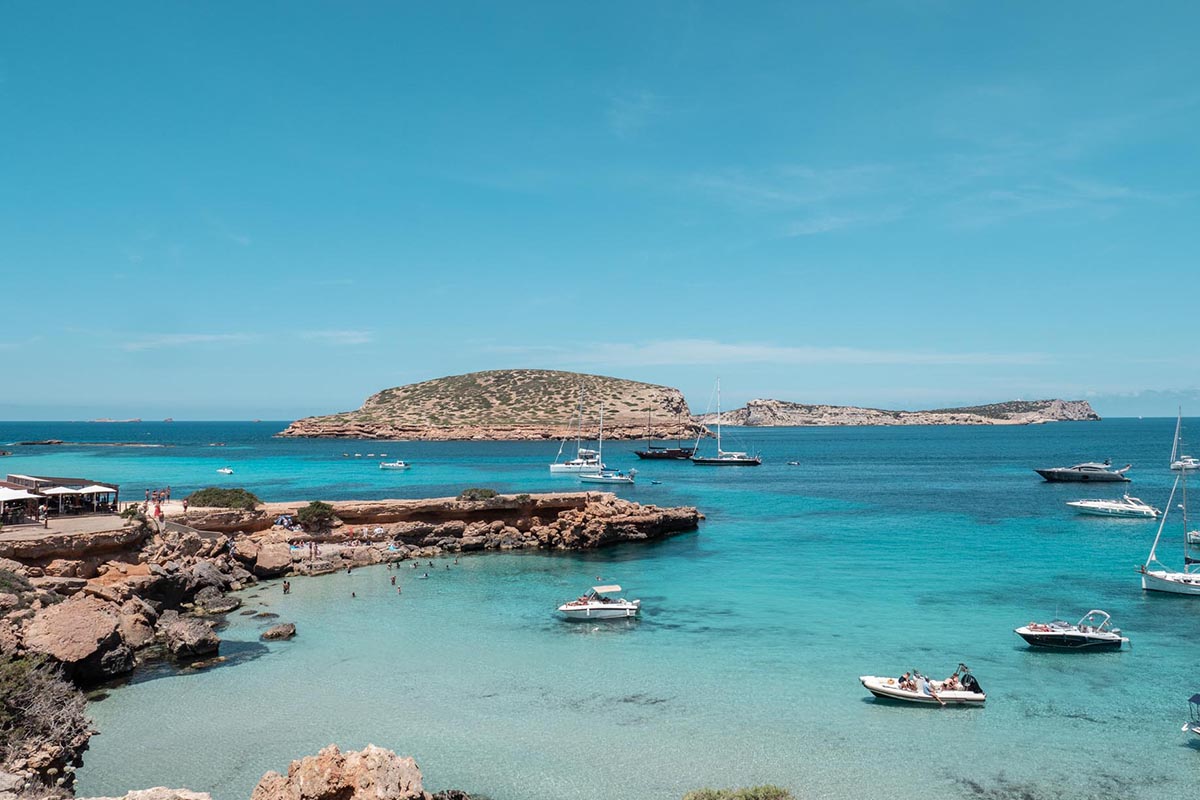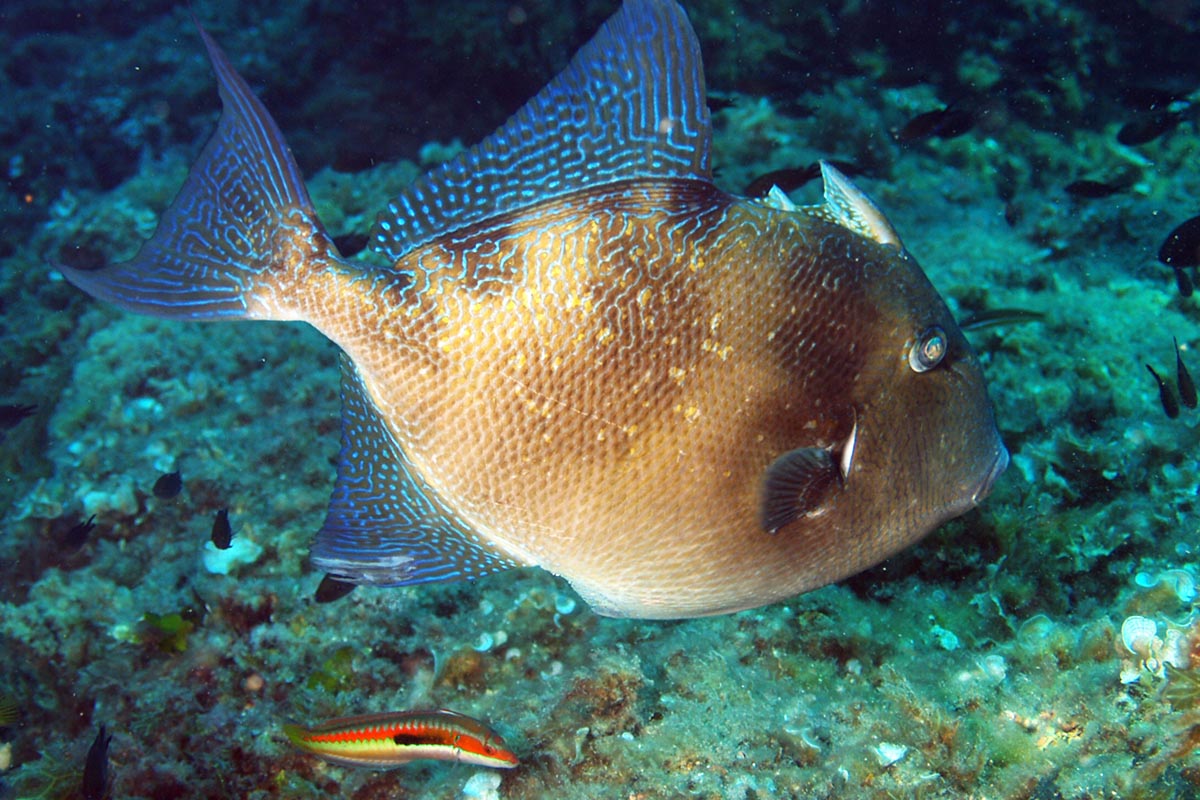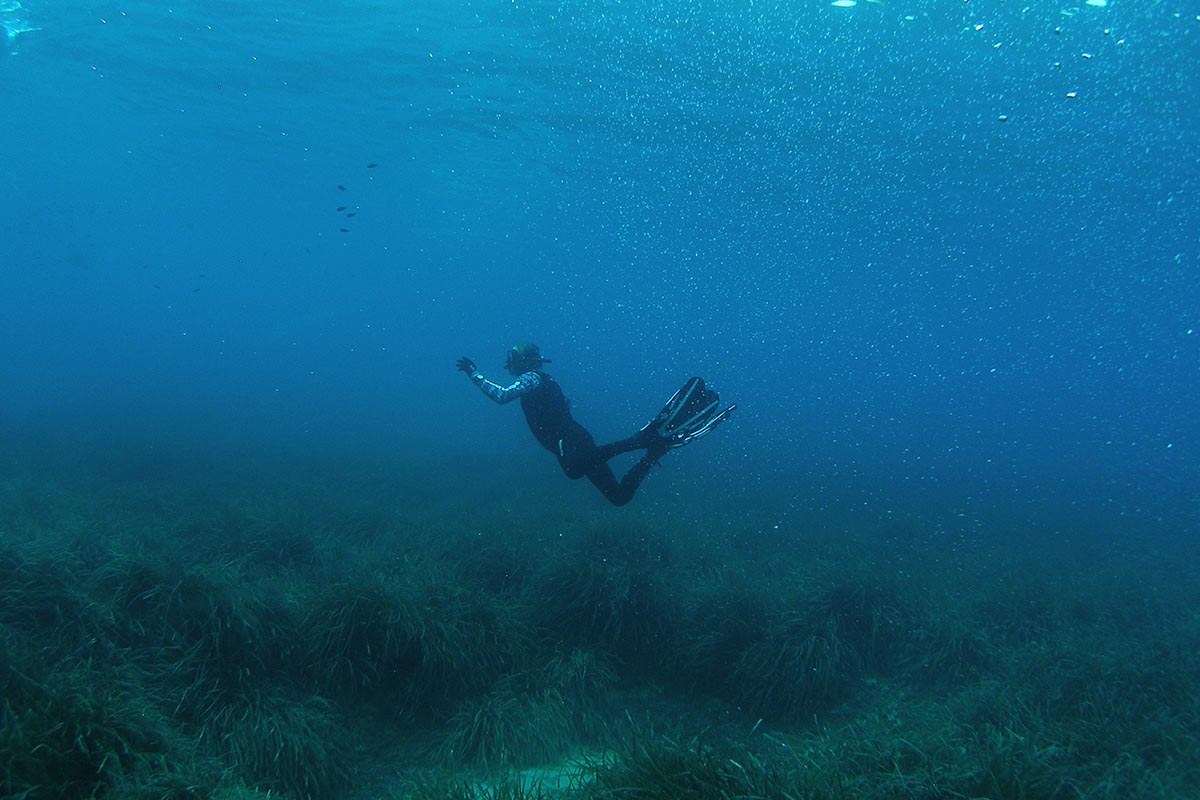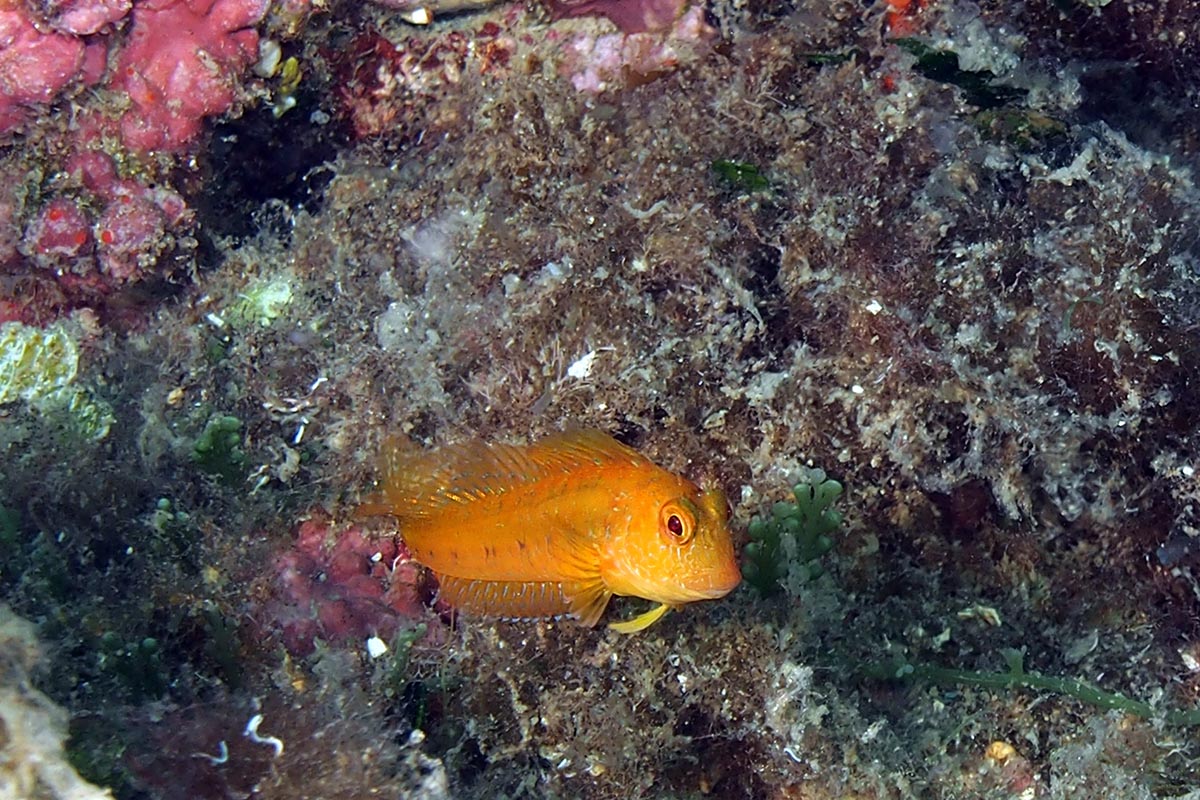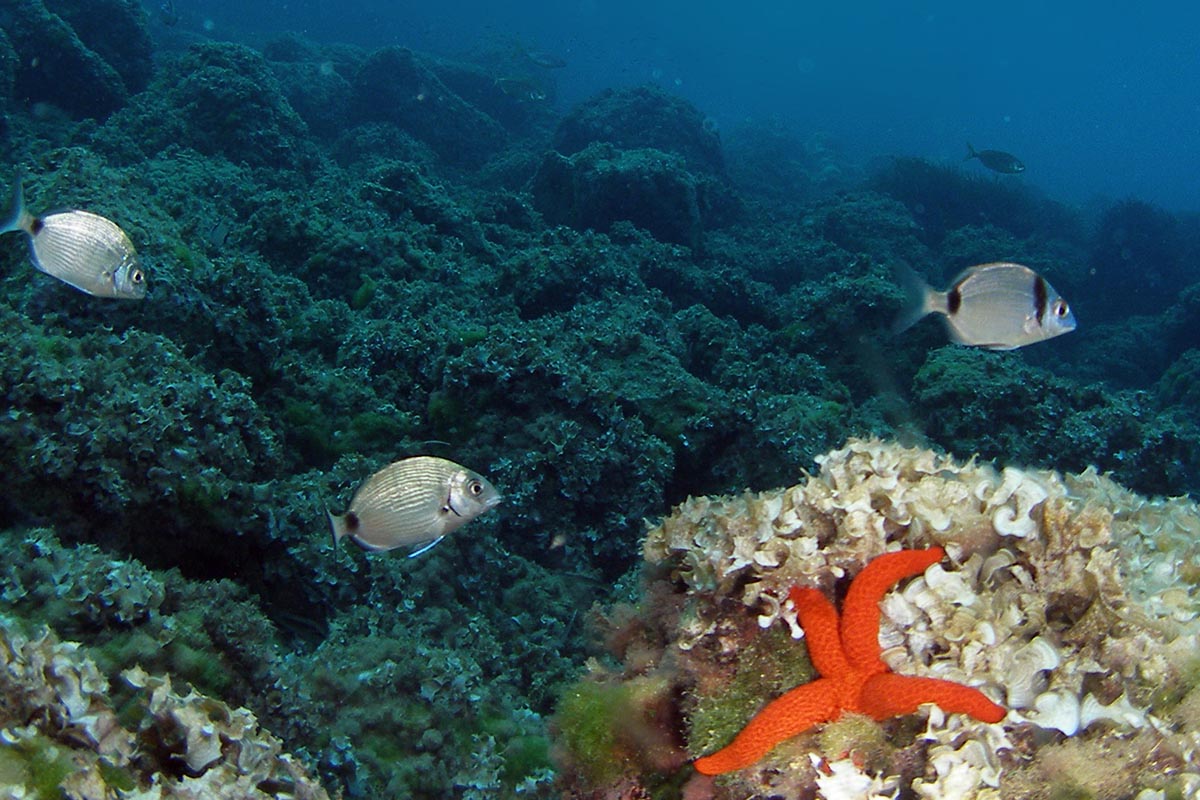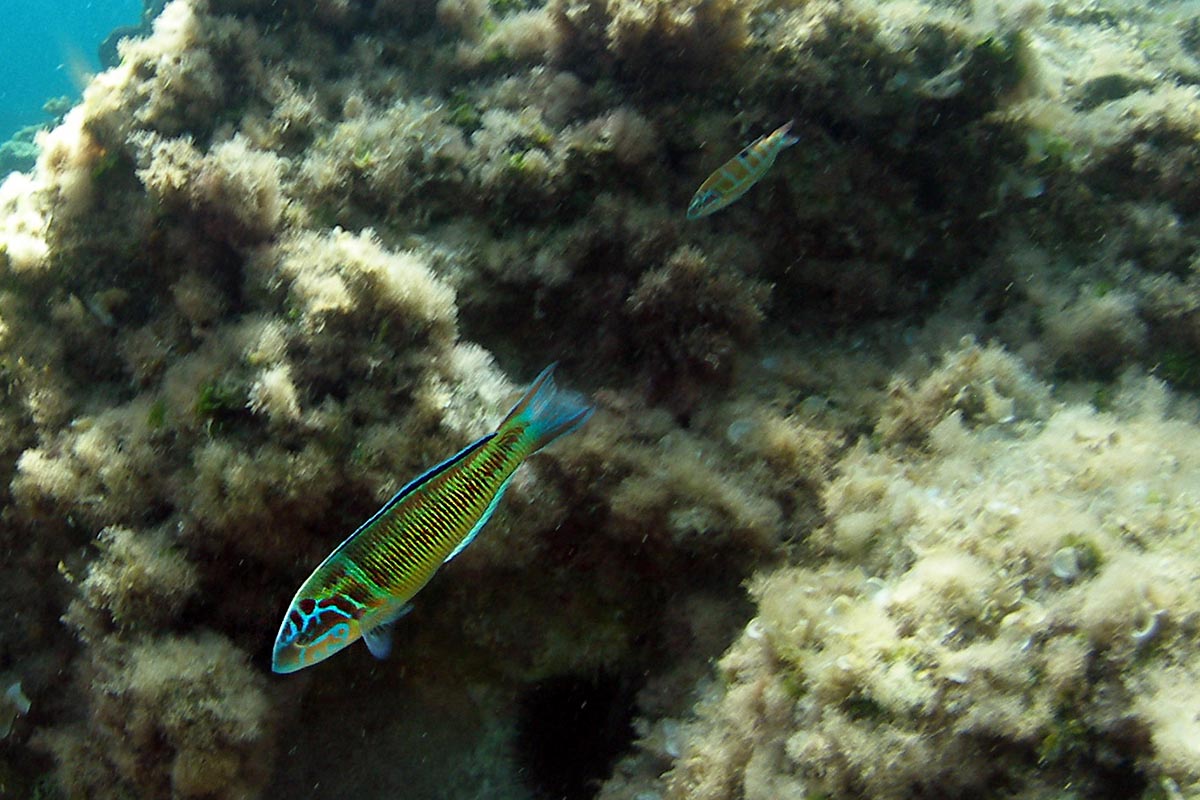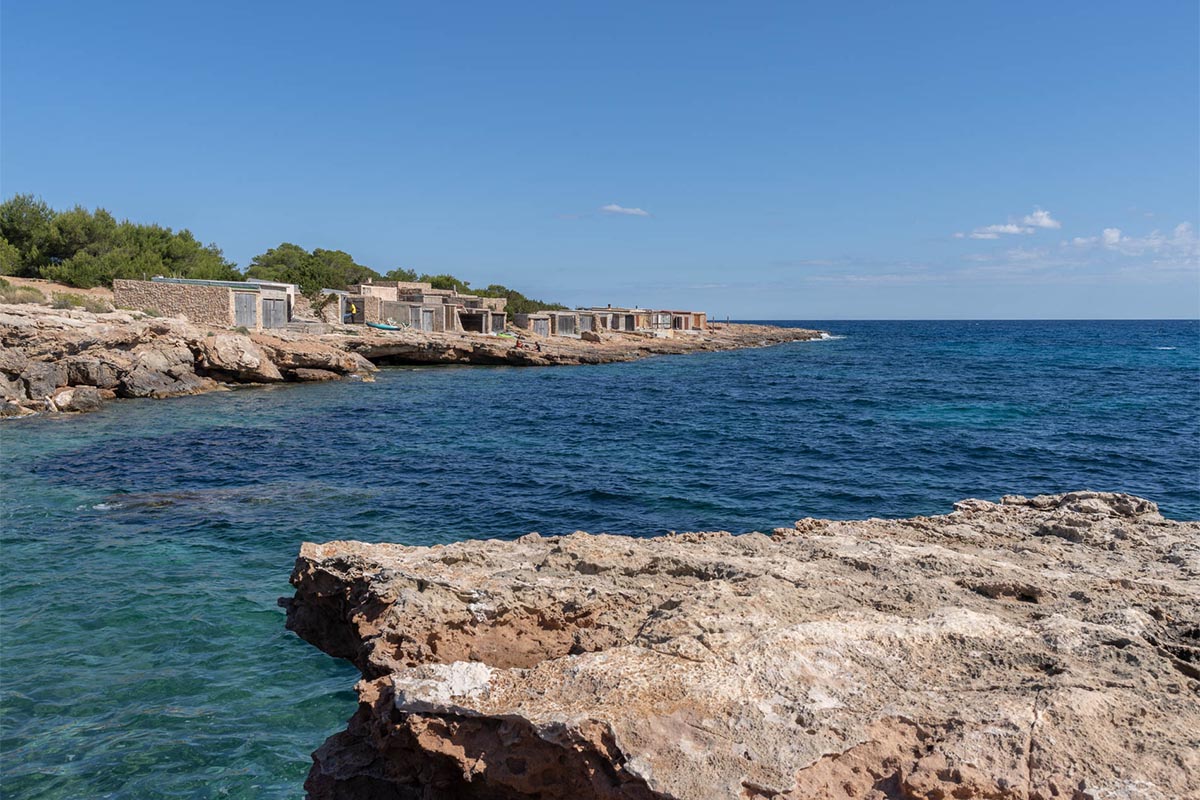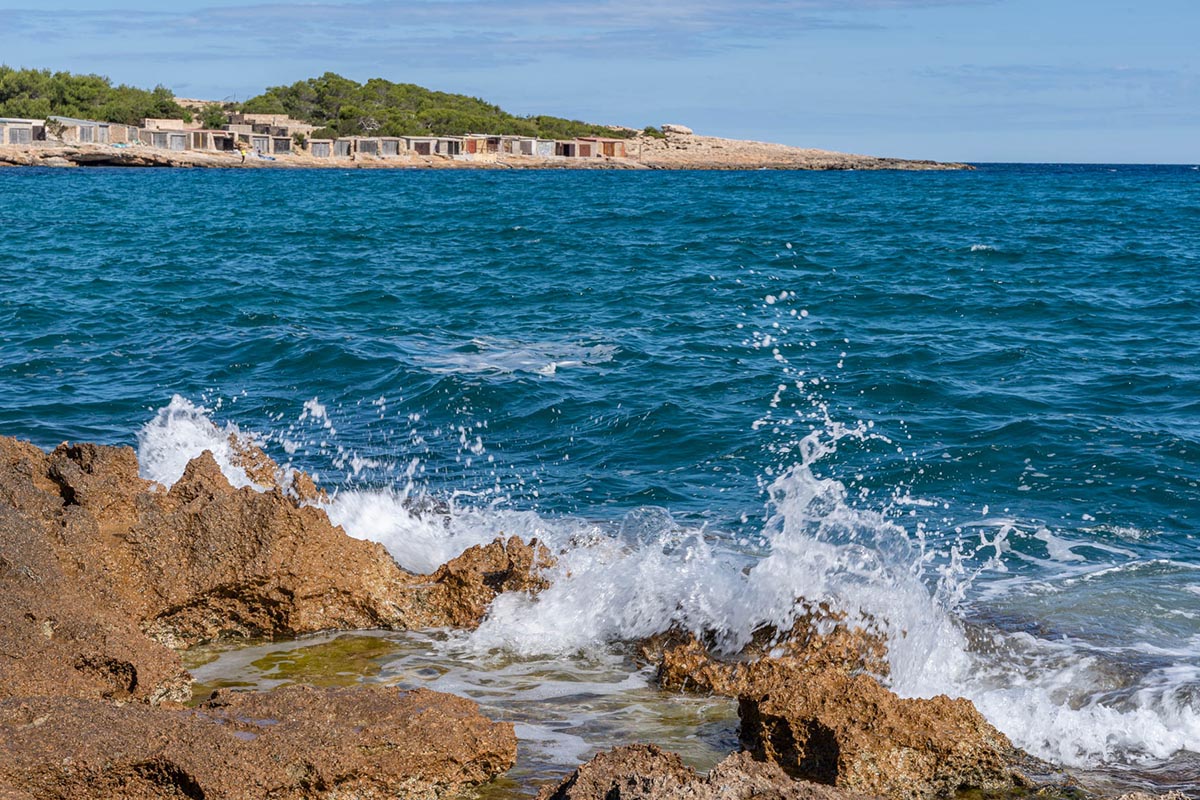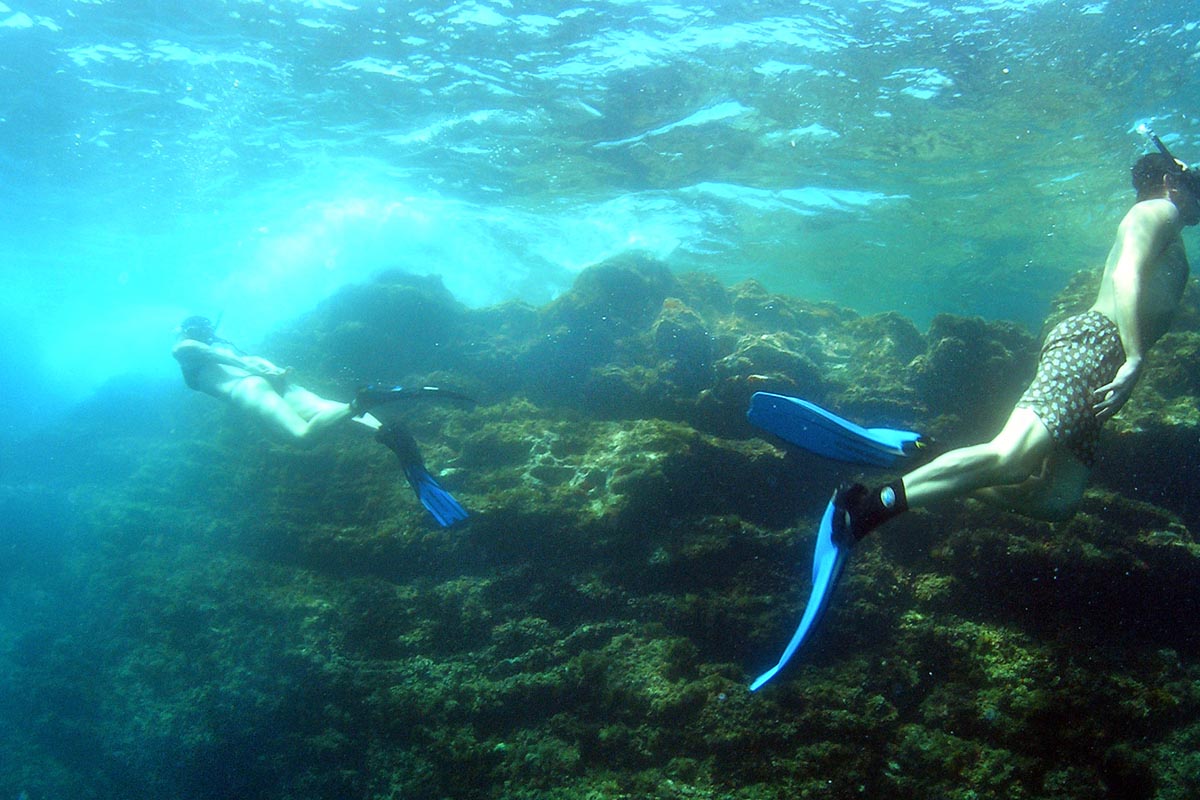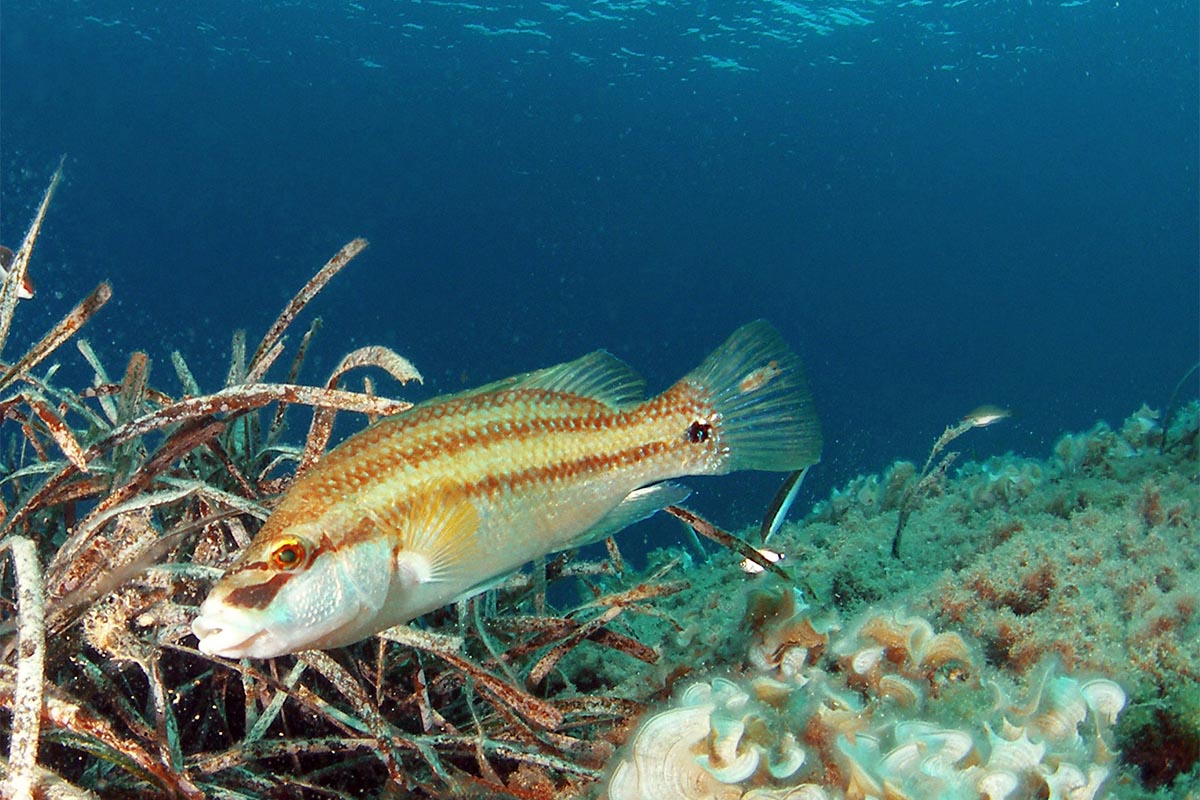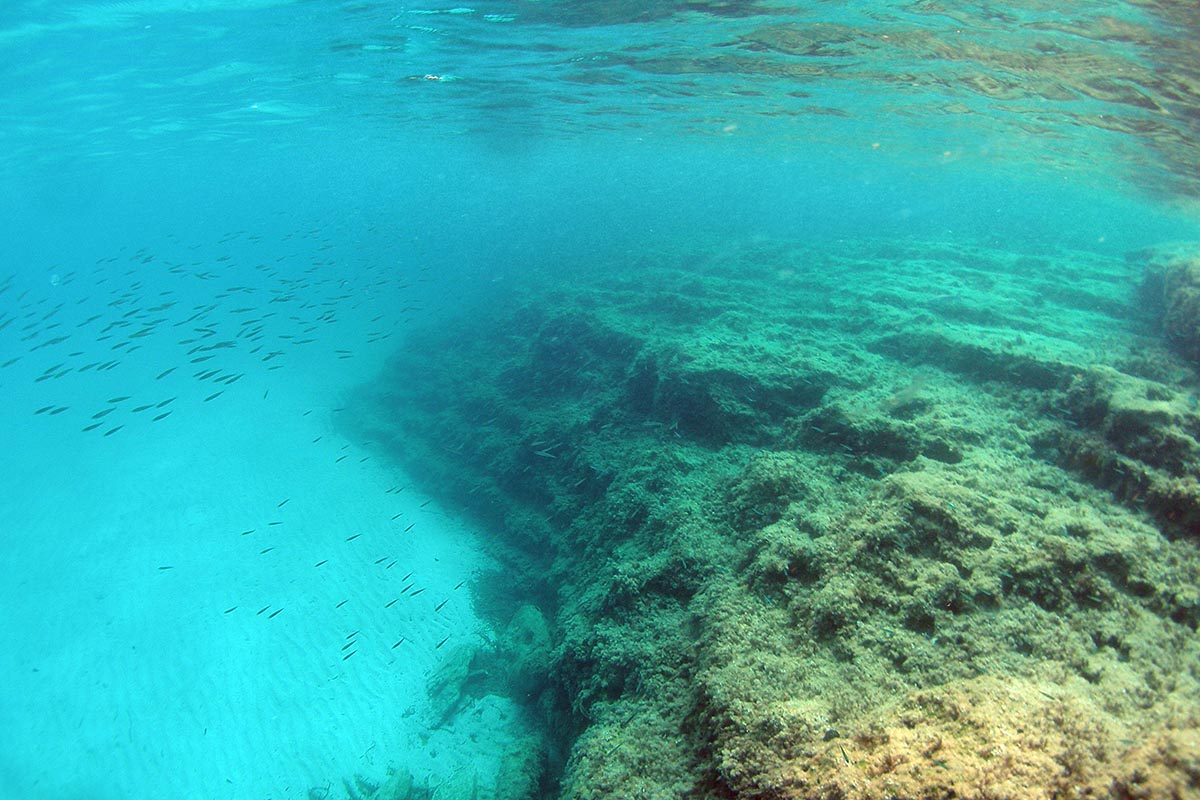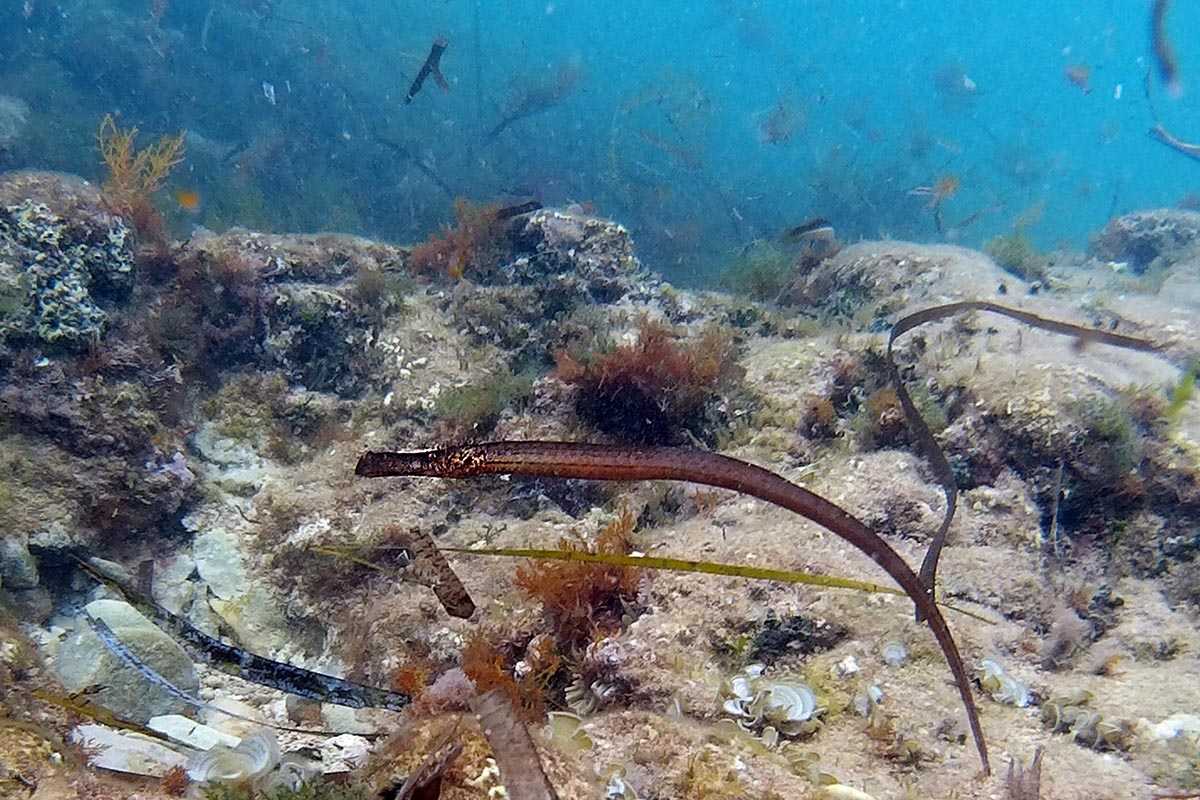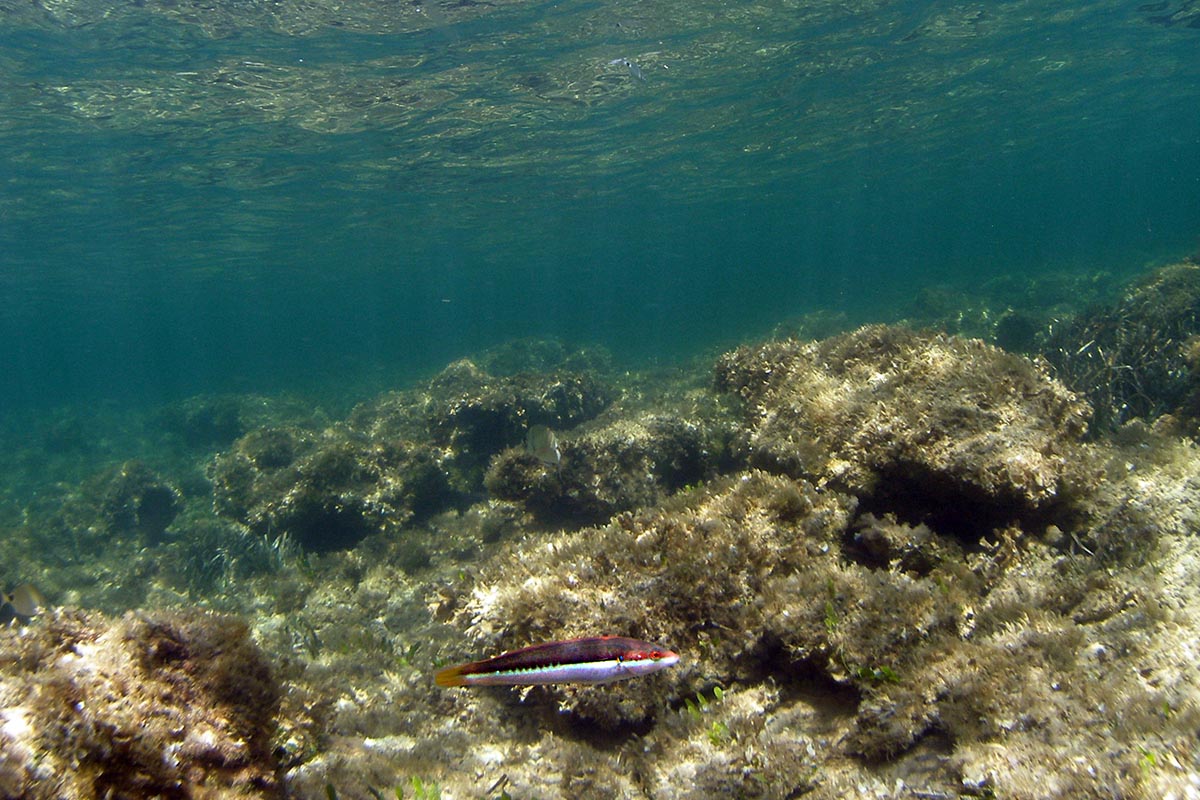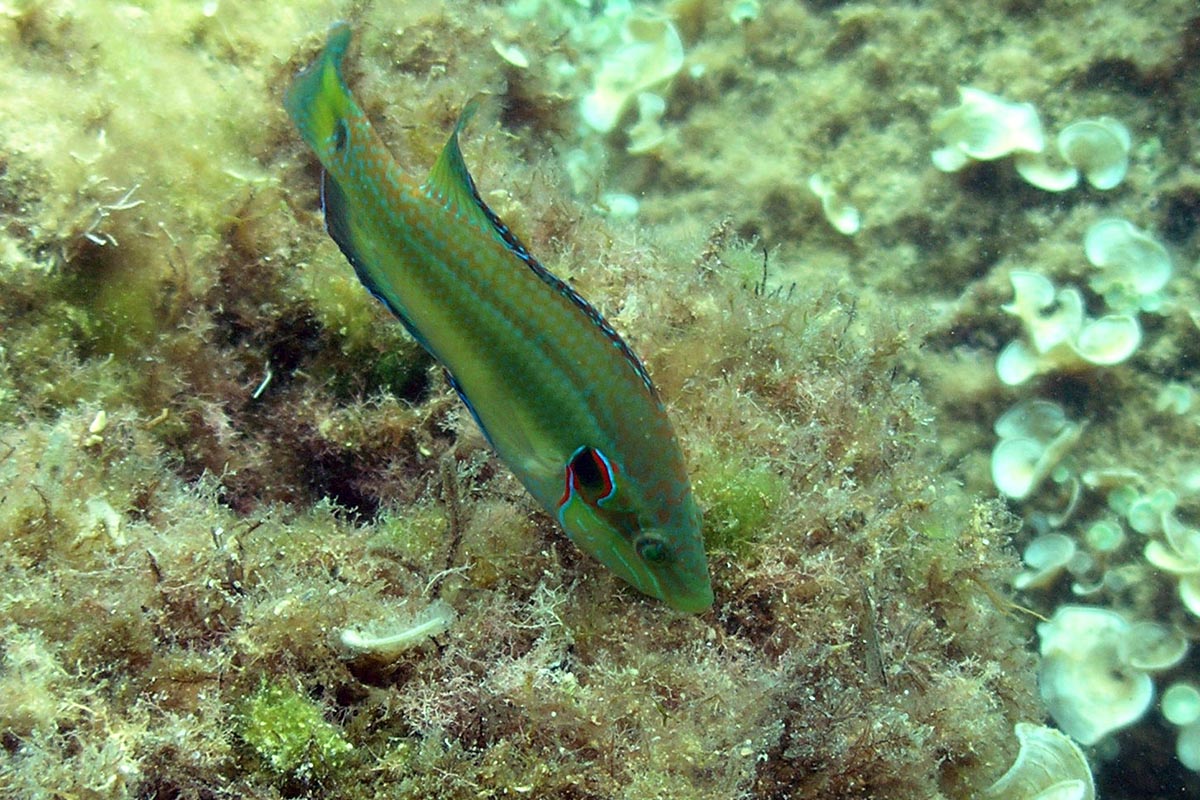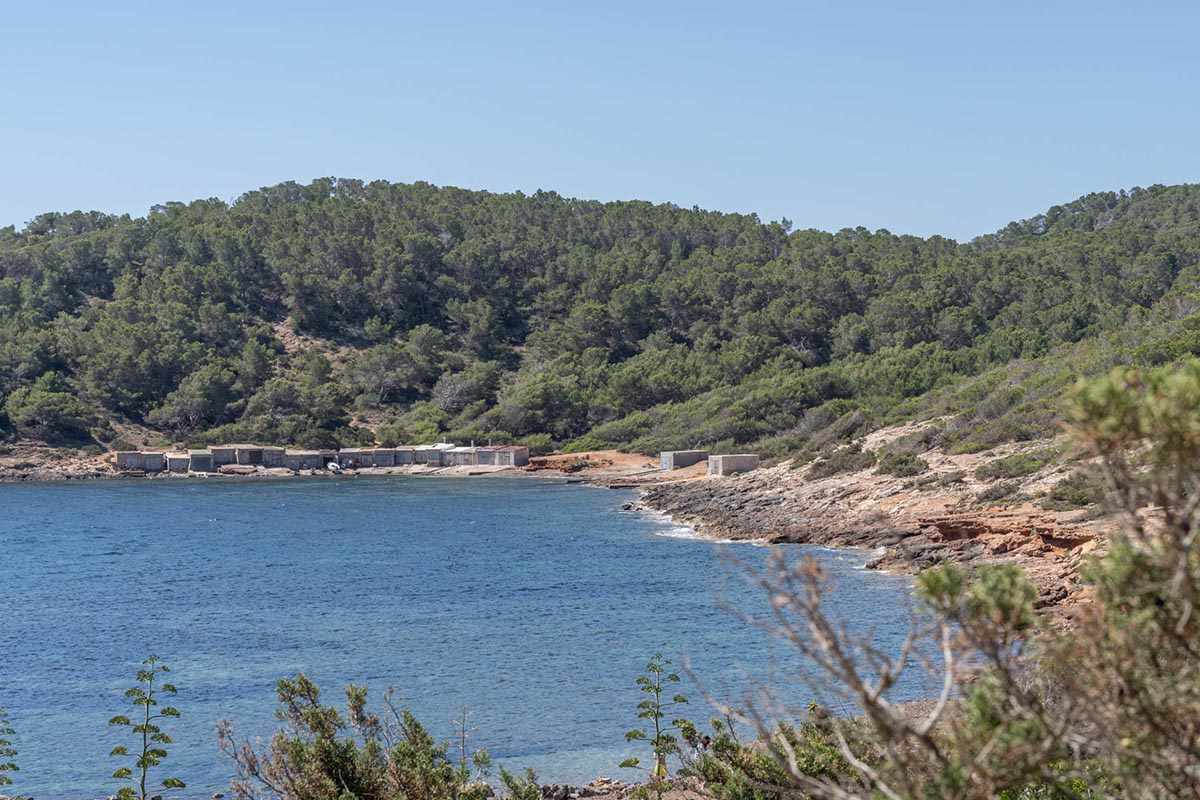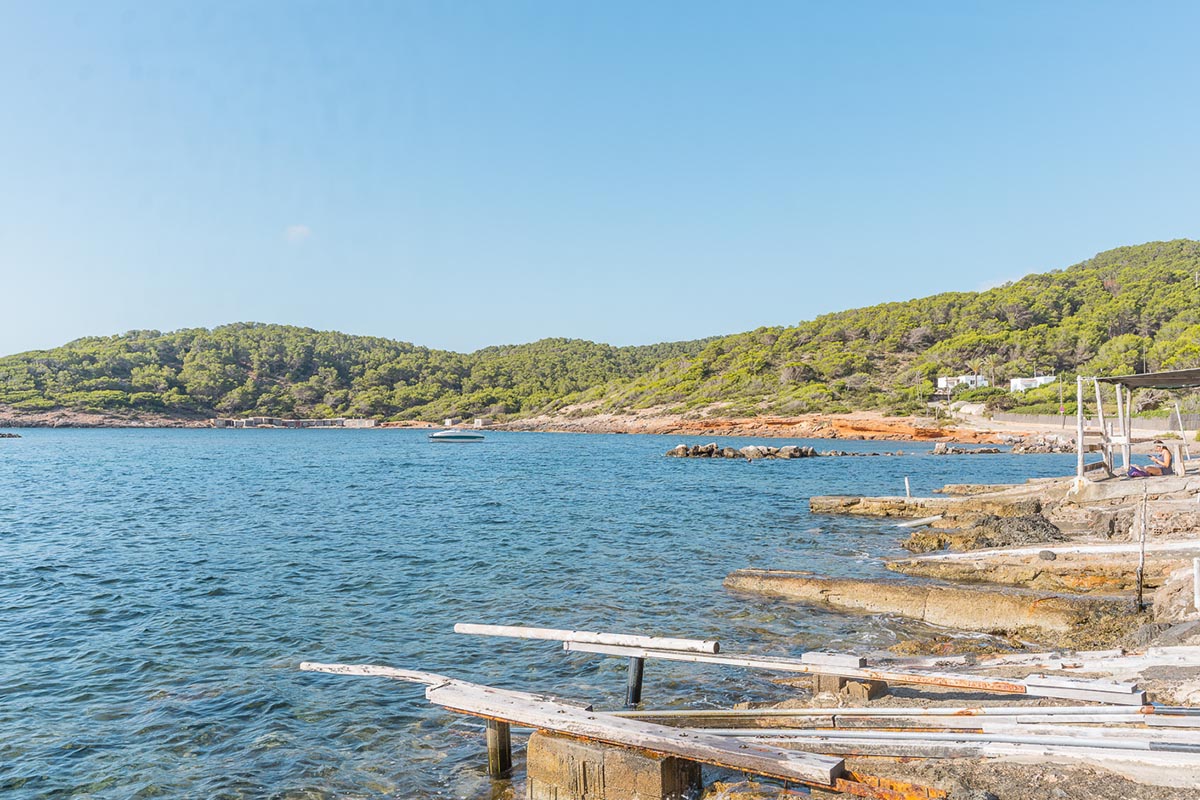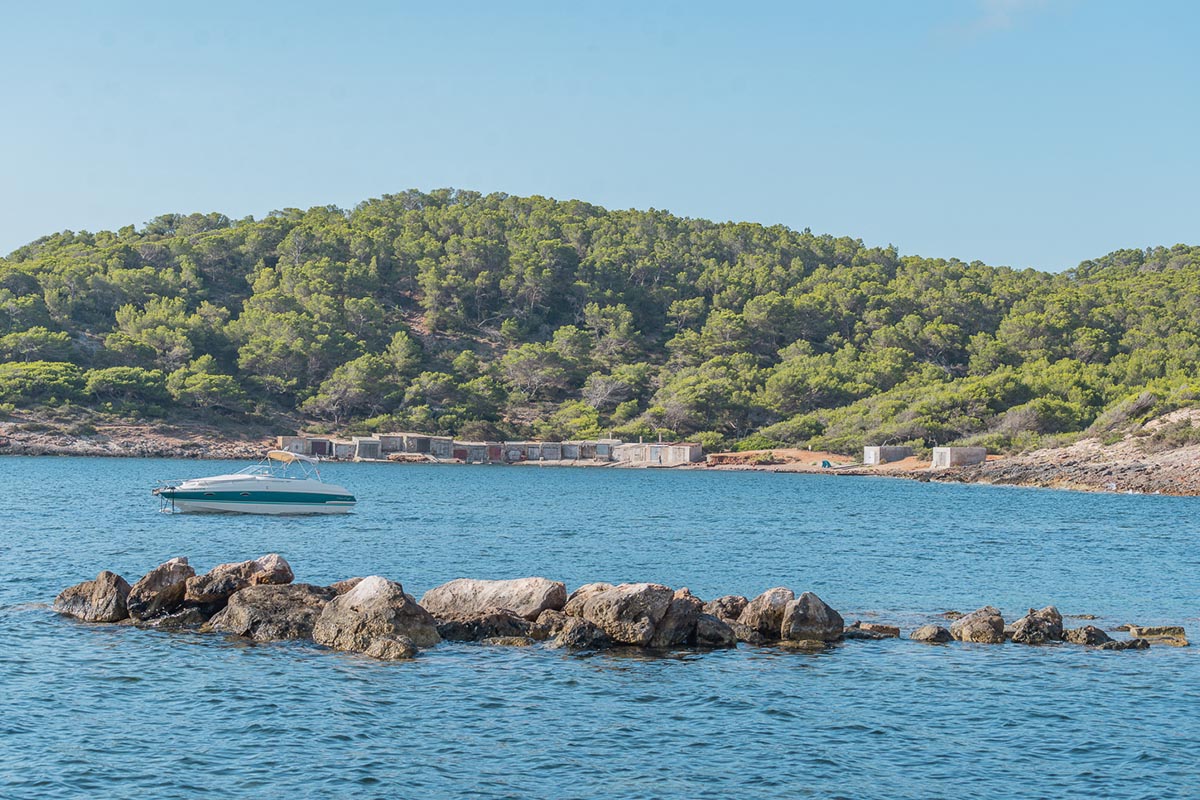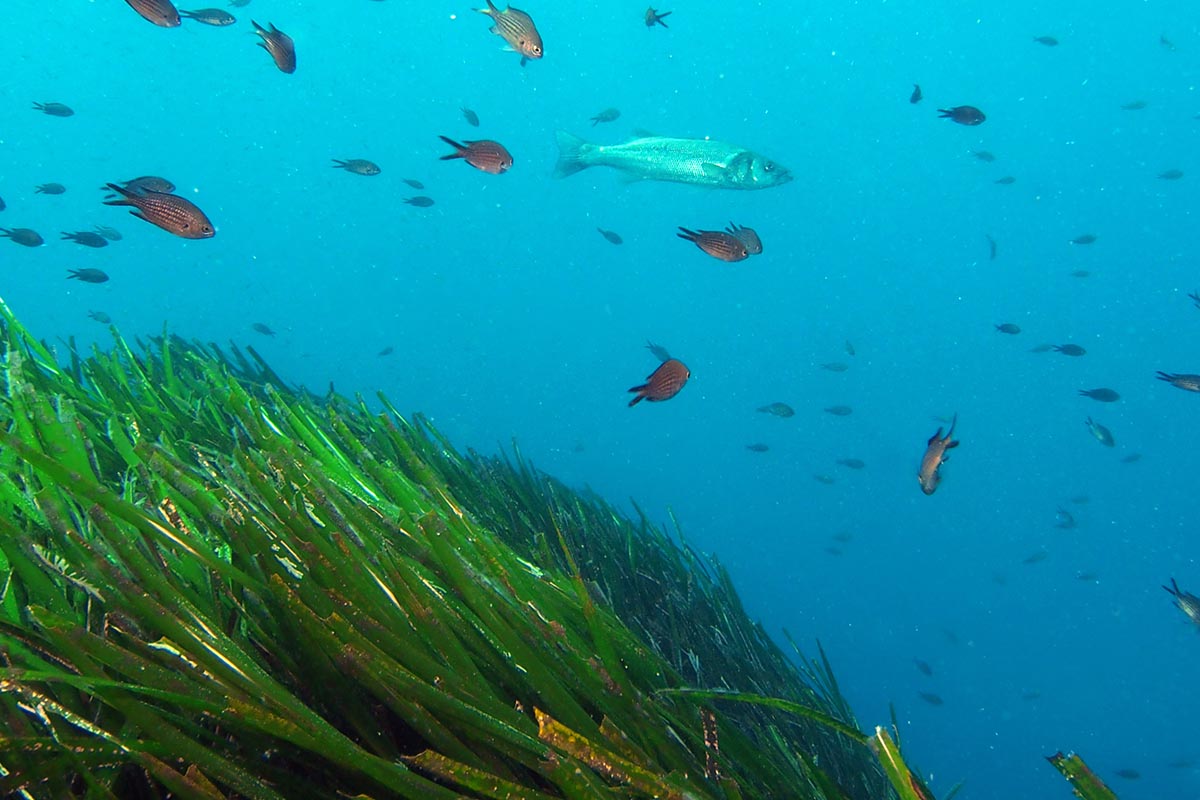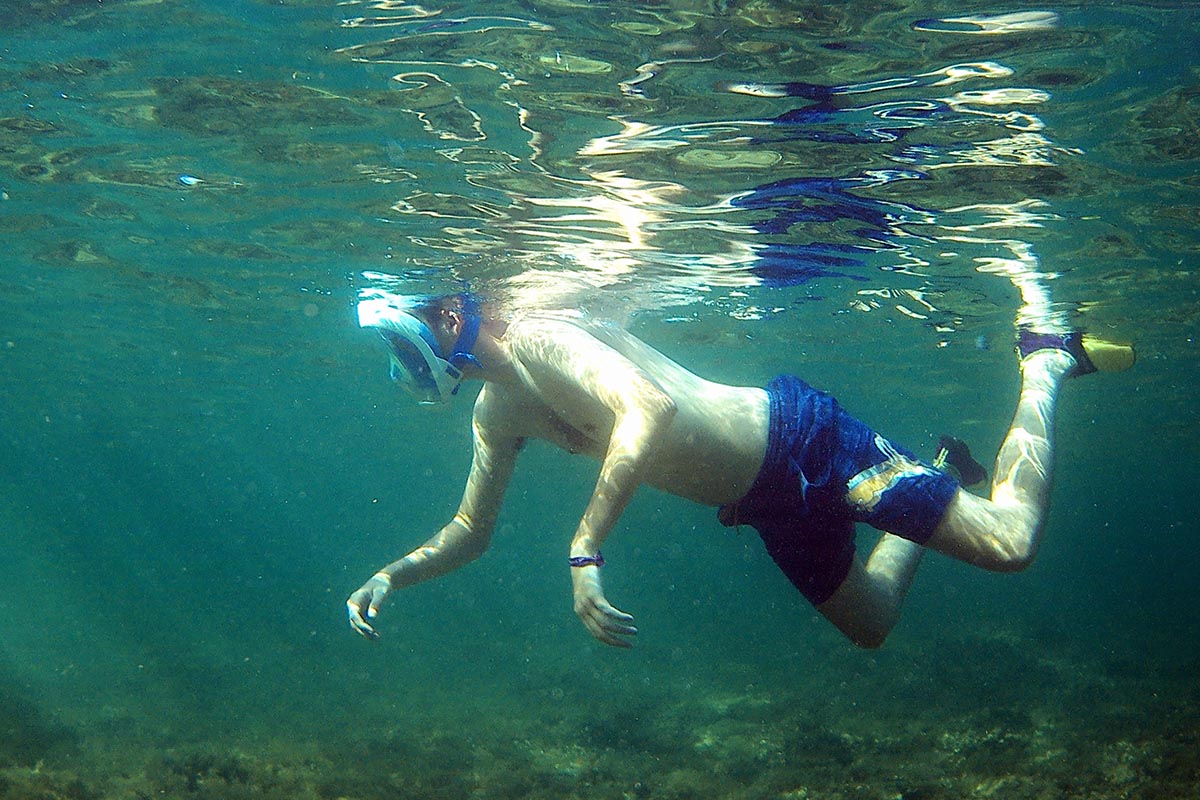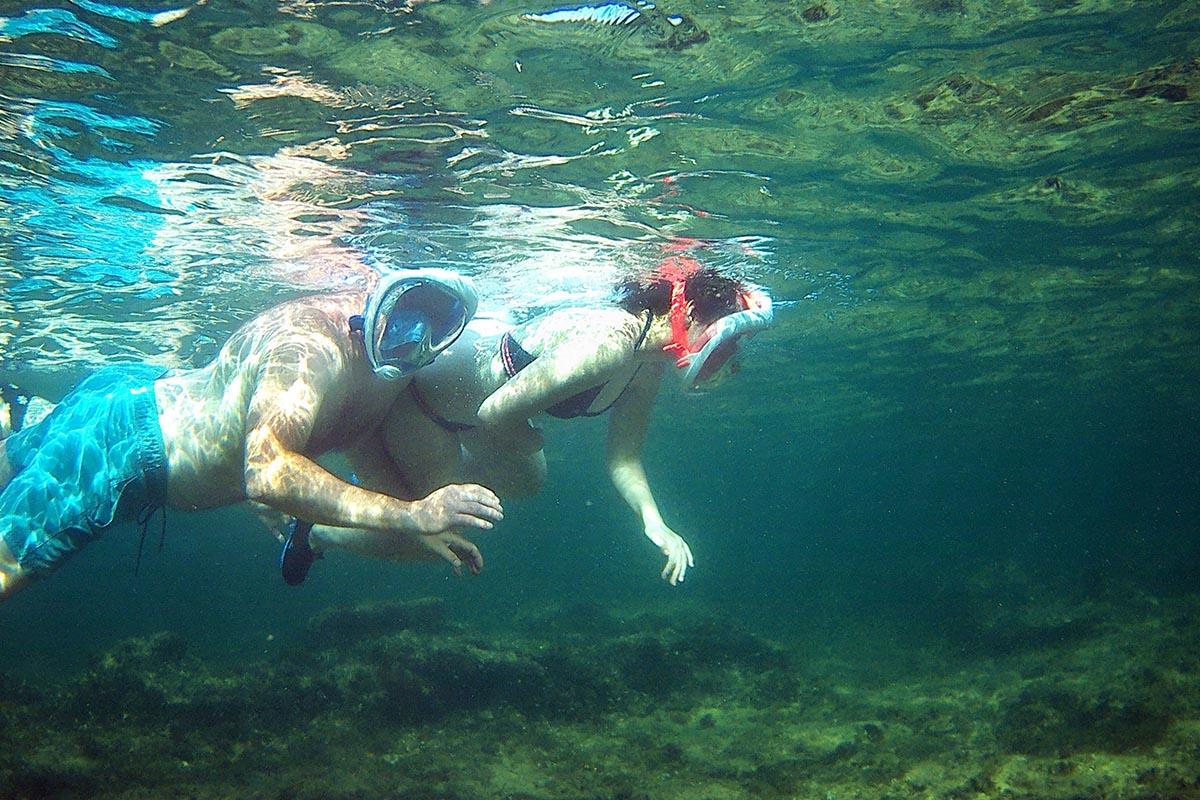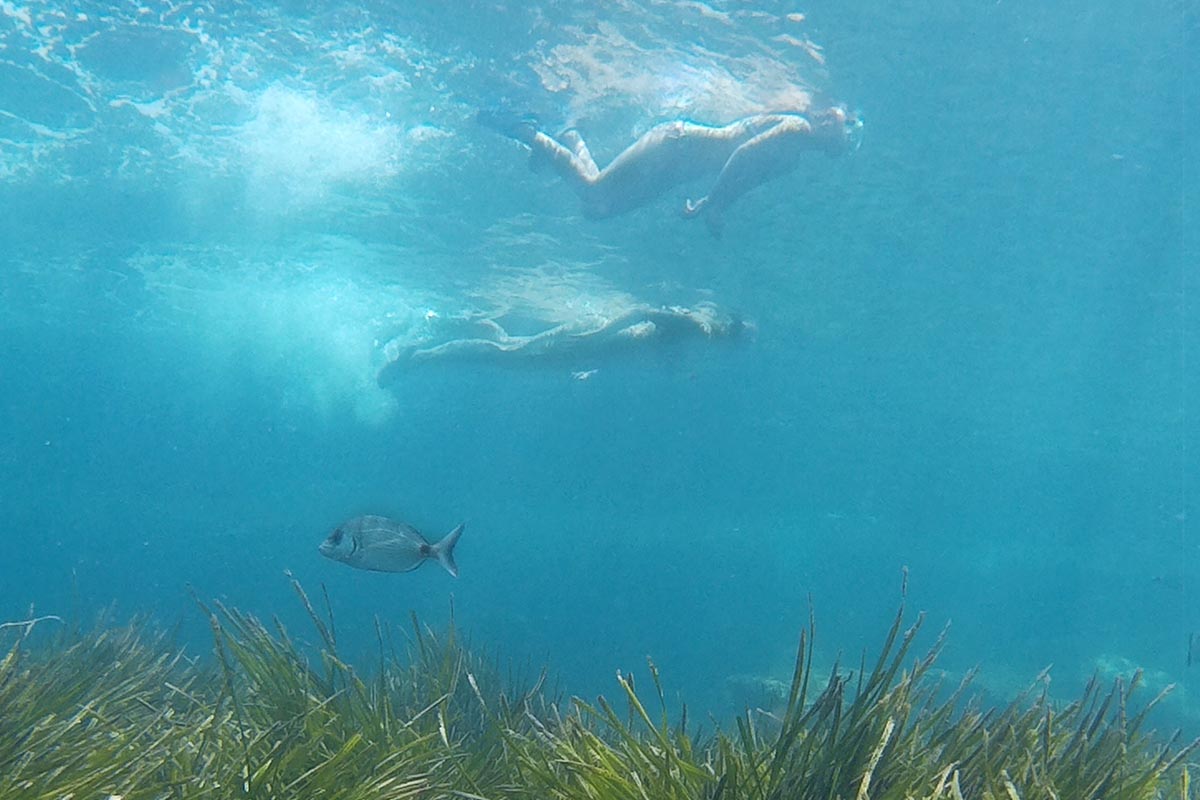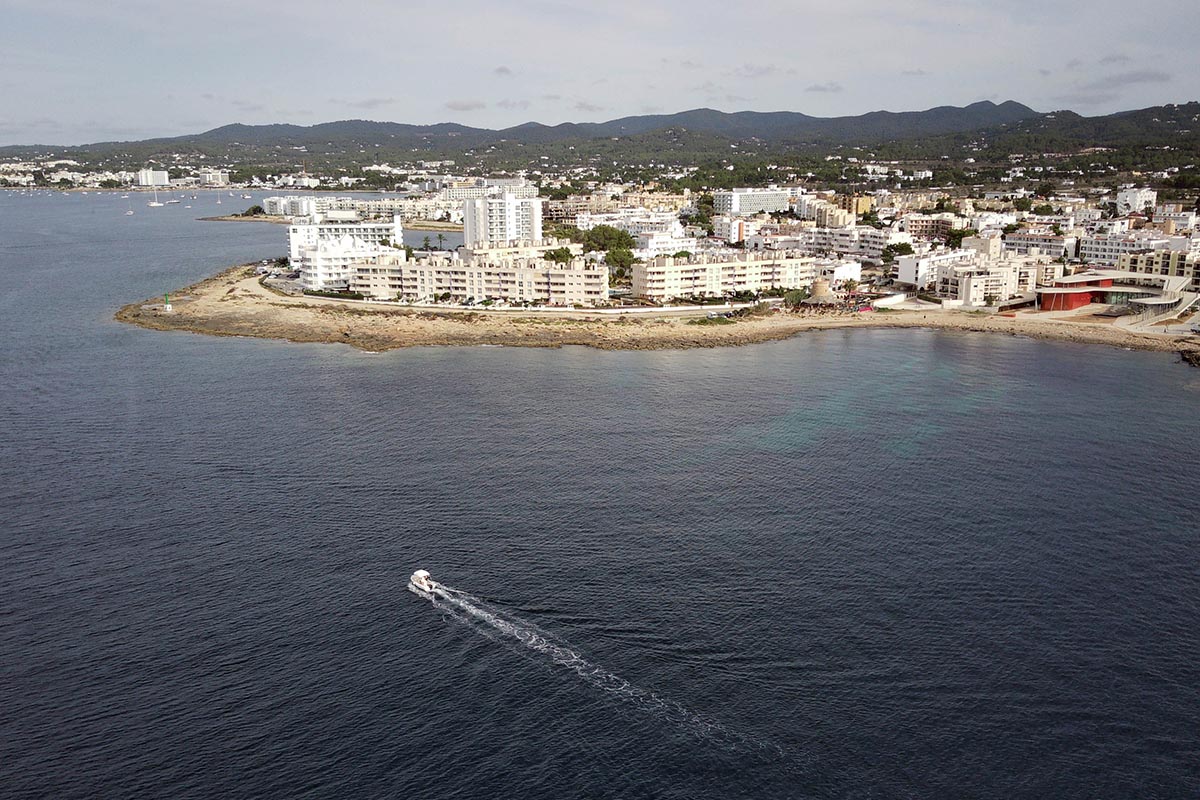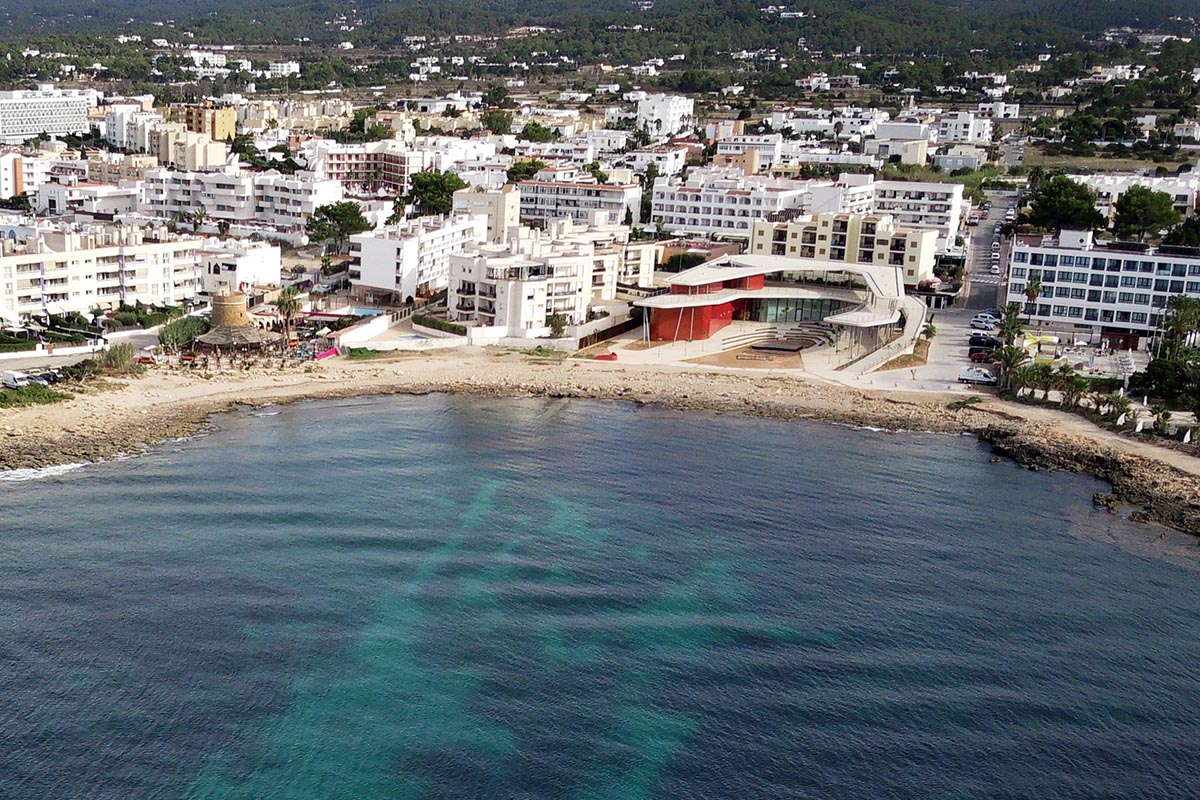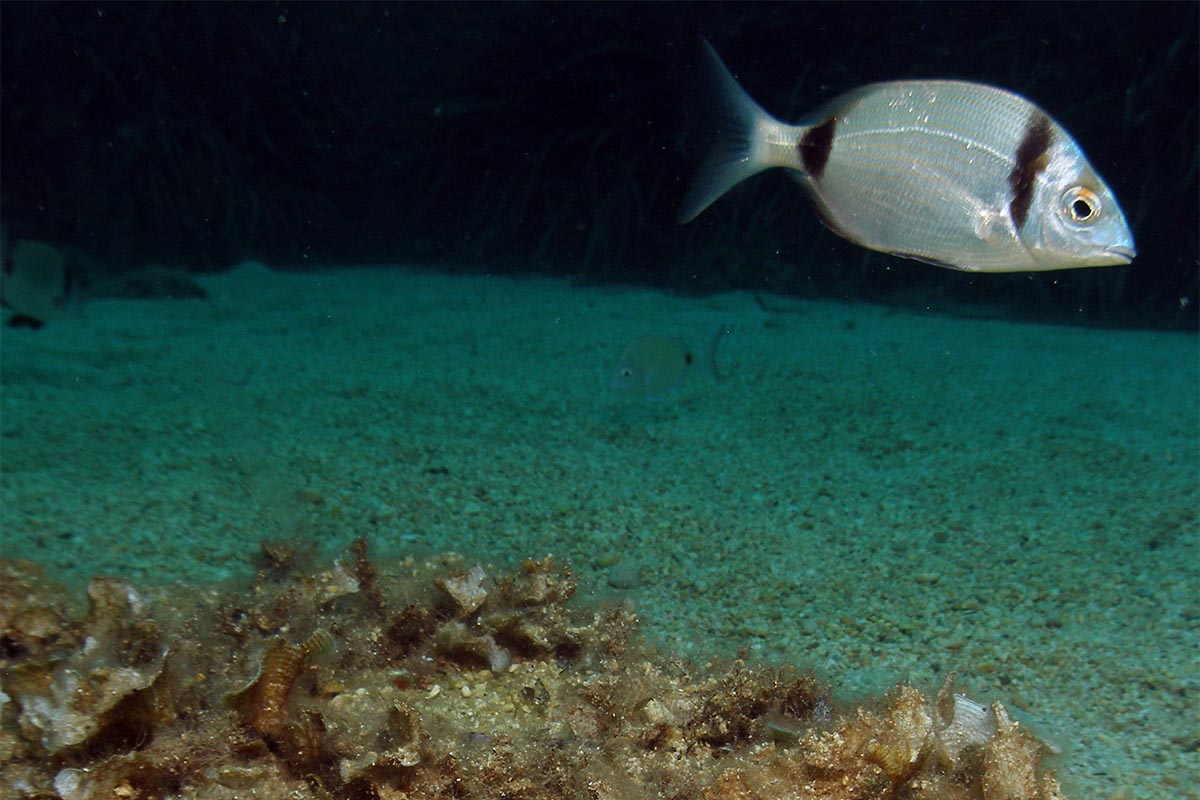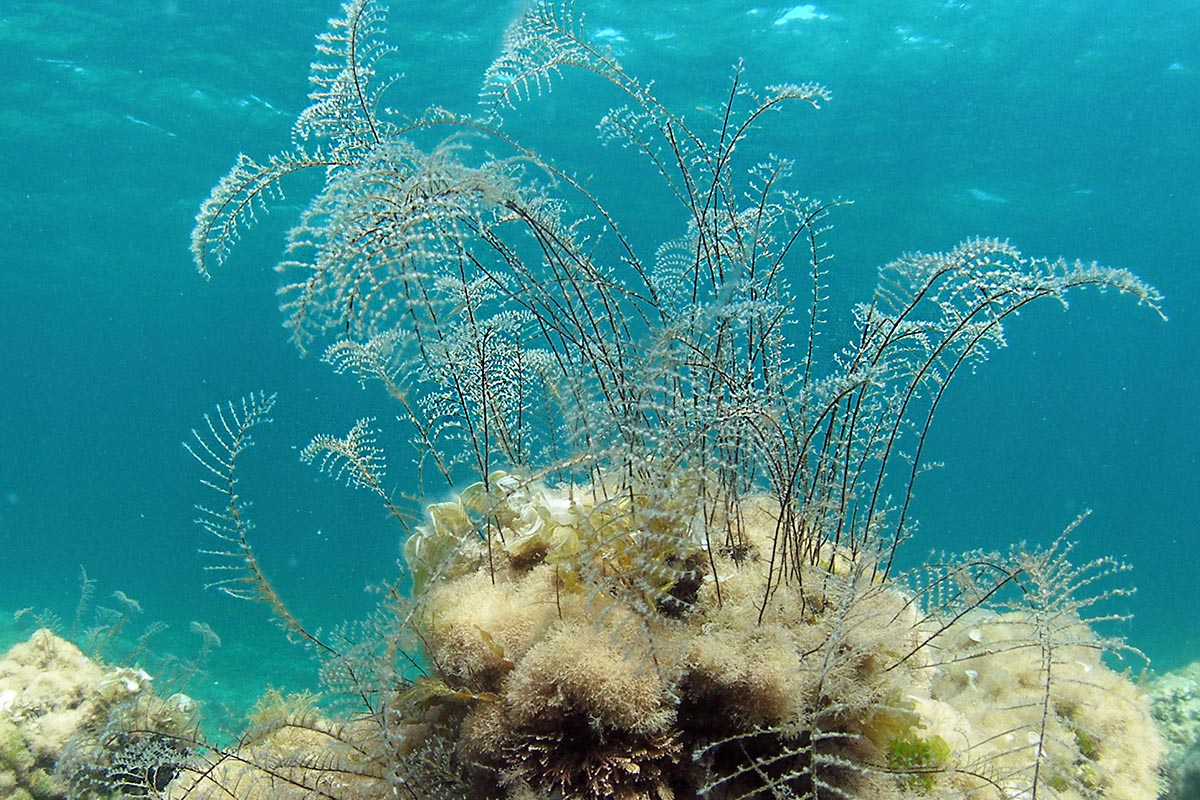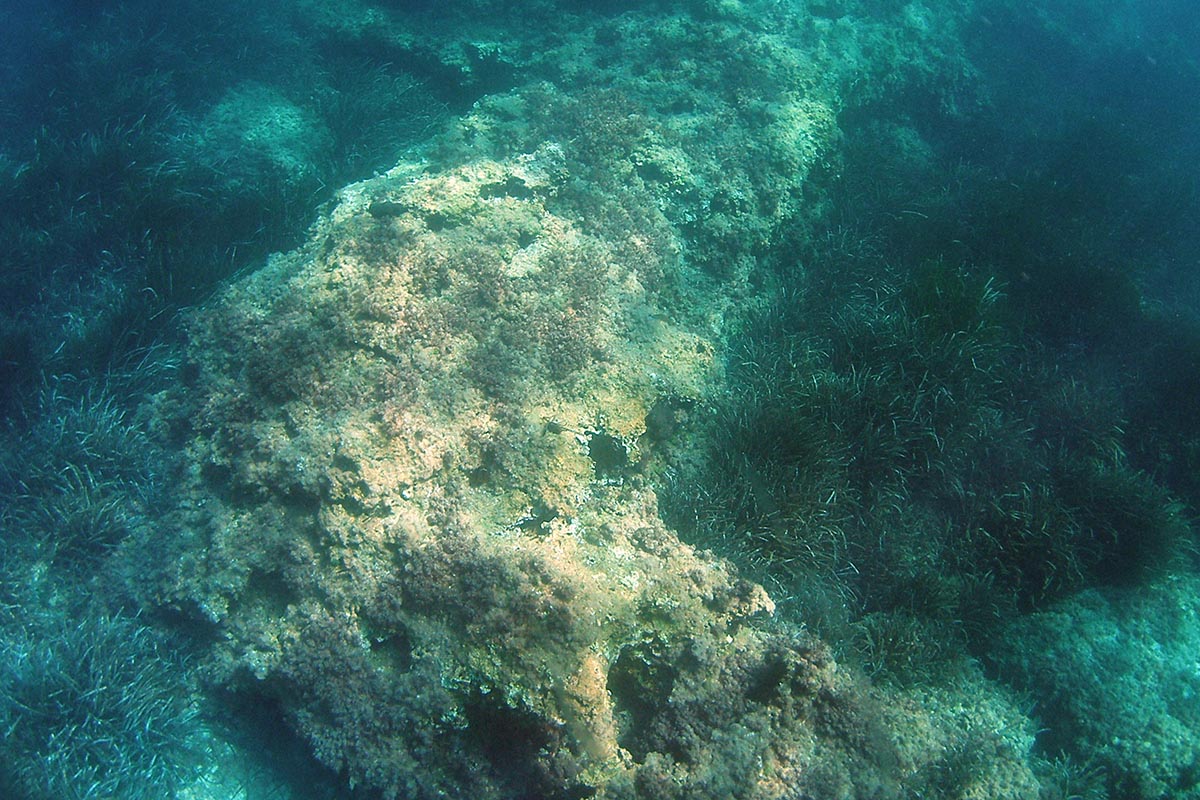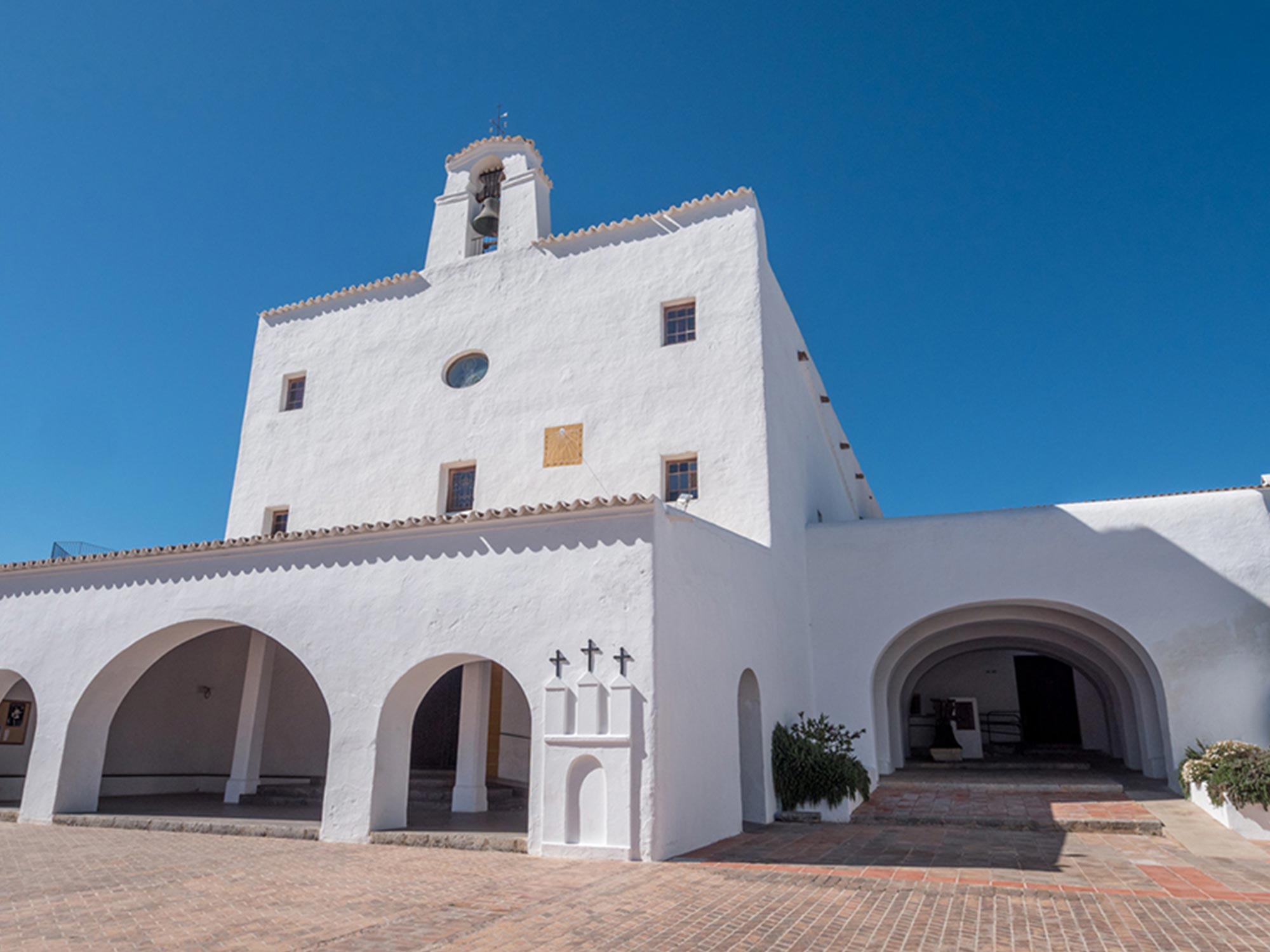
Sant Josep church
This imposing fortified church is in the heart of the village of Sant Josep. St. Joseph is patron of the Universal Church and he is also the patron saint of our local church.
After the conquest of Catalonia, the island was divided into 4 quarters: the Salines quarter, the Portmany quarter, the Balansat quarter and the Santa Eulària quarter.
In 1726, the inhabitants of the southern part of Portmany (des Vedrans and Benimussa) asked the Archbishop of Tarragona for permission to build a church and a cemetery in this southern part of the island, since the church located in what is now Sant Antoni de Portmany was a long way away, which made it difficult for them to carry out their religious worship
It was the Archbishop of Tarragona, Manuel de Samaniego, who granted permission to build a new church.
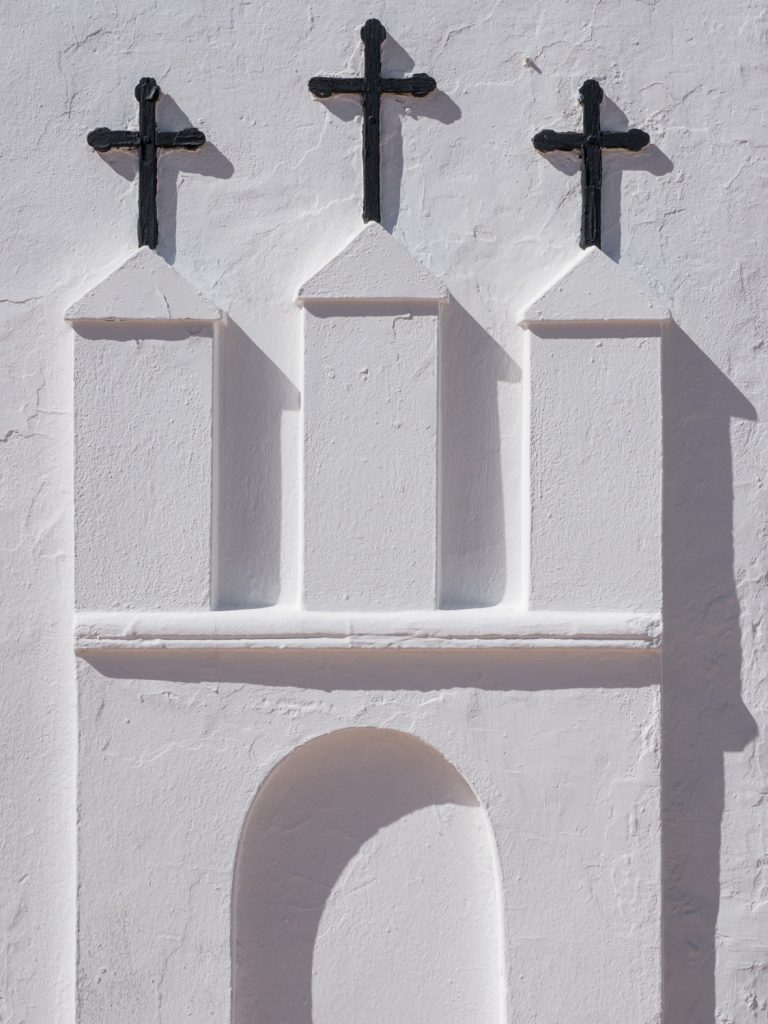
In 1726 the parishioners began building the church of Sant Josep, under the direction of the master builder Pere Ferro, a native of Denia.
The church was built between 1727 and 1731. Work began in 1727, but was interrupted in 1730, when Pere Ferro was asked to collaborate in the reconstruction of the Dominican Convent of Dalt Vila, which was damaged by a lightning that struck the powder magazine of the bastion of Santa Llúcia. The church of Sant Josep was eventually completed a year later.
The exterior of the church, whitewashed in the Ibizan style, has a façade and a belfry, with a large portico and two arcades: the front one has three arches, and was built in the first half of the 19th century, and the other one is located on the side and covers the main entrance of the rectory.
The imposing bell tower stands out from its façade.
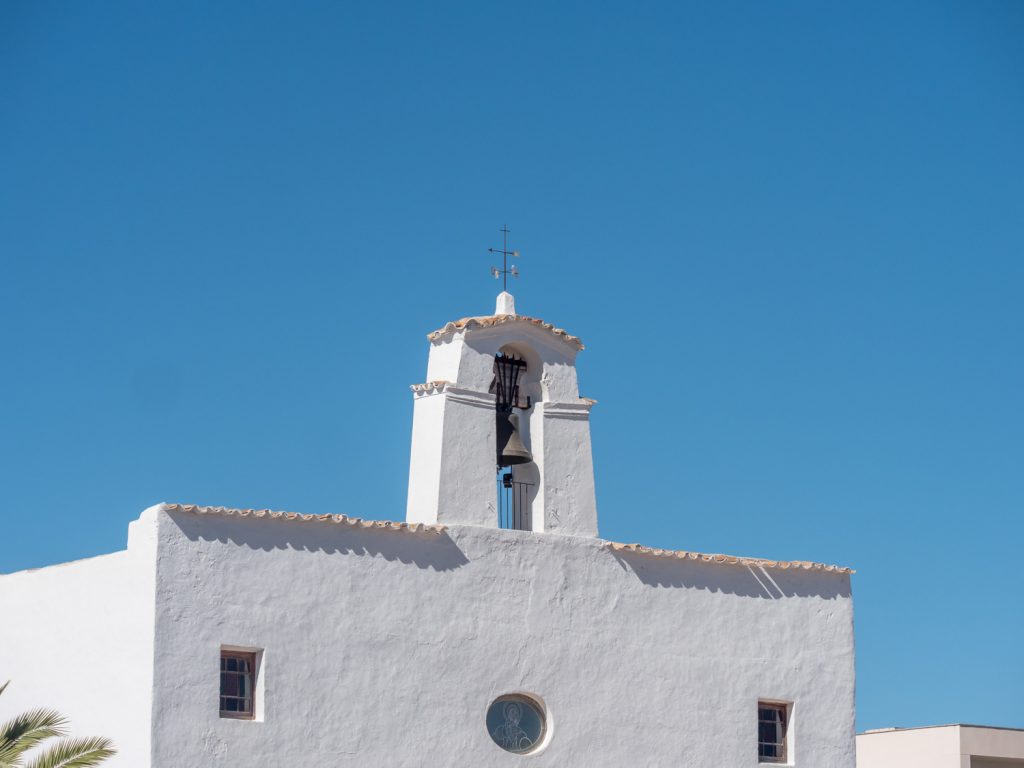
Interestingly, this church is the only one on the island with a sundial, which can be seen on its façade.
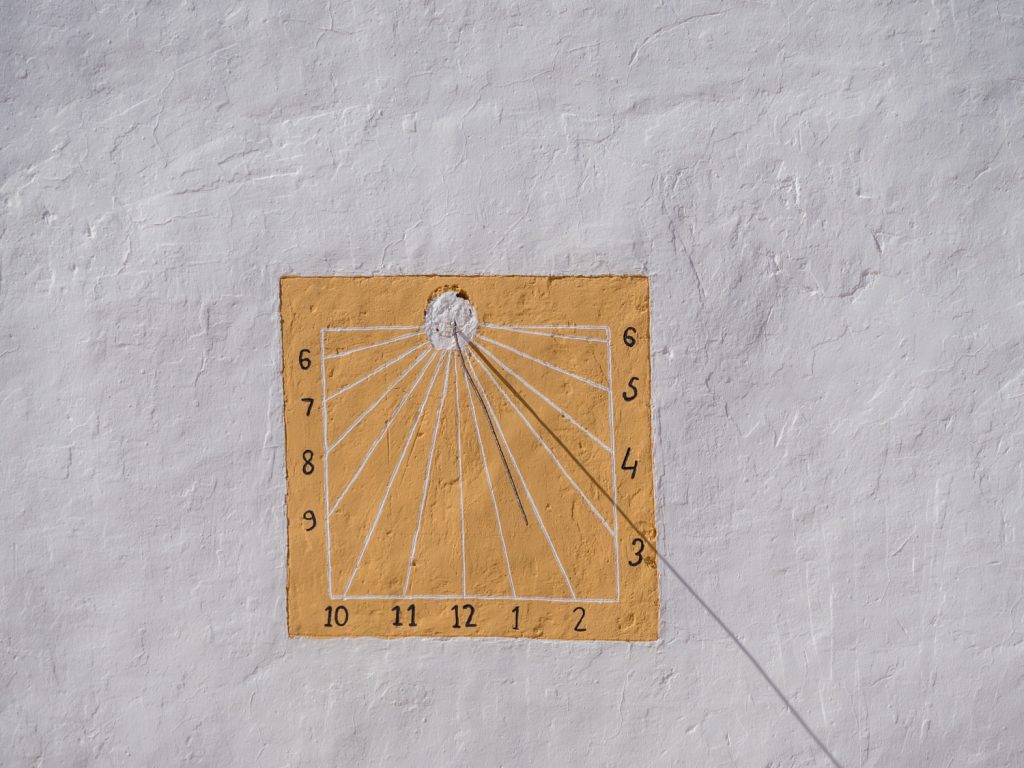
The interior of the church consists of a main nave crowned with a semi-circular vault supported by five arches of the same shape, as well as several chapels on its sides.
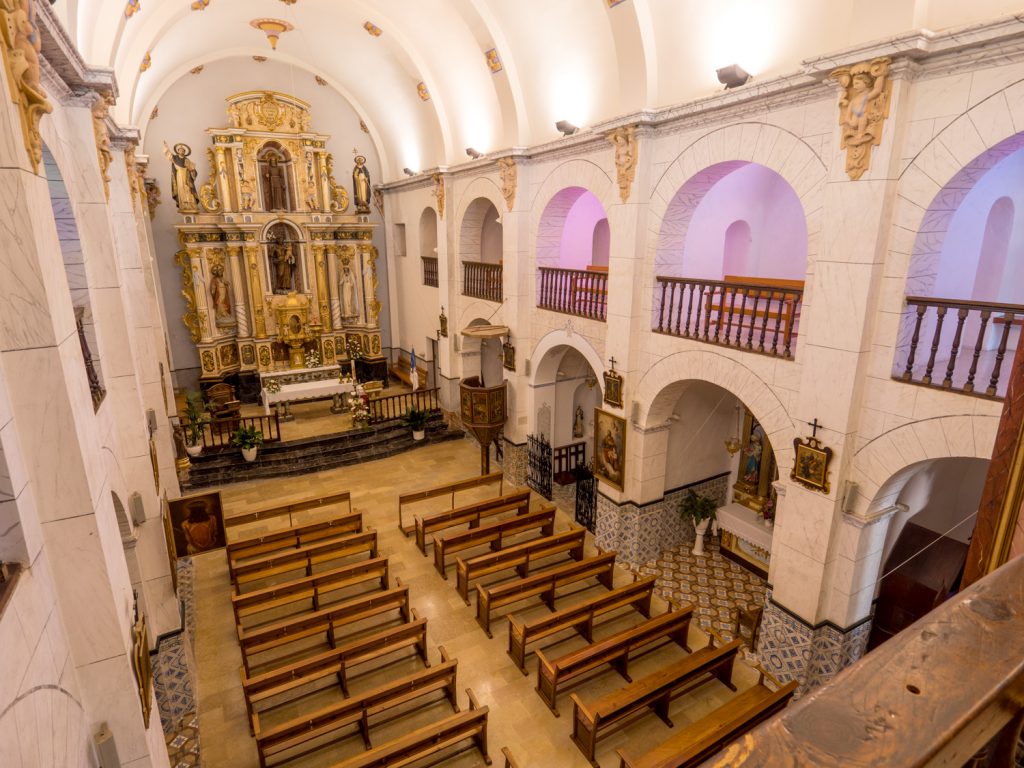
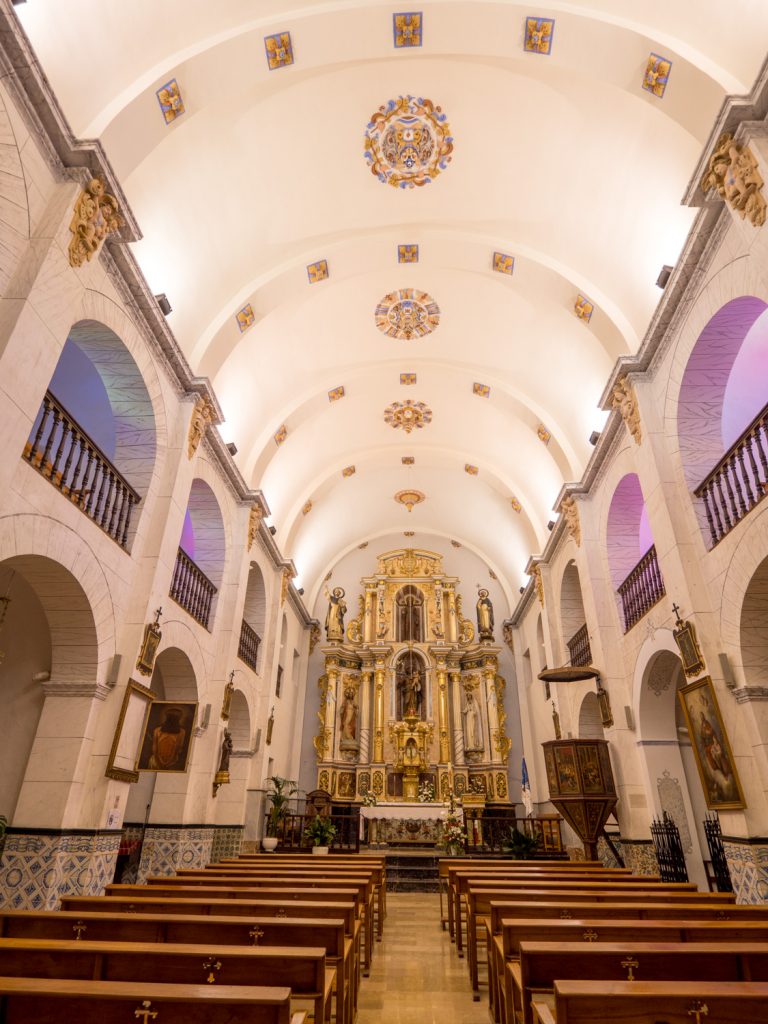
The wooden pulpit decorated by José Sánchez Ocaña in 1763 is still preserved, with its depictions of the mysteries. The only other features remaining from this early era are the image of the patron saint, the front of the main altar, an Ecco Homo oil canvas and the octagonal throne from 1762, which were all created by the same artist. Sánchez Ocaña is also credited with the images painted around 1761 of the Divine Shepherdess and the Virgin on the two ovals at the entrance to the “Fonda” chapel.
The baroque ornaments that accompany the interior and the double arcade that surrounds the nave also deserve special mention. Also worthy of note is the ornate “Fonda” chapel, which was built around 1730 by the members of the Confraternity of the Rosary.
The old Baroque main altarpiece and many of the original carvings were destroyed in a fire during the Civil War in 1936. Today you can see a new altarpiece of the same design as the previous one, which was built in 1958 and was acquired with the alms of the faithful.
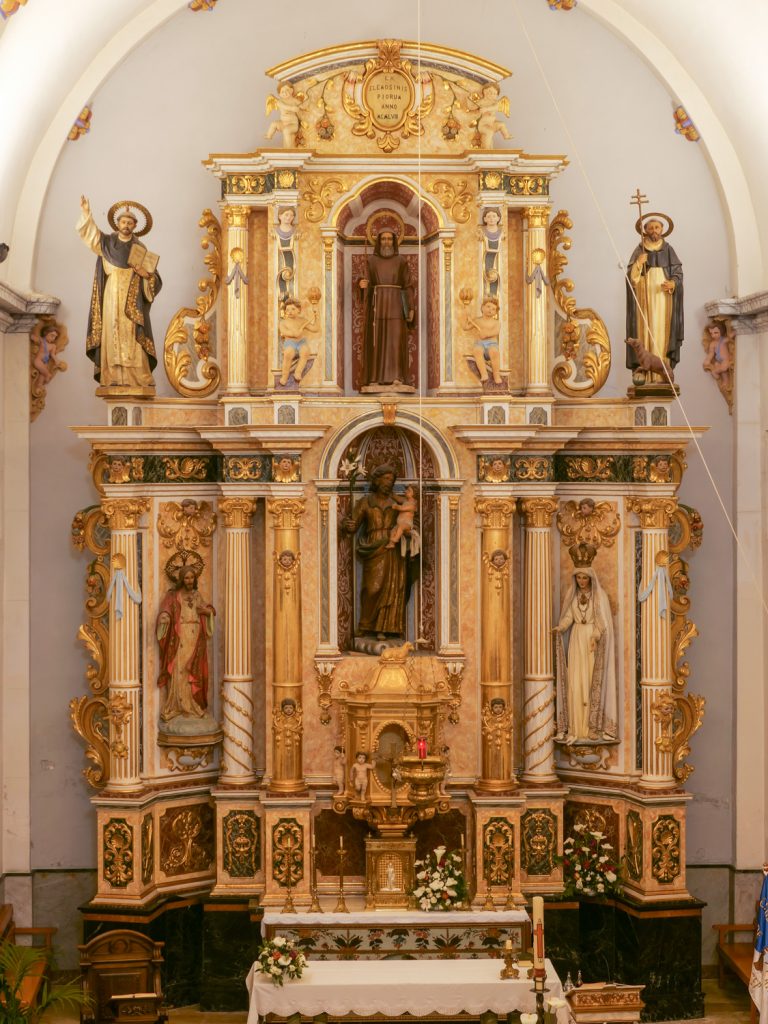
The church choir houses a large organ with two thousand sound pipes. This was constructed in 2006 by the Mallorcan Pere Reynés i Forit.
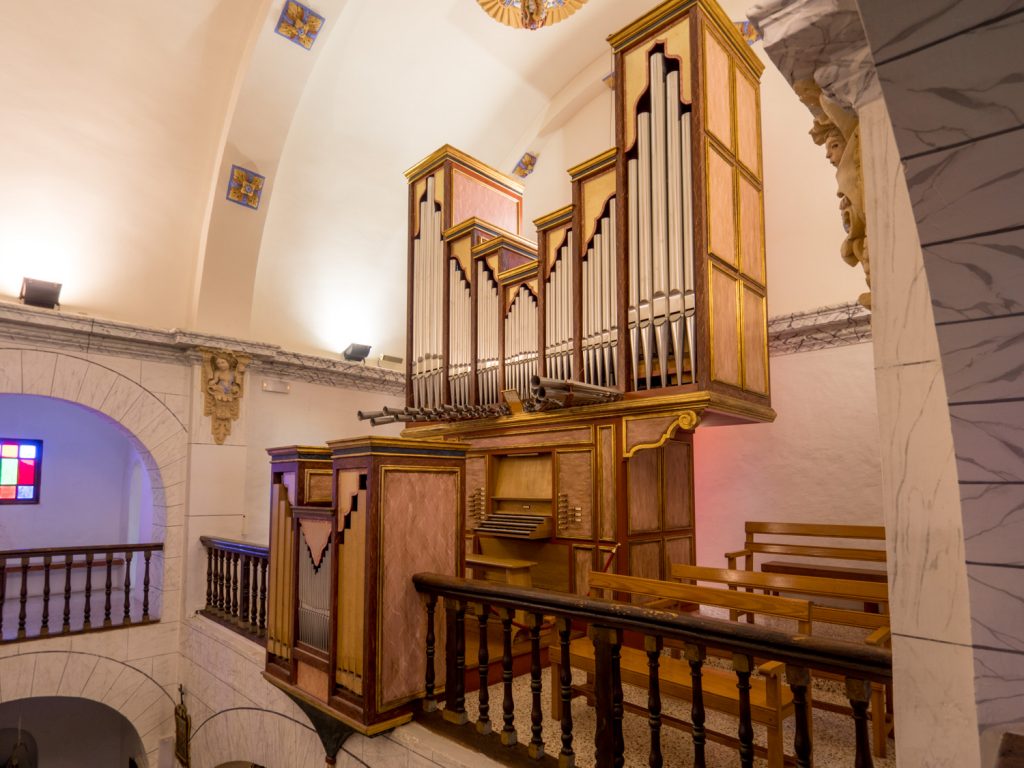
The vicarage of Sant Josep
The church of Sant Josep de la Talaia is recognized as one of the most emblematic buildings of the religious architecture typical of Ibiza and Formentera. It has been designated the Cathedral of rural Ibiza and Formentera. And with it the new vicarage of Sant Josep was established, encompassing within its territory es Vedrà des Ribes (later parish of San Agustín), es Vedrà des Marins (around Sa Talaia and Es Cubells) and the entire Benimussa valley. In fact, the first vendas or administrative villages of the vicarage were the same six that had been marked out while the new temple was being built: Cas Marins, Davall sa Serra, Cas Serres, Pou des Ginebre, es Vedrà des Ribes with s´Alqueria and Benimussa.
When the new parishes designed by the first bishop of the dioceses of Ibiza and Formentera, Manuel Abad y Lasierra, were established in 1785, the parish of Sant Josep was made up of some 190 families. The division of Ibiza and Formentera into parishes coincided with the arrival of the Enlightenment in these islands.
Location
The church of Sant Josep is located in the town square, where most of the festivals, concerts and local celebrations are held, and thus it has become the heart of the town.
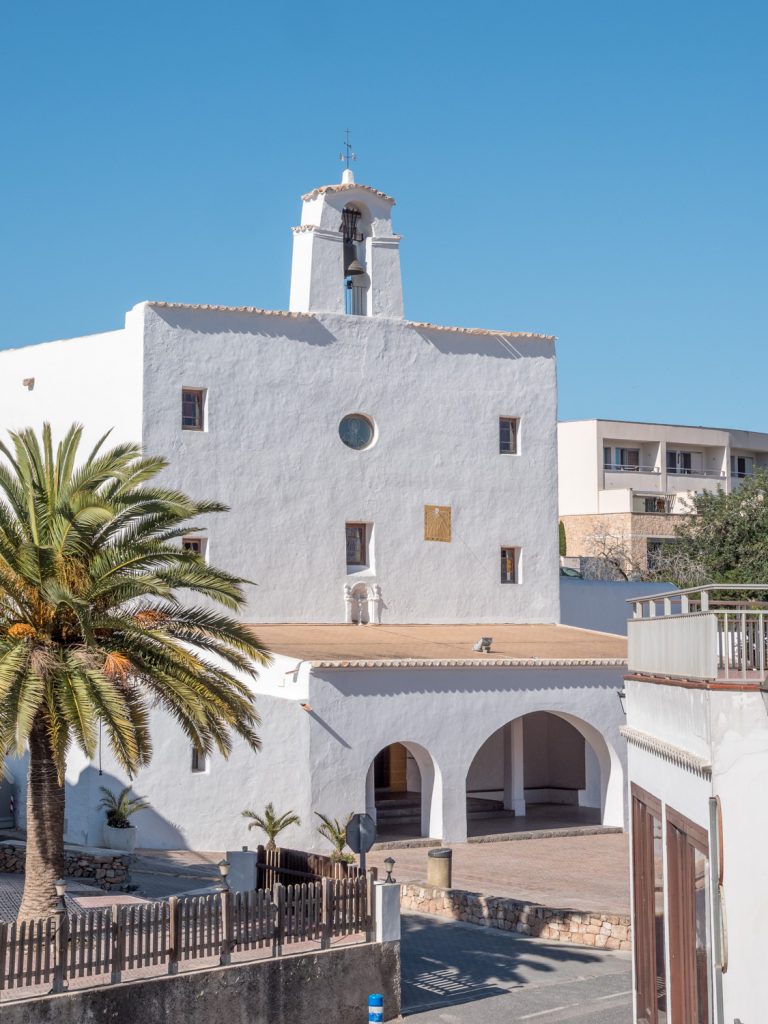
Local Festivities
On Saint Joseph’s Day, 19 March, the church is home to fireworks, country dances and other celebrations that take place in front of its vaults.
Opening Hours
Open daily in the morning during the summer season.
Mass Times
Tuesday to Friday at 8pm
Saturdays and days before public holidays at 8pm (in Catalan)
Sundays and public holidays at 11am and 8pm


